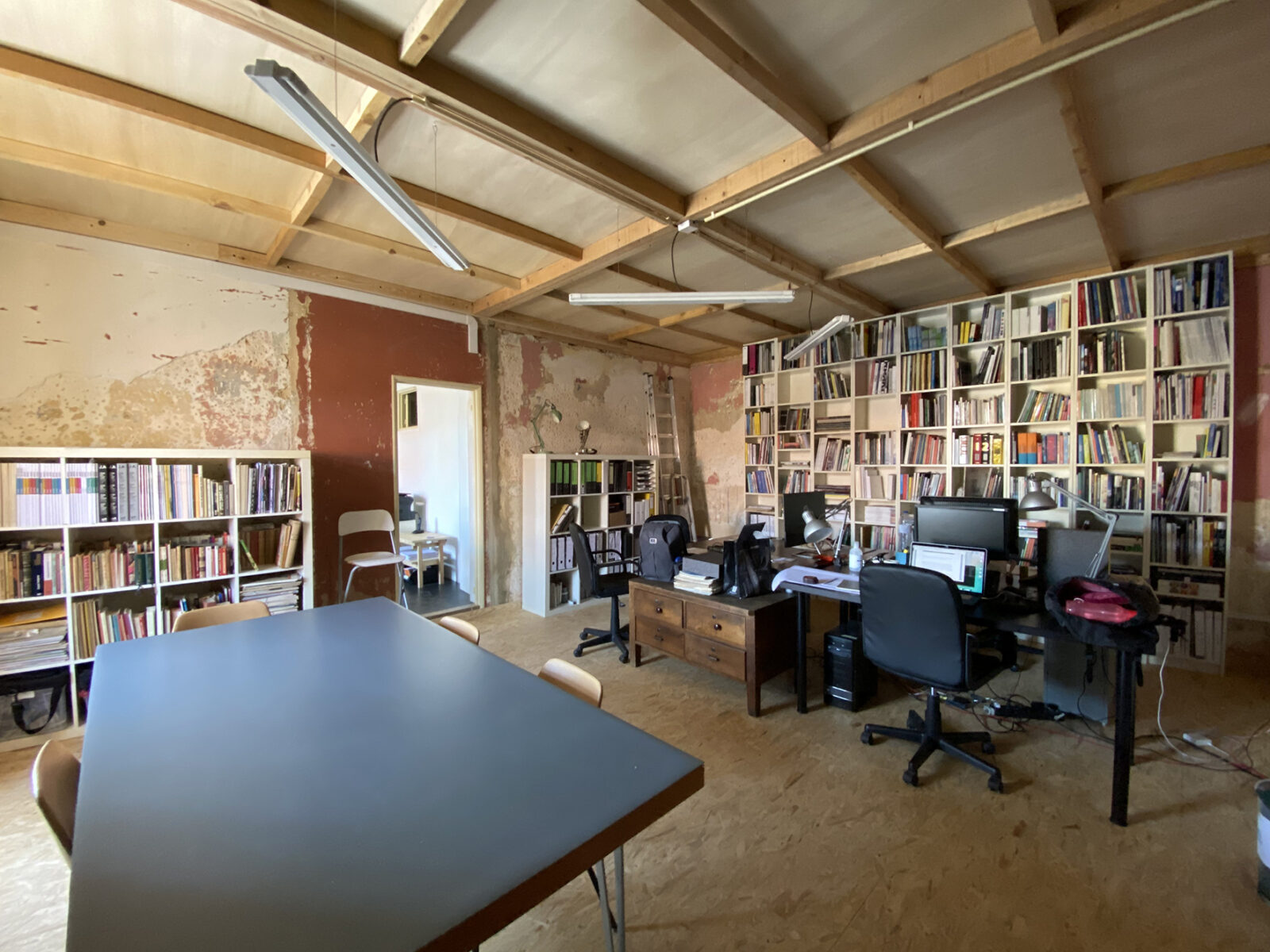The 7 members of the jury – Tatiana Bilbao, chairwoman, Francesca Ferguson, Mia Hägg, Triin Ojari, Georg Pendl, Spiros Pengas and Marcel Smets – have chosen 40 works which highlight the opportunities and the trends of today’s architecture in the European territory which focus on Social Inclusion, Sustainability and Circularity, and Aesthetic Research.
-text by the authors
The shortlisted works are spread out in 18 different European countries. Austria has 5 shortlisted works (Neustift im Stubaital, Wiener Neustadt, Linz and 2 in Vienna), 5 more are in France (Guécélard, Romainville, Saint-Jean-de-Boiseau and 2 in Paris), and 5 in Spain (Cornellà de Llobregat, Puig-Reig and 3 in Barcelona). 3 shortlisted works can be visited in Belgium (Brussels, Ghent and Hasselt), 3 more in Germany (all in Berlin) and 3 in the United Kingdom (Helensburgh and 2 in London). There are 2 works in Denmark (Ebeltoft and Ribe), Finland (Helsinki and Vantaa), Poland (Oświęcim and Rybnik) and Portugal (both in Lisbon). The other works are in the Czech Republic (Prague), Greece (Kourouta, Amaliada), Hungary (Budapest), Italy (Turin), the Netherlands (Tilburg), Norway (Stavanger), Romania (Bucharest), and Slovenia (Ptuj).
In the selection of 40, Collective Housing is the most represented program with 9 works (2 of the mixed-use works also include housing). There are 7 Cultural buildings (museums, galleries, art and cultural centres, and heritage recovery), 6 Mixed Use and 6 Educational environments (schools and universities); 4 Urban planning works (squares and public spaces); 2 Sport and Leisure constructions; and 1 Commerce, 1 Food & Accommodation, 1 Industrial, 1 Landscape, 1 Office, and 1 Social welfare works.
The European Commission and the Fundació Mies van der Rohe are proud to announce the 40 shortlisted works that will compete in the 2022 European Union Prize for Contemporary Architecture – Mies van der Rohe Award. The EU Mies Award is awarded biennially to works completed within the previous two years and exceptionally, this time, 2,5 years.
The principal objectives are to achieve a thorough understanding of the transformation of the built environment; to recognize and commend excellence and innovation in the field of architecture; and to draw attention to the important contribution of architects in the development of new ideas with the undeniable support of clients and the involvement of those who will become the inhabitants and users of these places.
This is the edition with the most nominated works. 532 works were nominated for the 2022 award and the expert Jury drew up a shortlist of 40 for the next phase of the prize. The 40 shortlisted works are:




Atelierhaus C.21 in Vienna, Austria by Werner Neuwirth
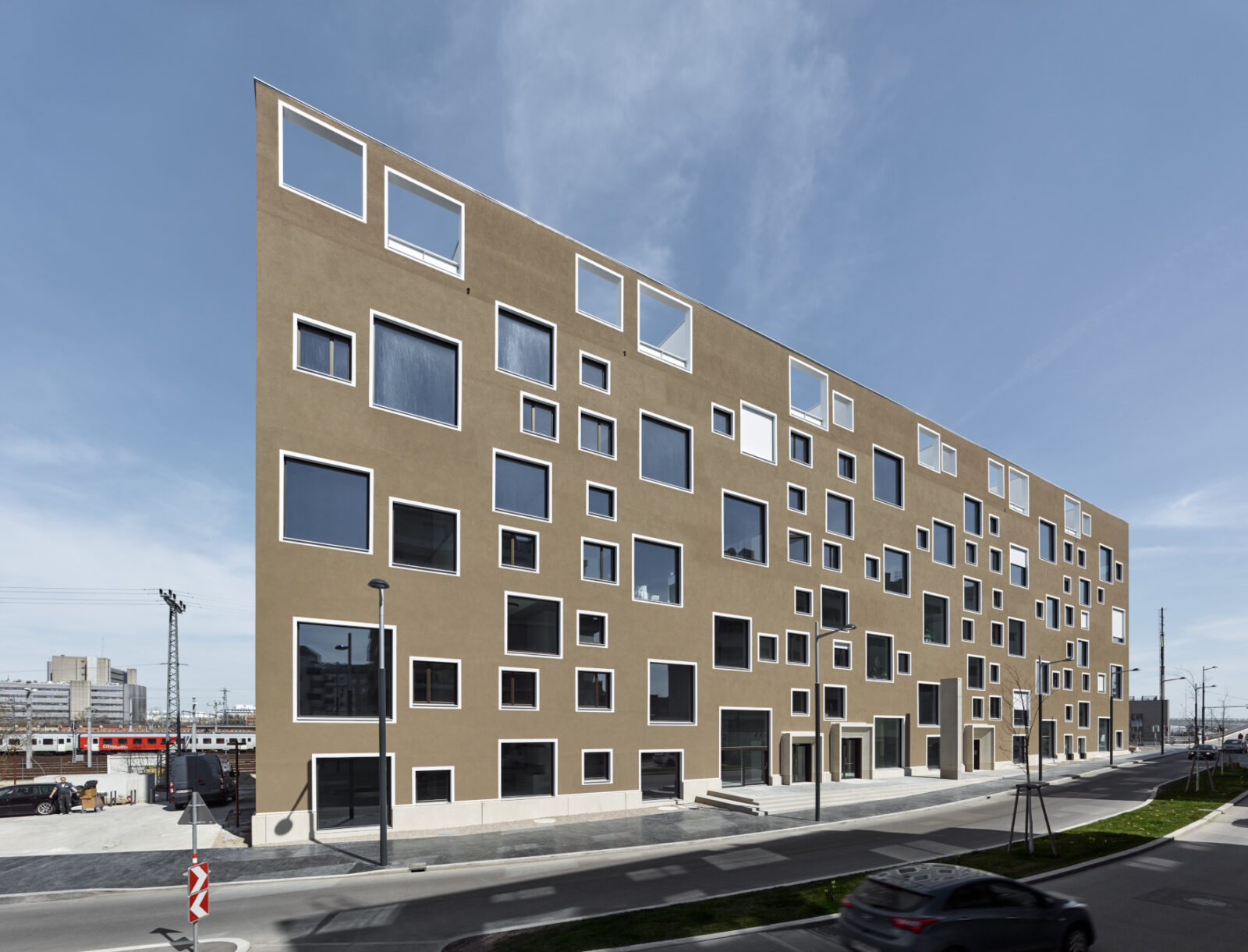
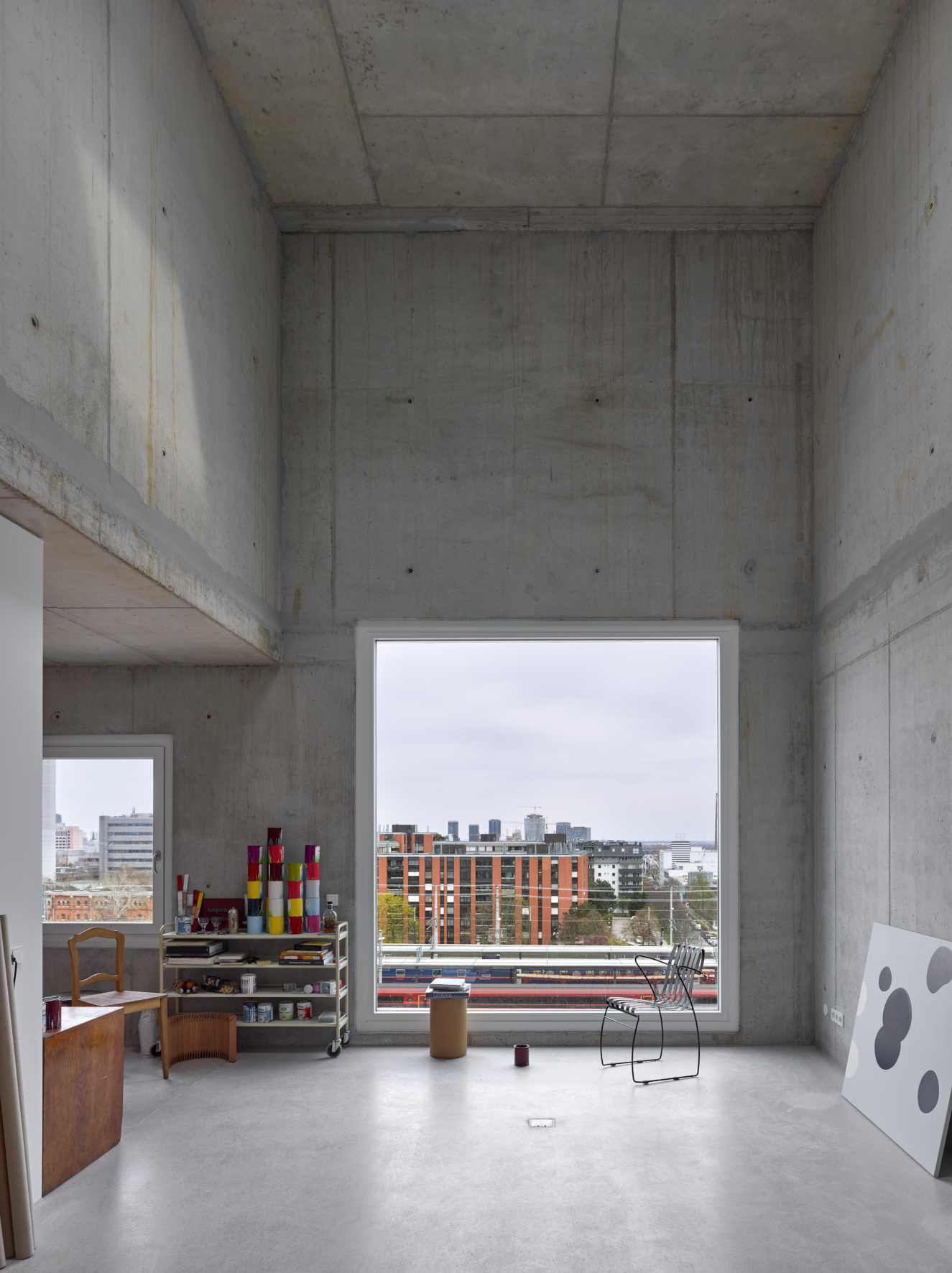
Dexamenes Seaside Hotel in Kourouta, Amaliada, Greece by K-Studio
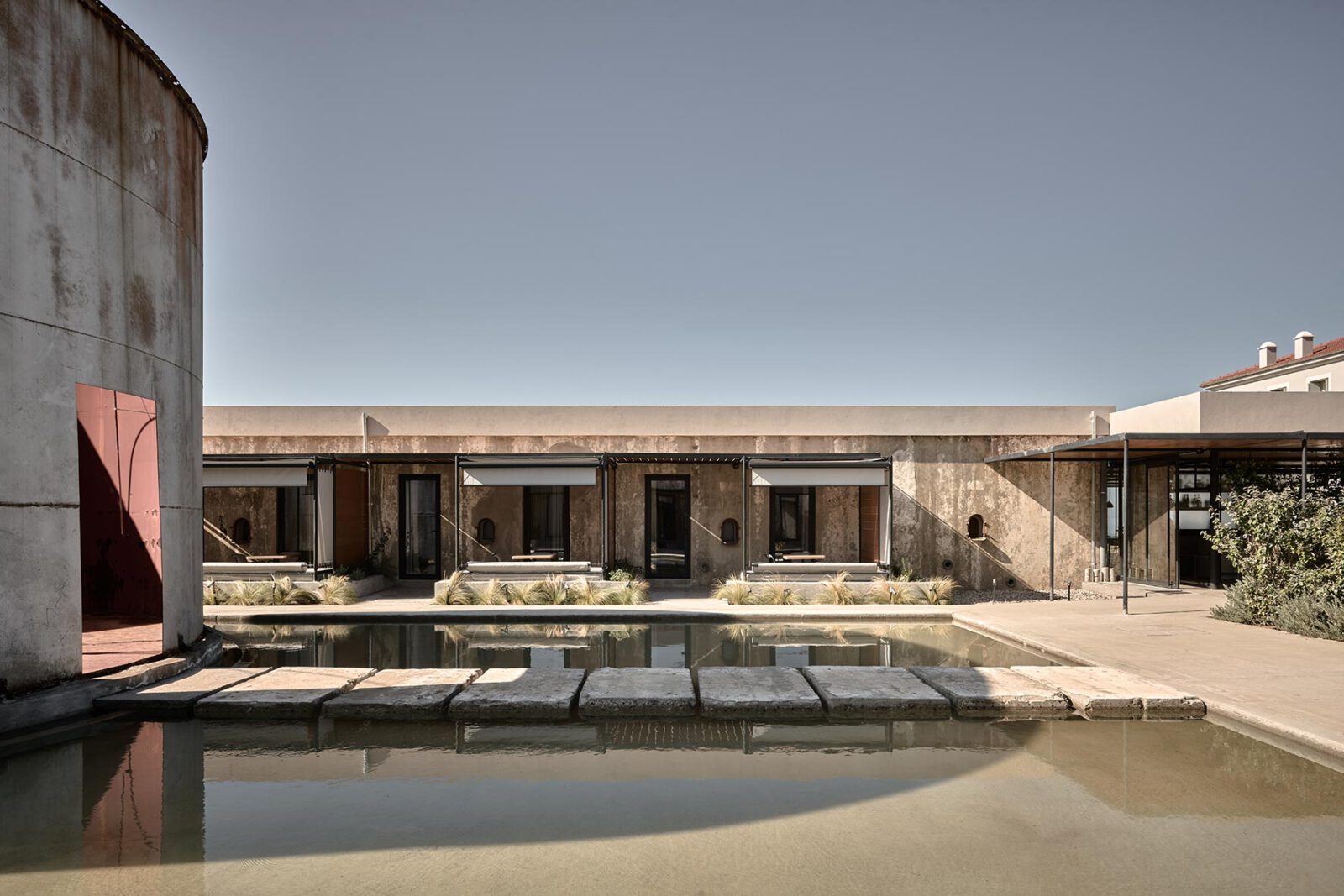
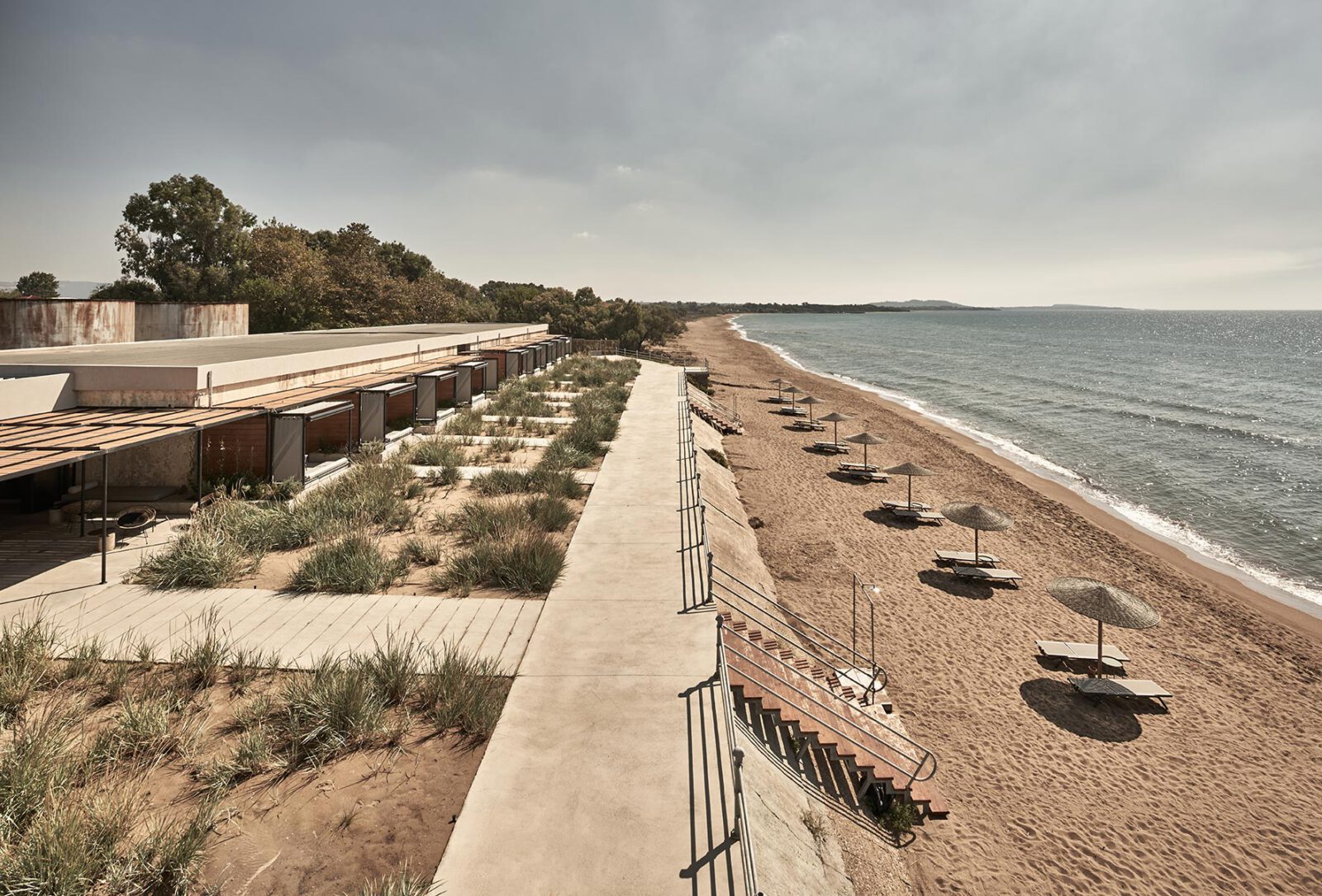
Enrico Fermi School in Turin, Italy by BDR bureau
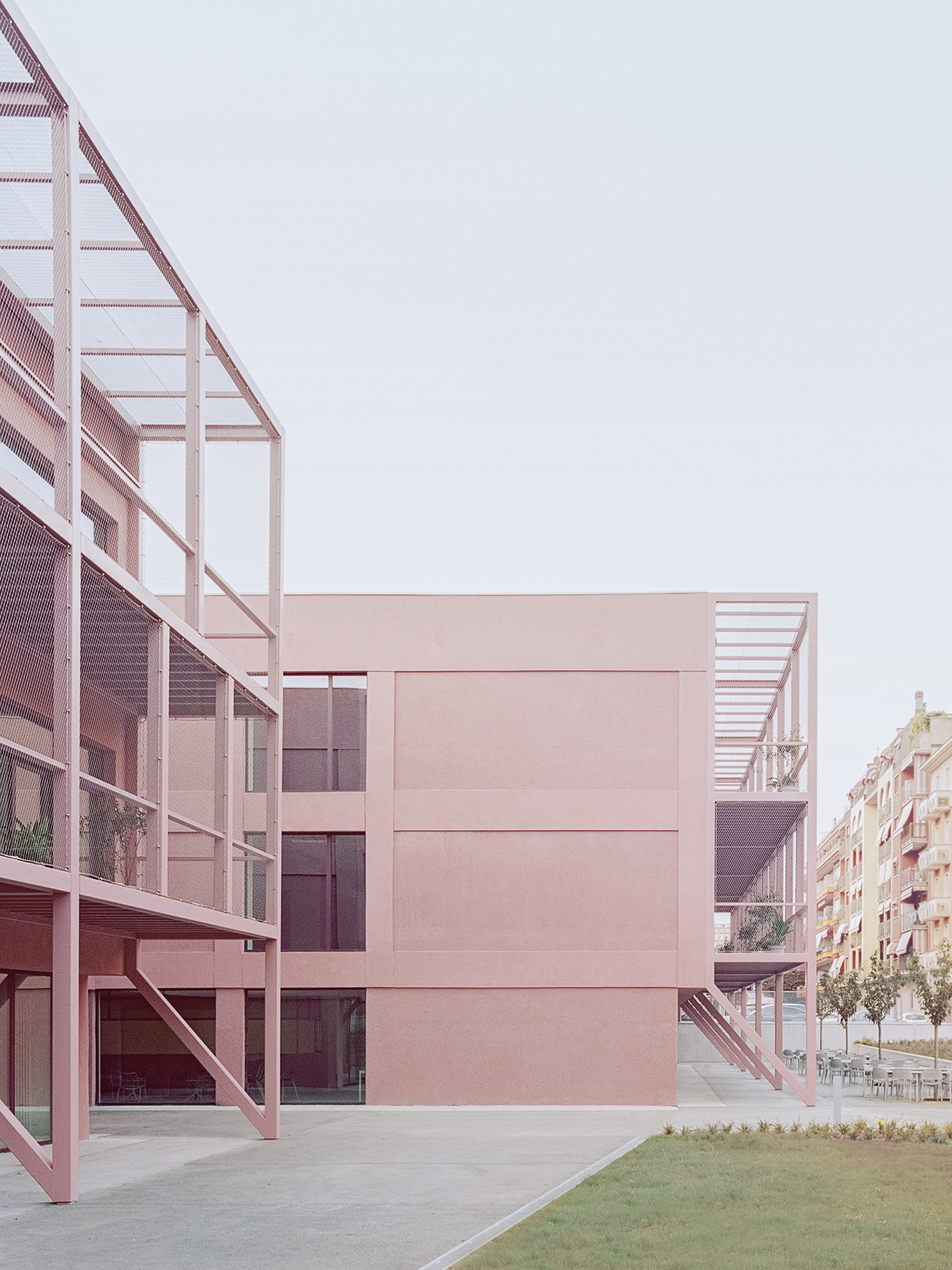
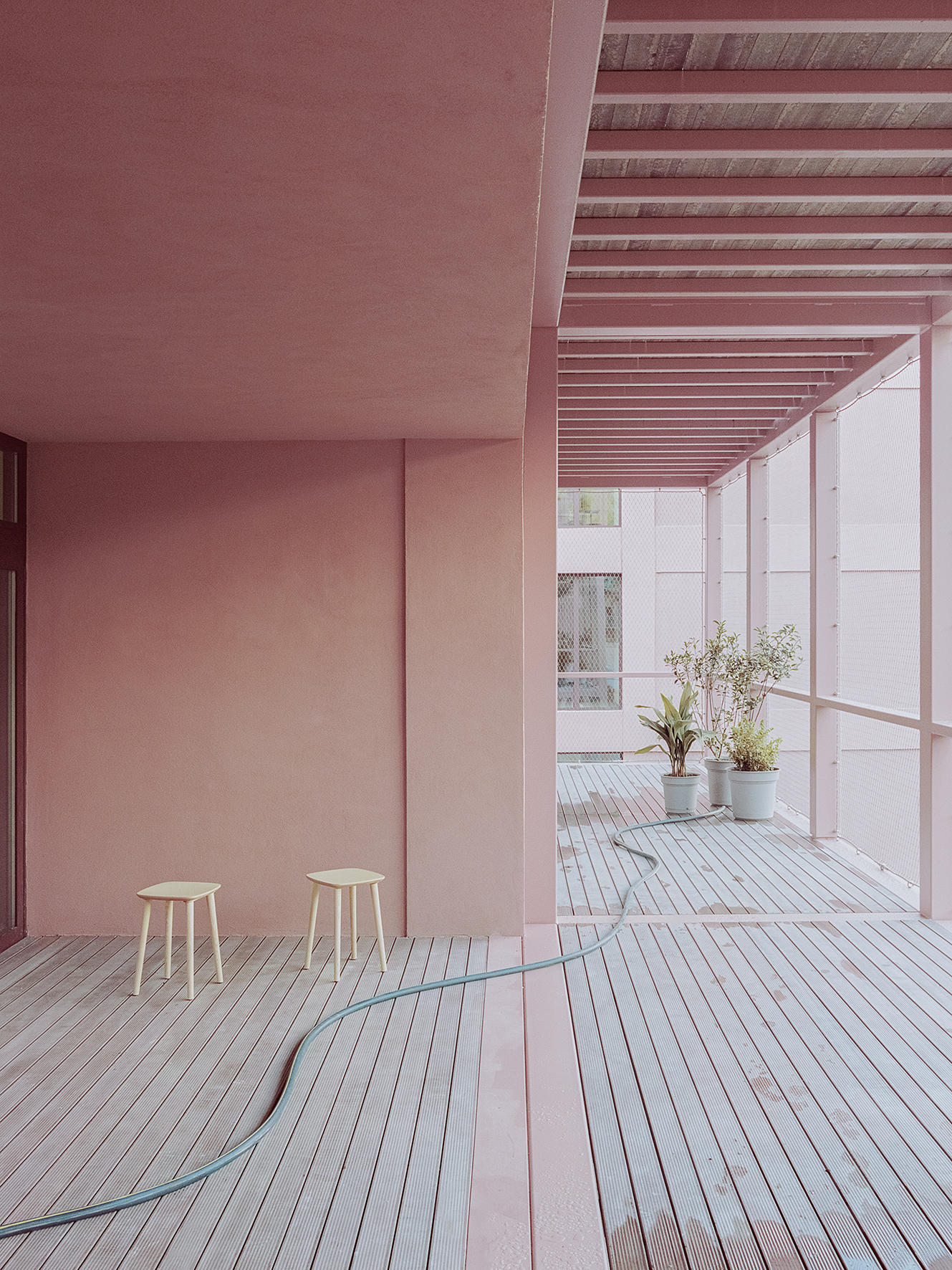
Extension and Reconstruction of the Vizafogó Kindergarten in Budapest, Hungary by Archikon


Fabra & Coats & Social Housing in Barcelona, Spain by Roldán+Berengué, arqts.
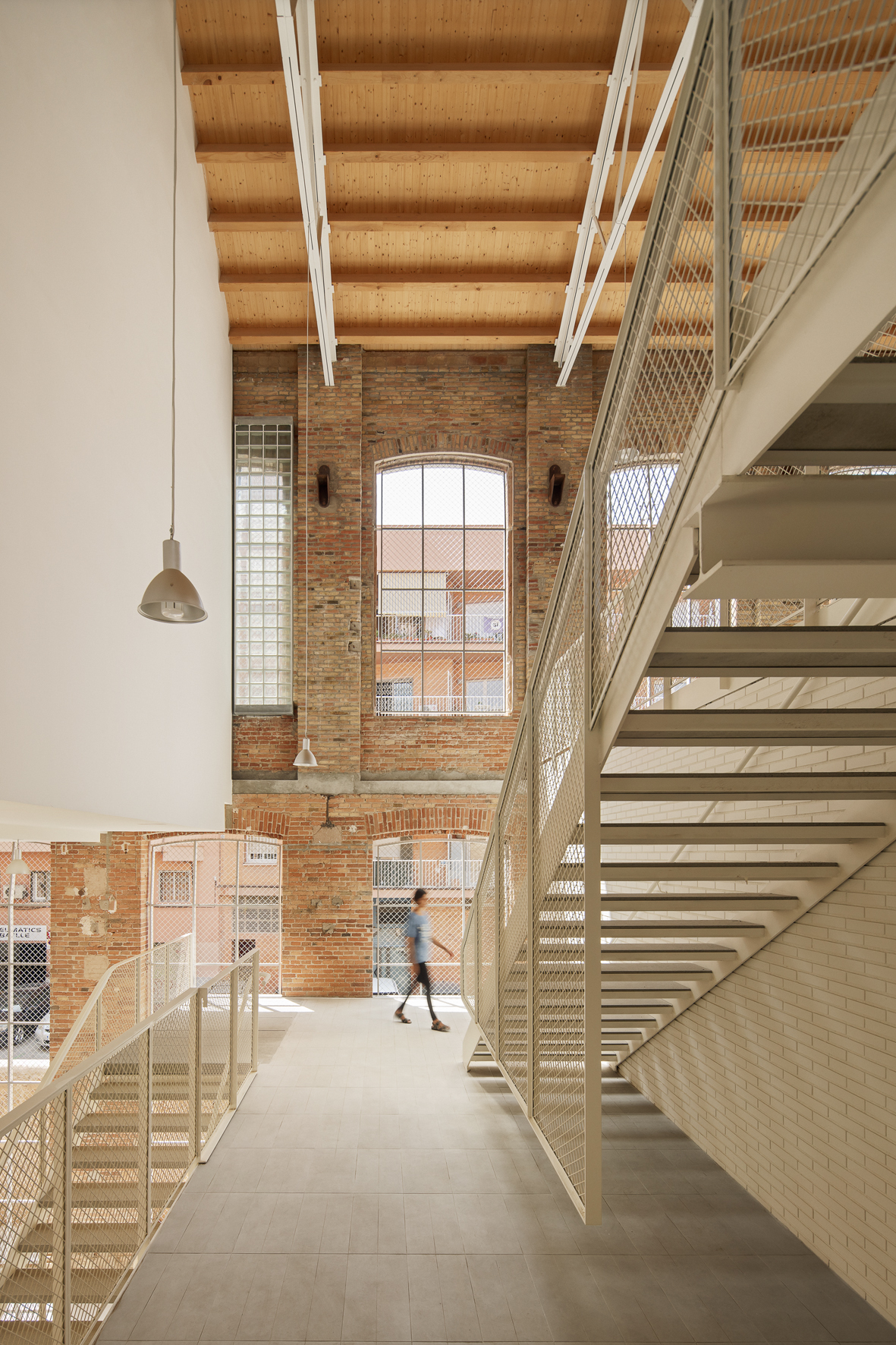

Frizz 23 in Berlin, Germany by Deadline (Britta Jürgens + Matthew Griffin)
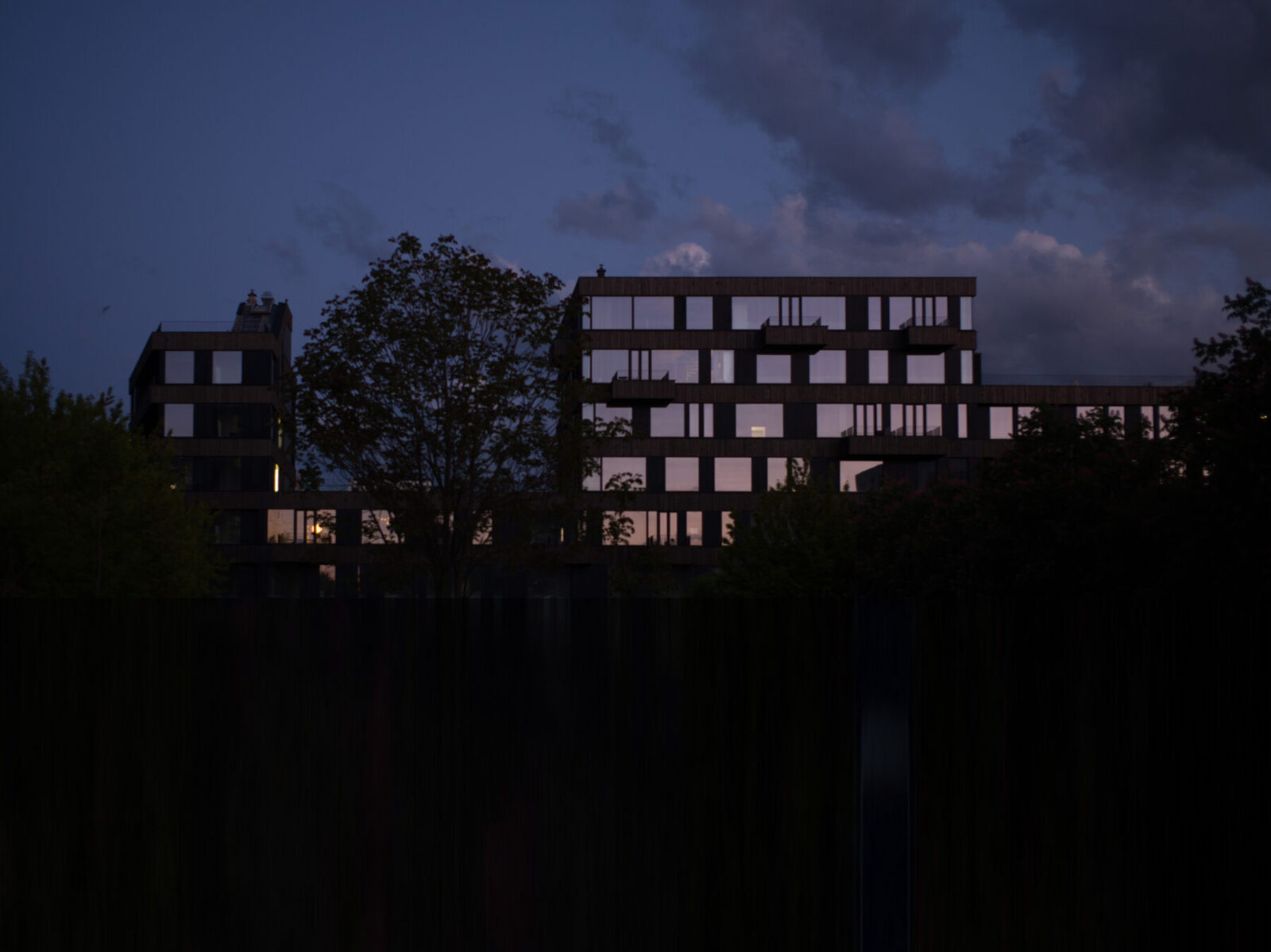
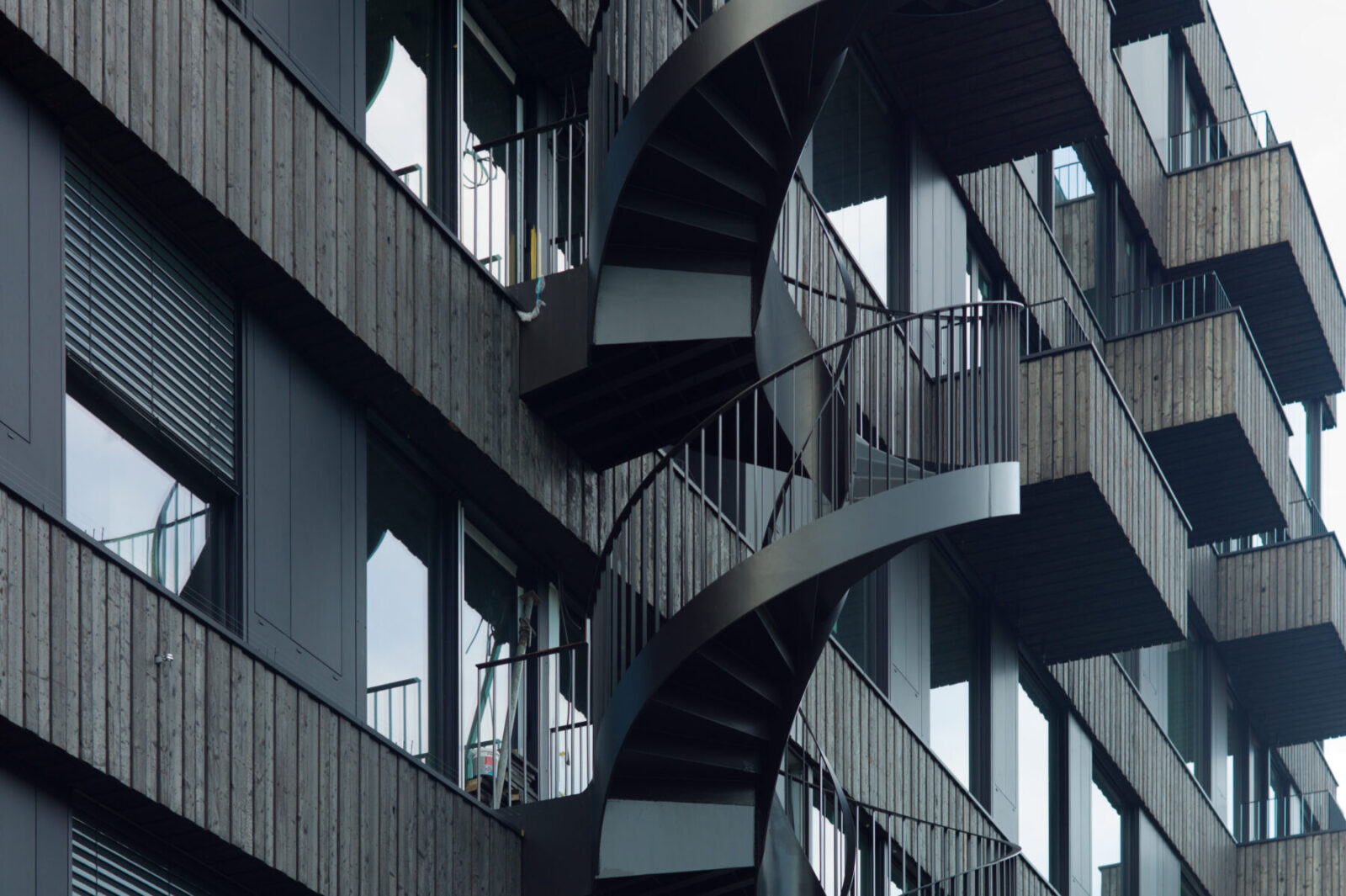
Gare Maritime in Brussels, Belgium by Neutelings Riedijk Architects
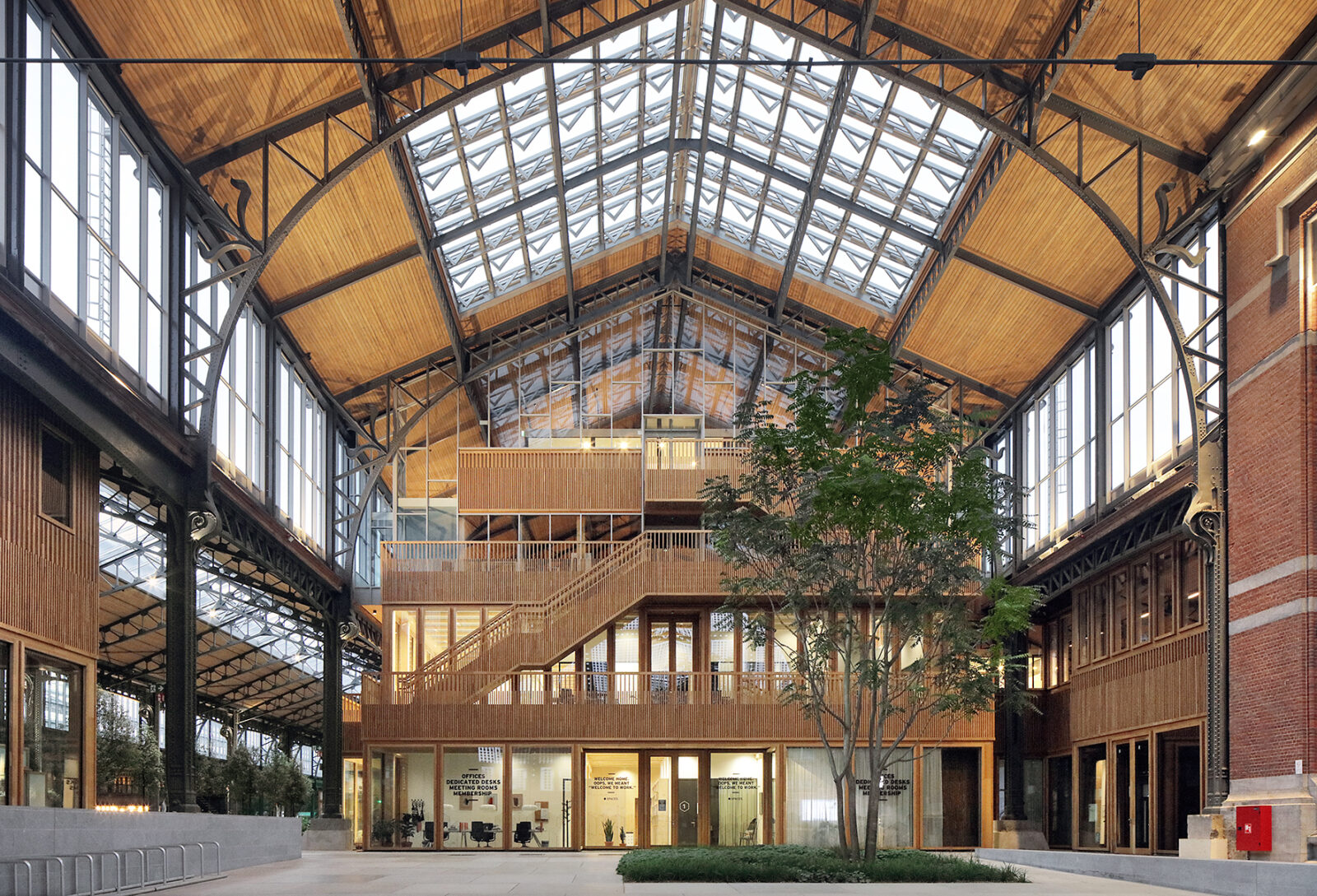
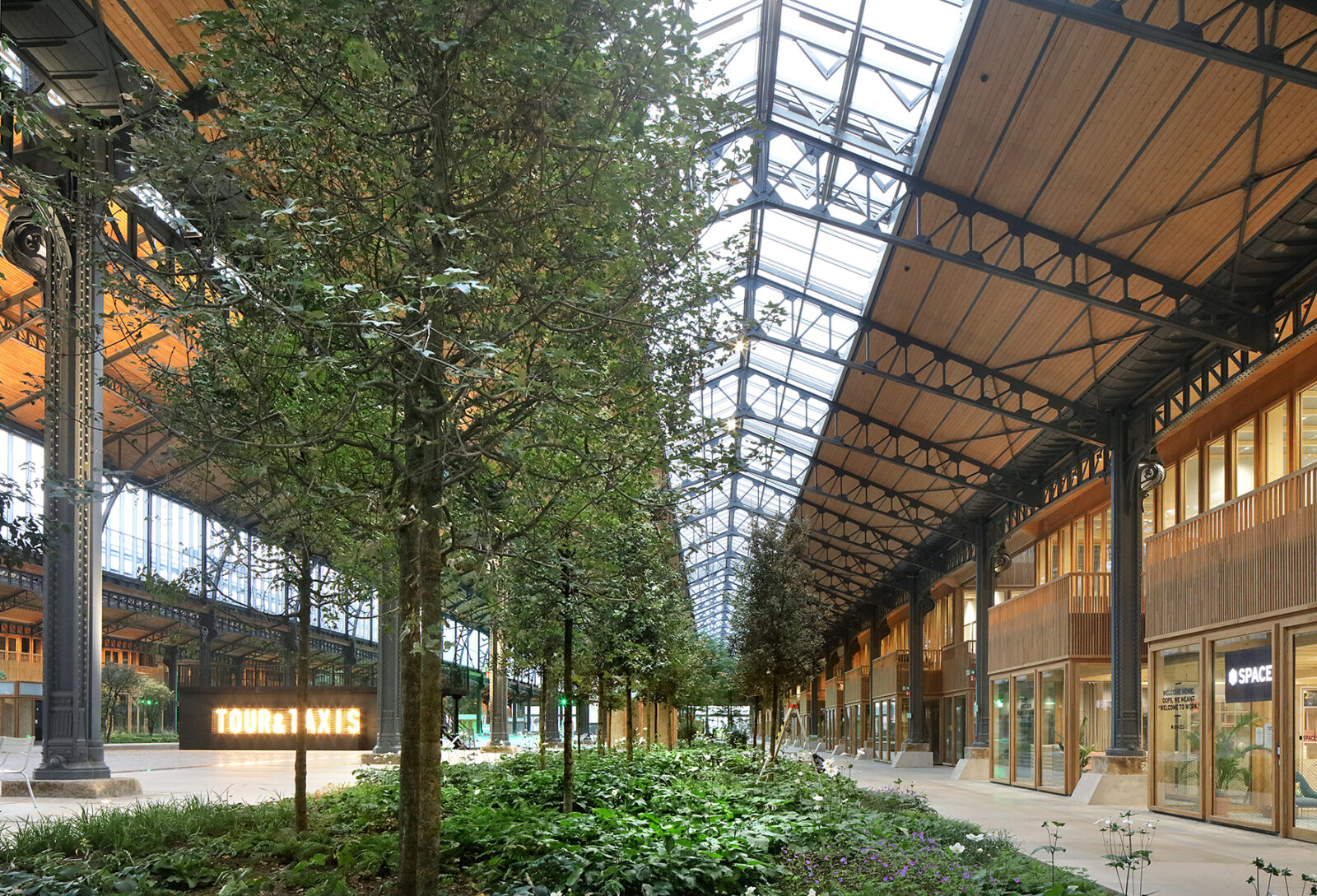
Gleis 21 – We bring the village to the city in Vienna, Austria by einszueins architektur
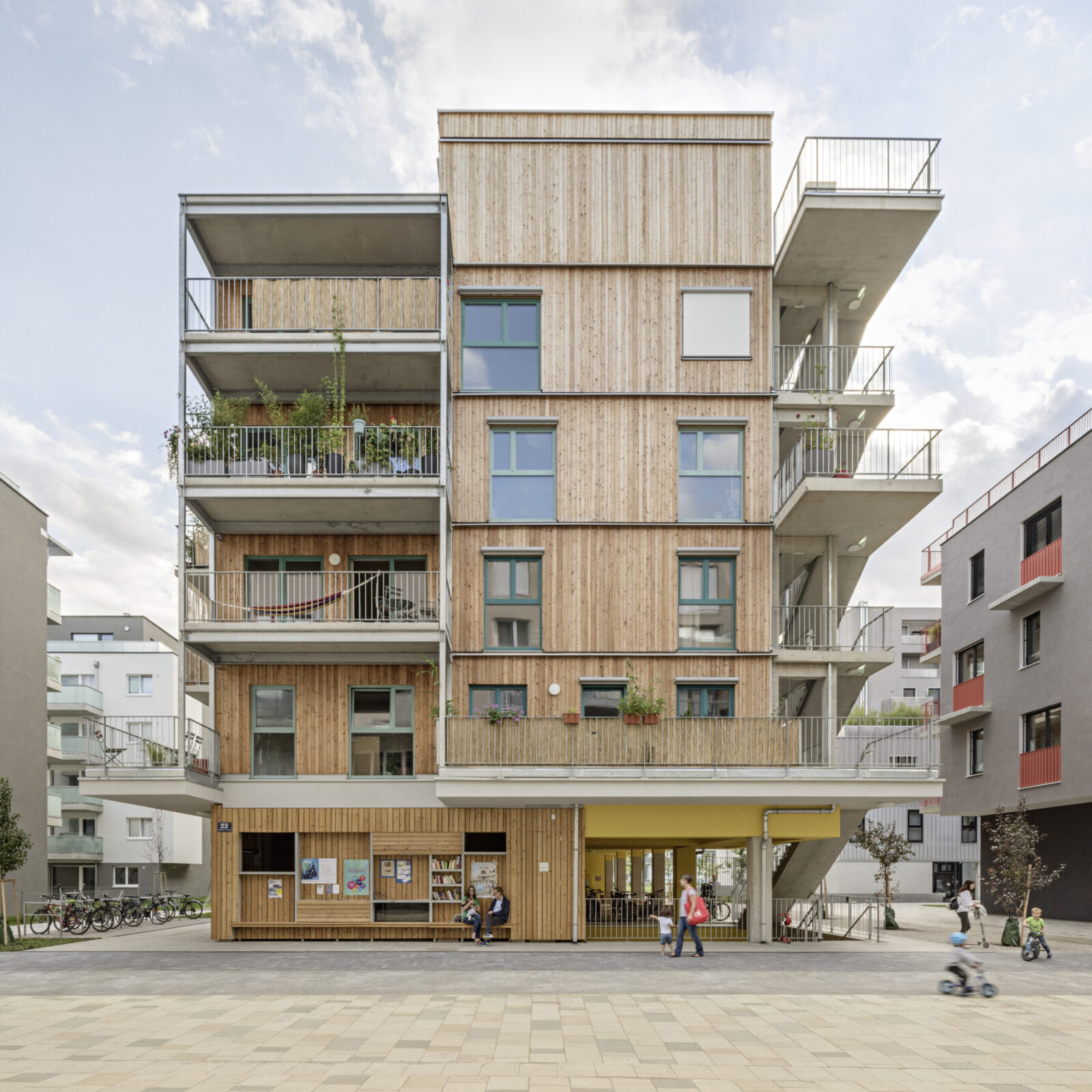
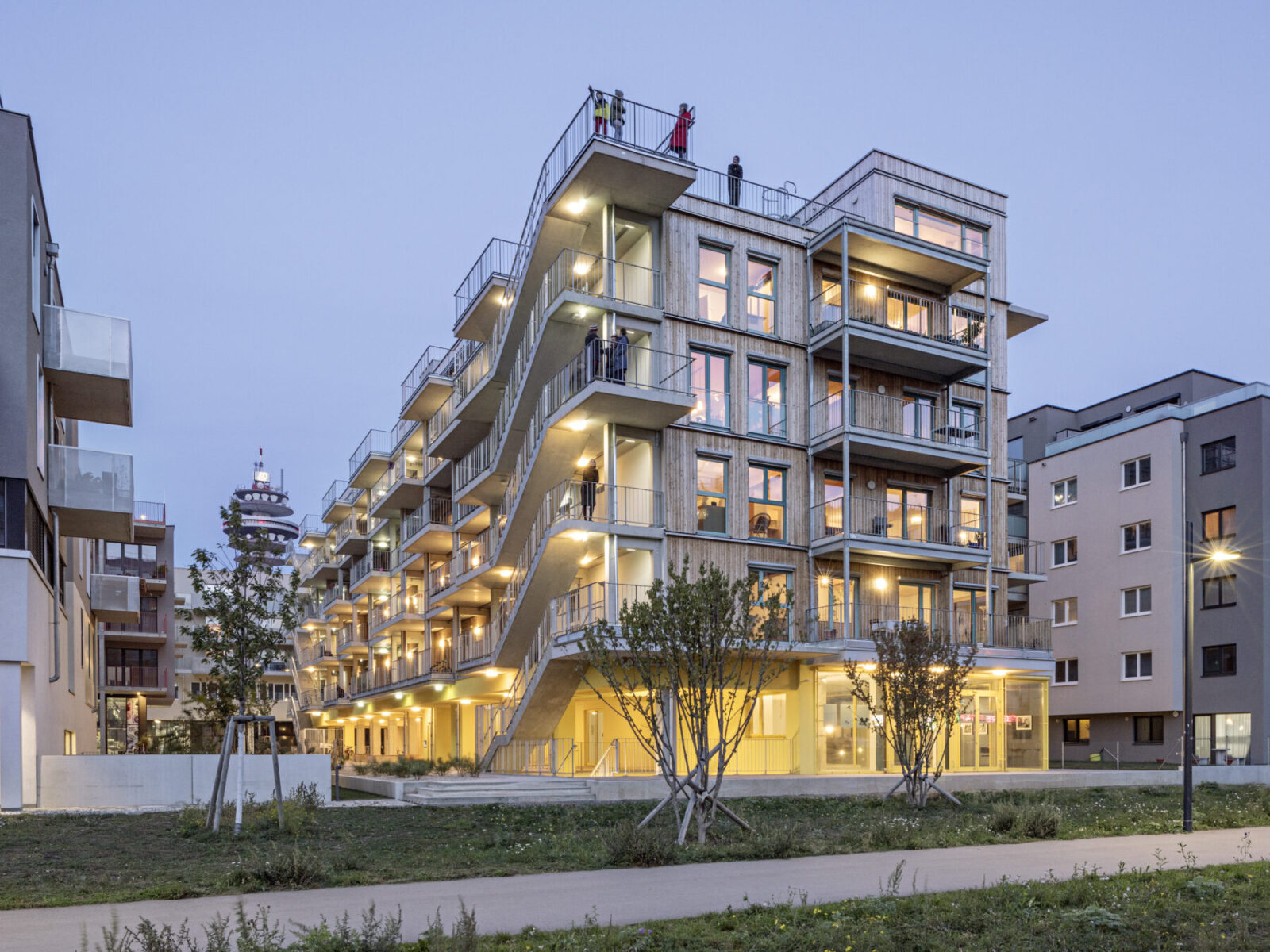
Great Synagogue Memorial Park in Oświęcim, Poland by NArchitekTURA / Bartosz Haduch
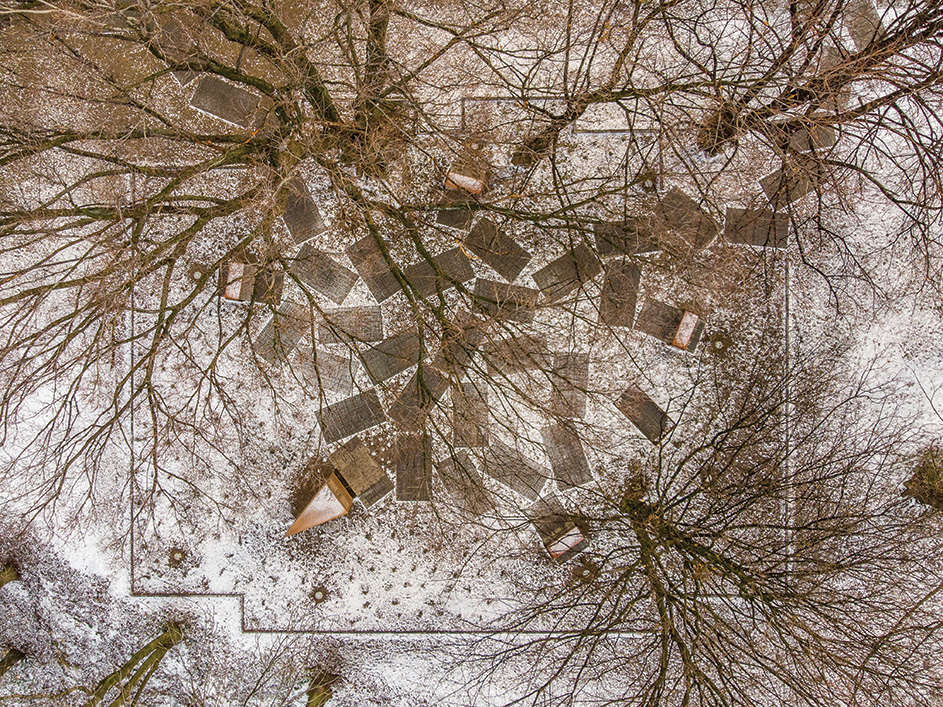
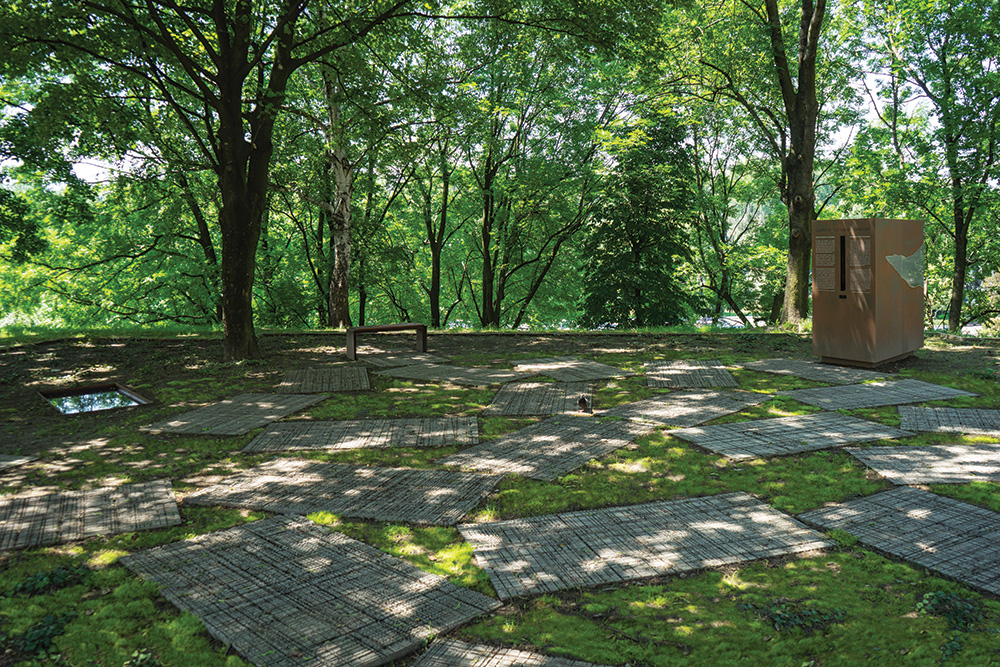
Helsinki Olympic Stadium Refurbishment and Extension in Helsinki, Finland by K2S Architects Ltd & Arkkitehdit NRT
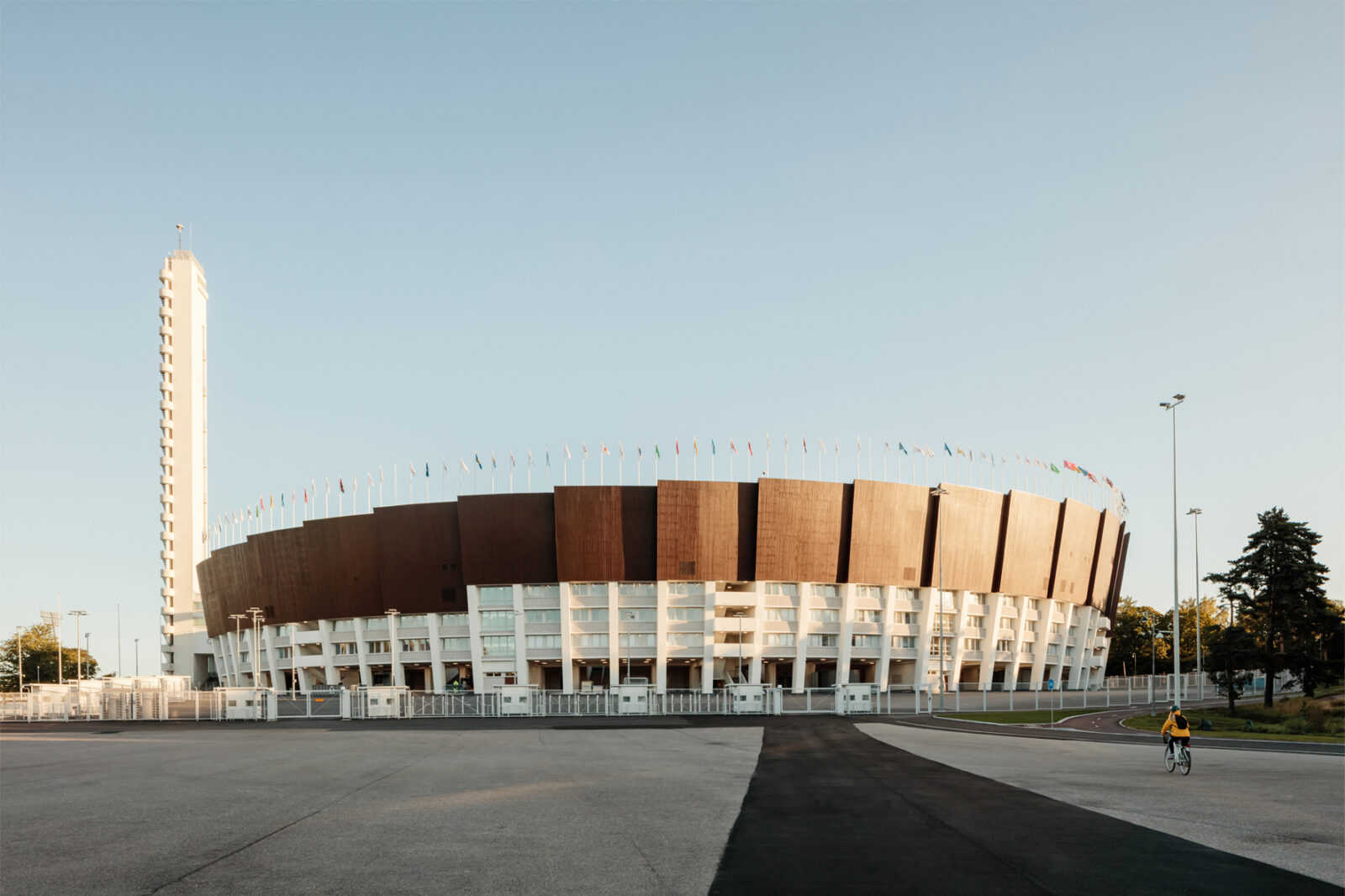
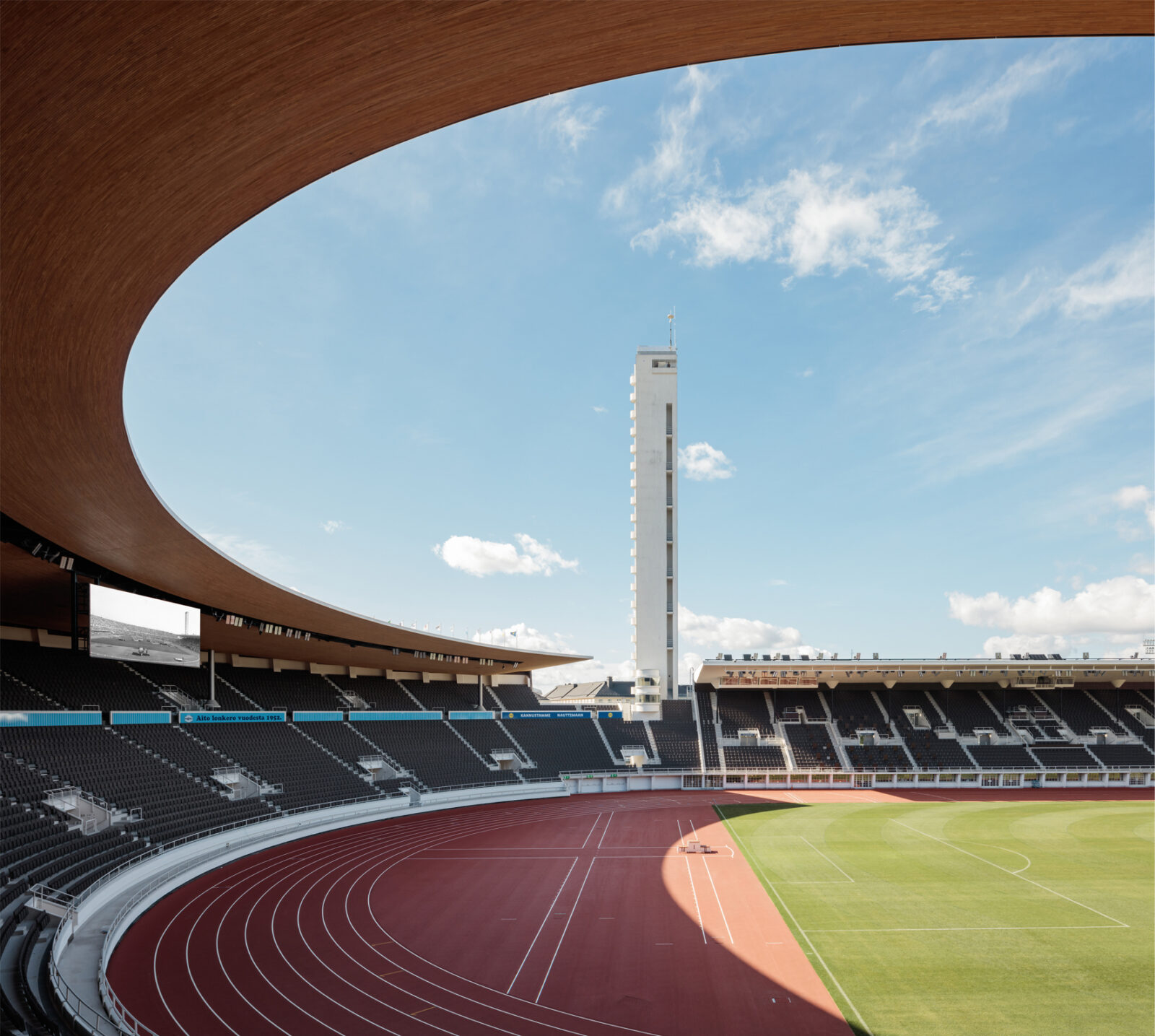
Hill House Box in Helensburgh / Baile Eilidh, UK by Carmody Groarke
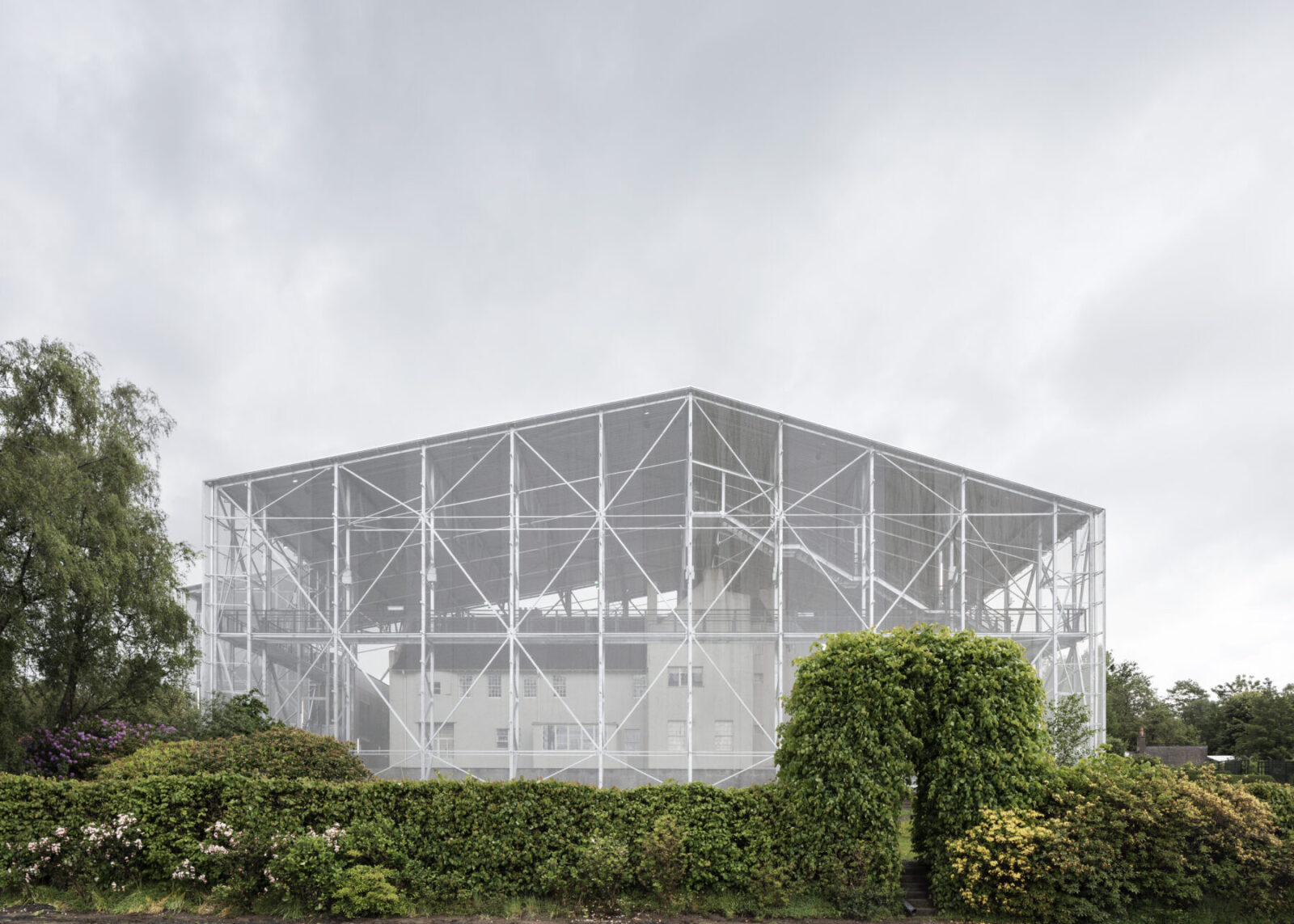
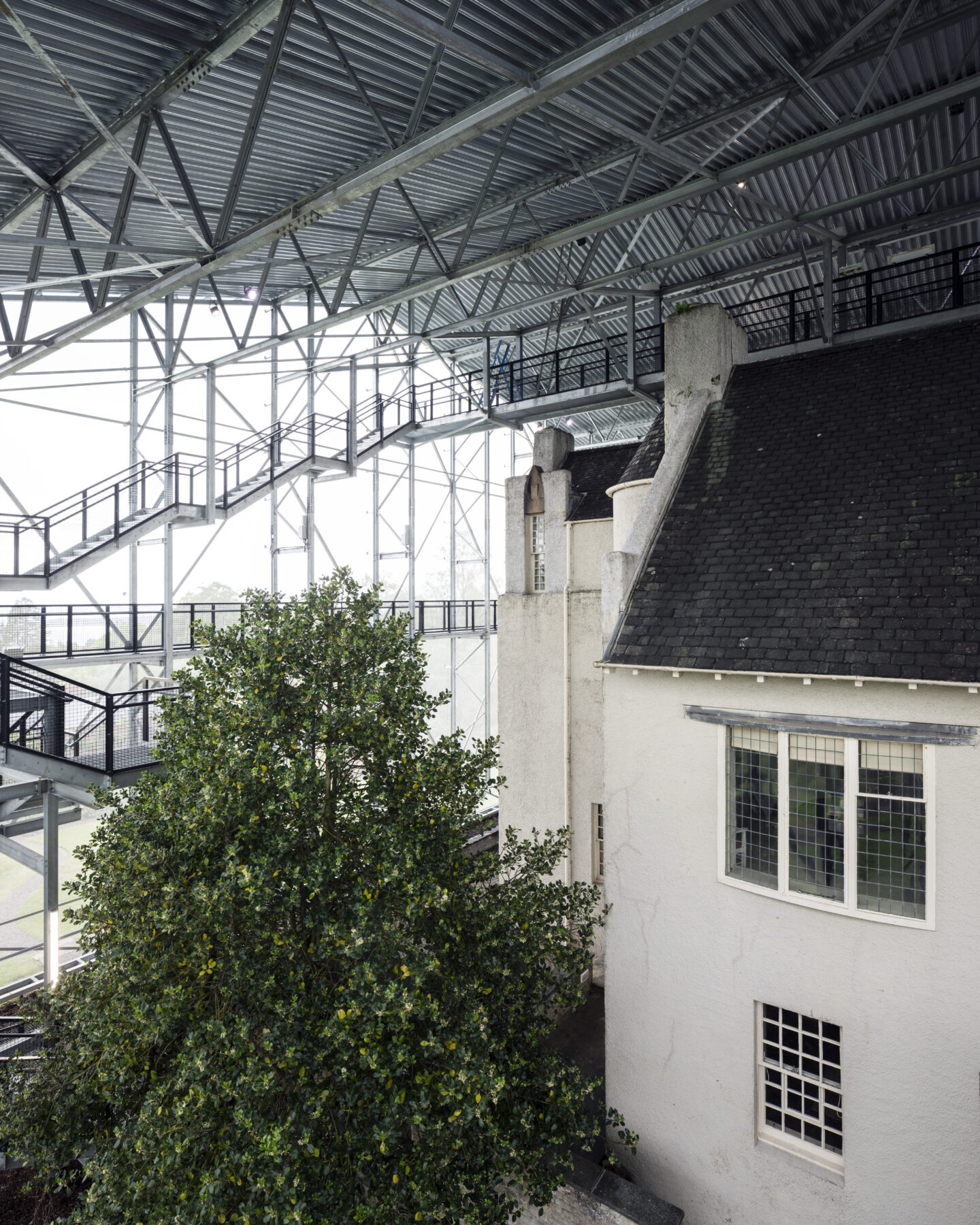
Housing Rack / Pre-fab House in Berlin, Germany by FAR frohn&rojas
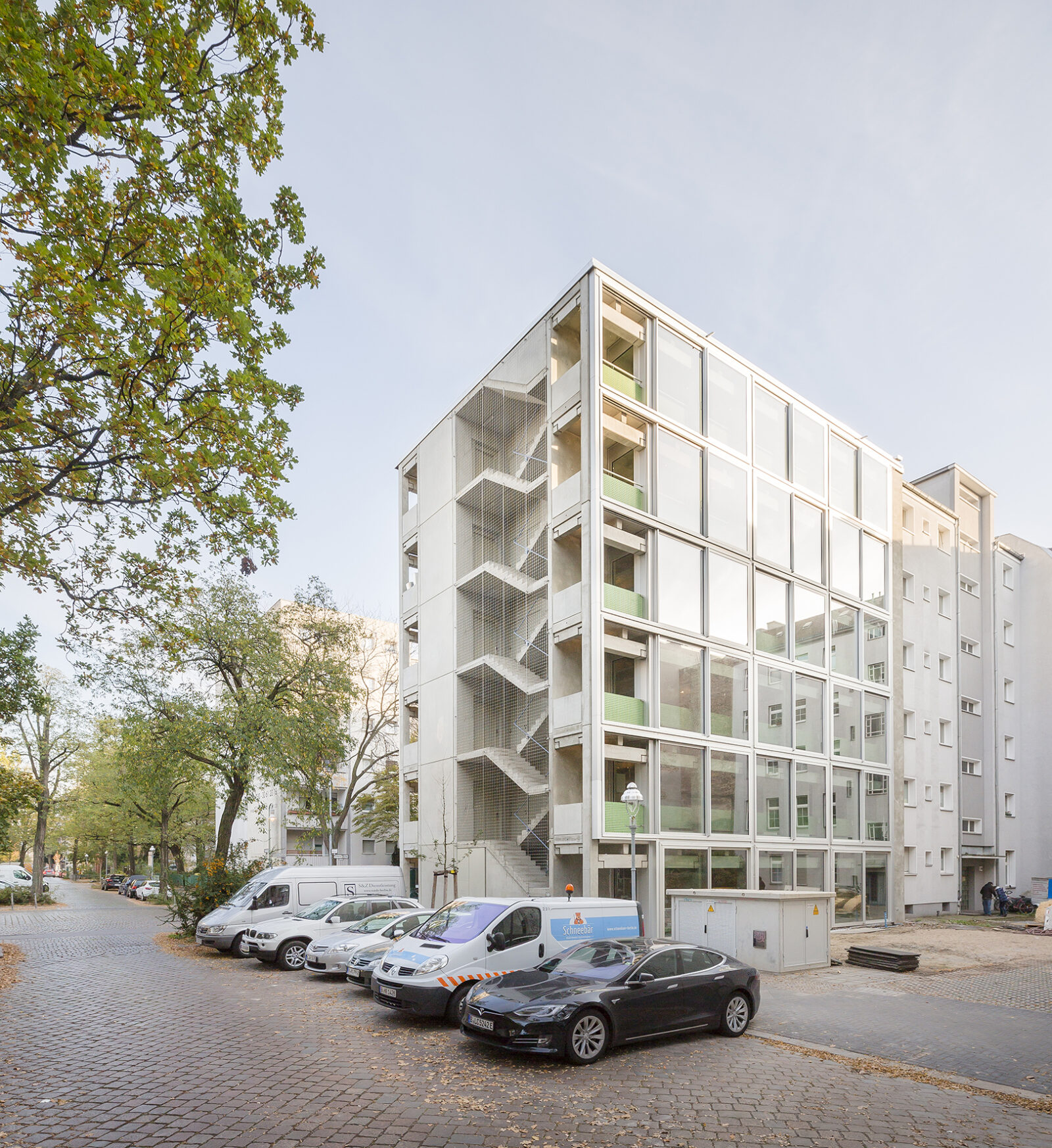
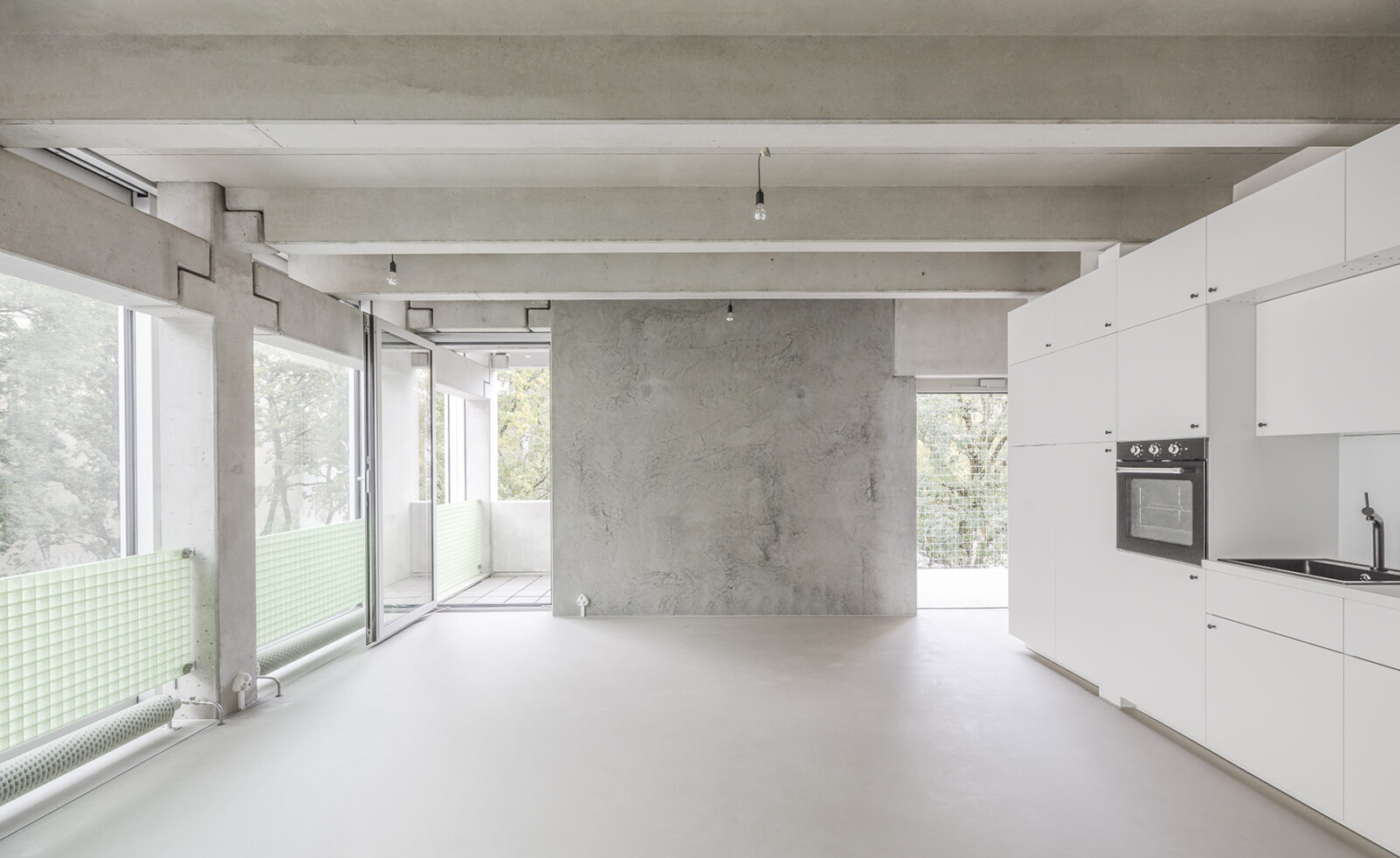
La Borda – Cooperative Housing in Barcelona, Spain by Lacol
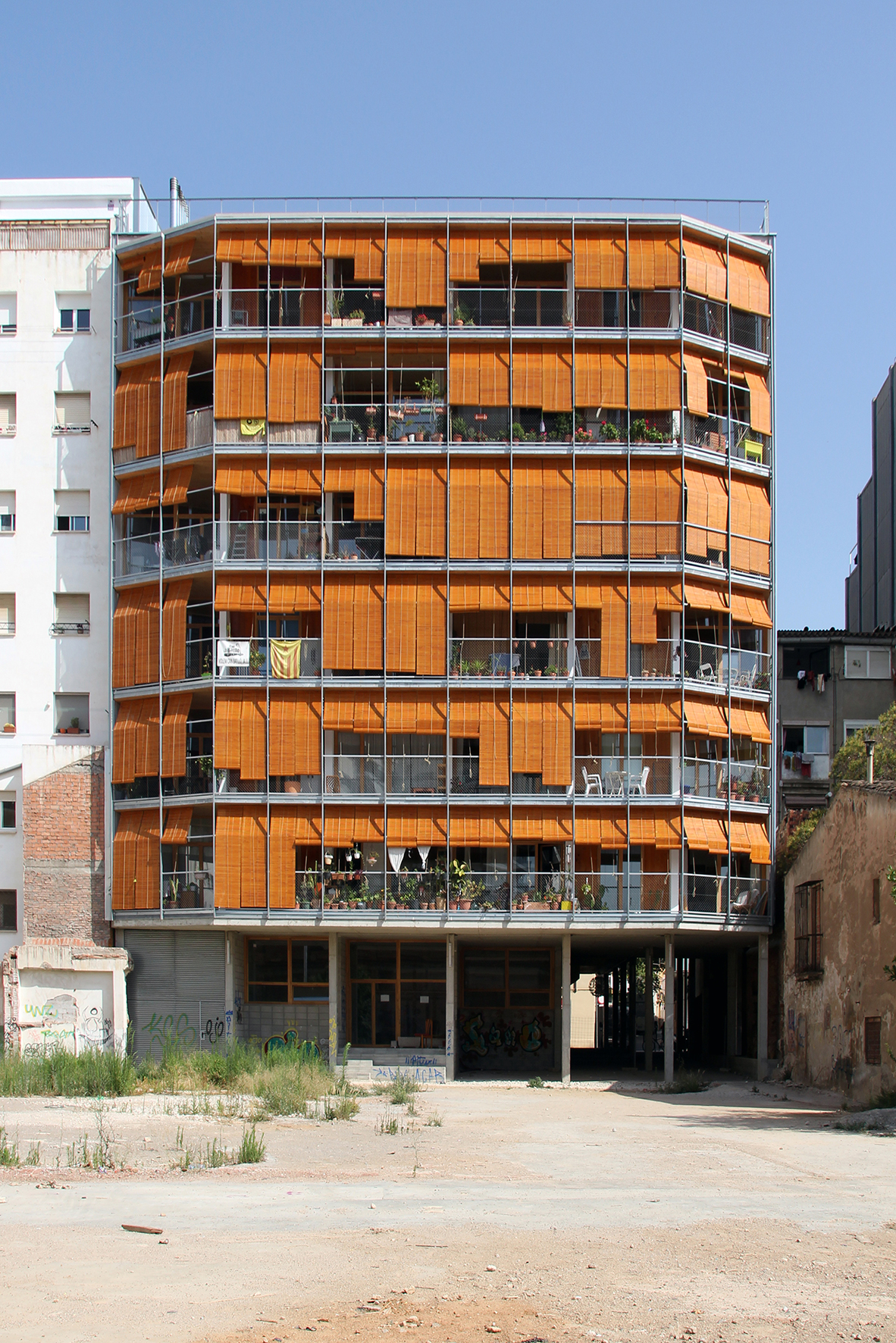

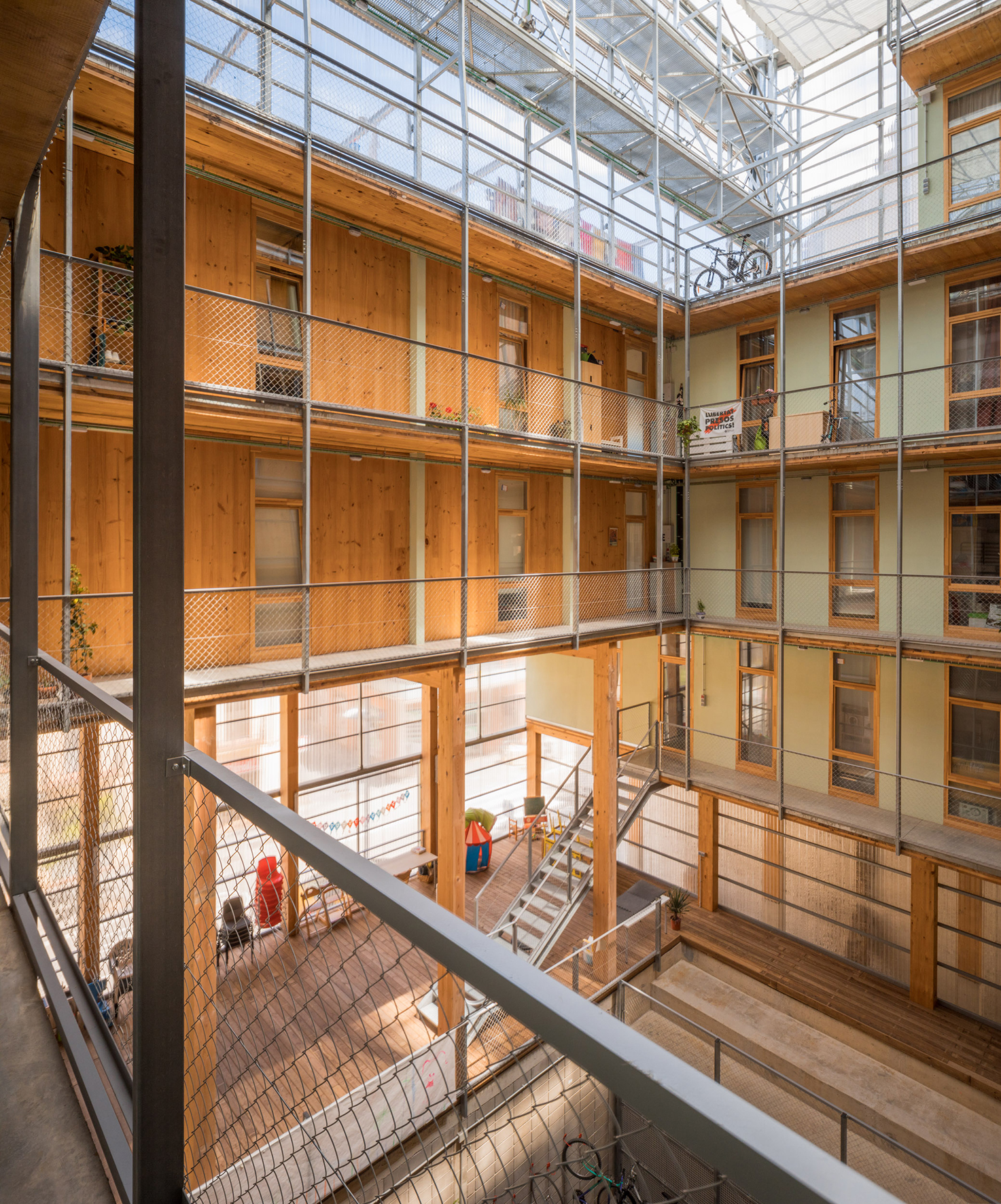
Local Activity Centre in Rybnik, Poland by Marlena Wolnik MWArchitekci
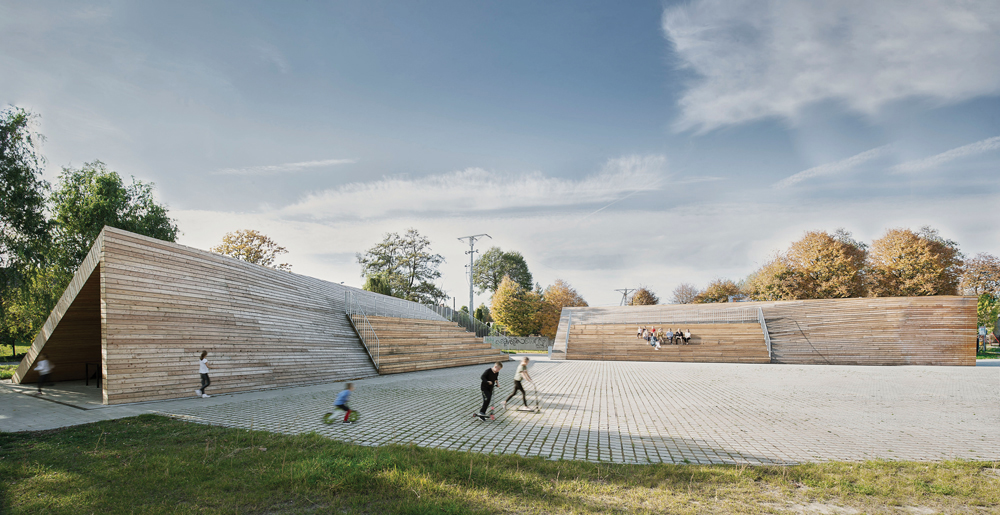
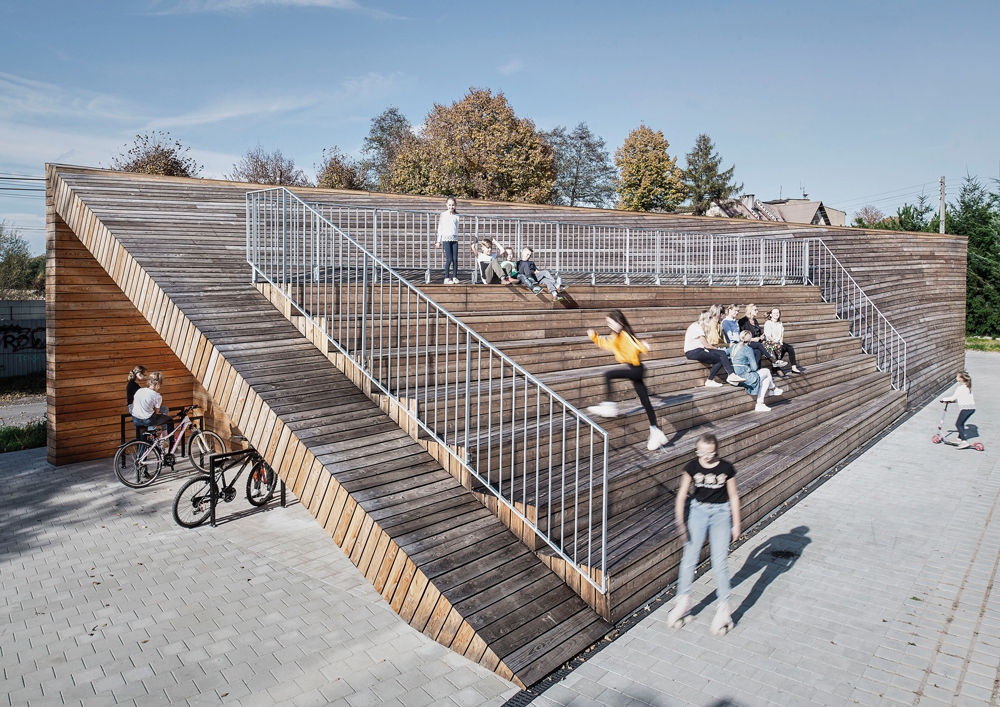
LocHal Public Library in Tilburg, The Netherlands by Civic Architects, Braaksma & Roos architectenbureau & Inside Outside / Petra Blaisse
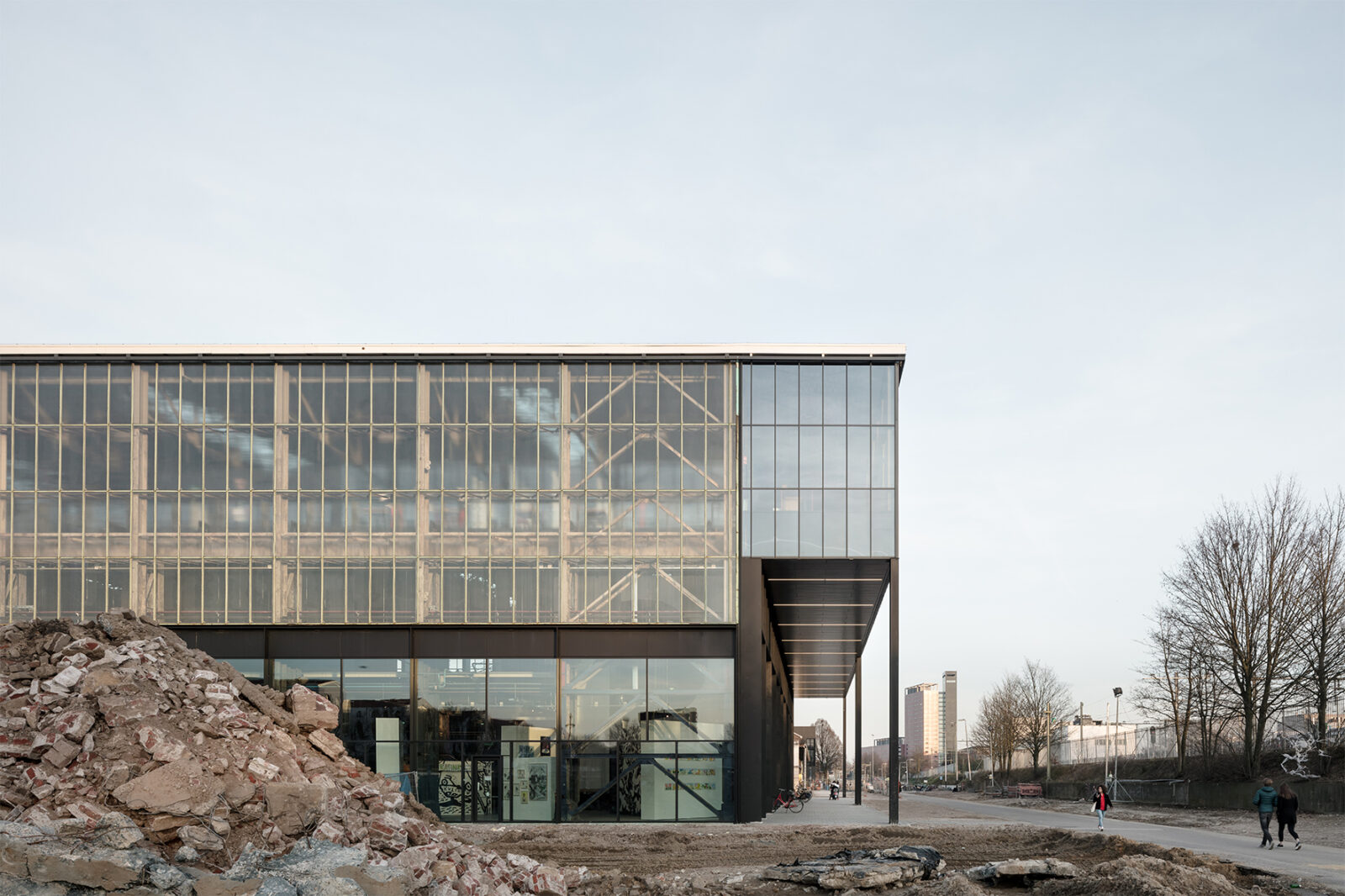
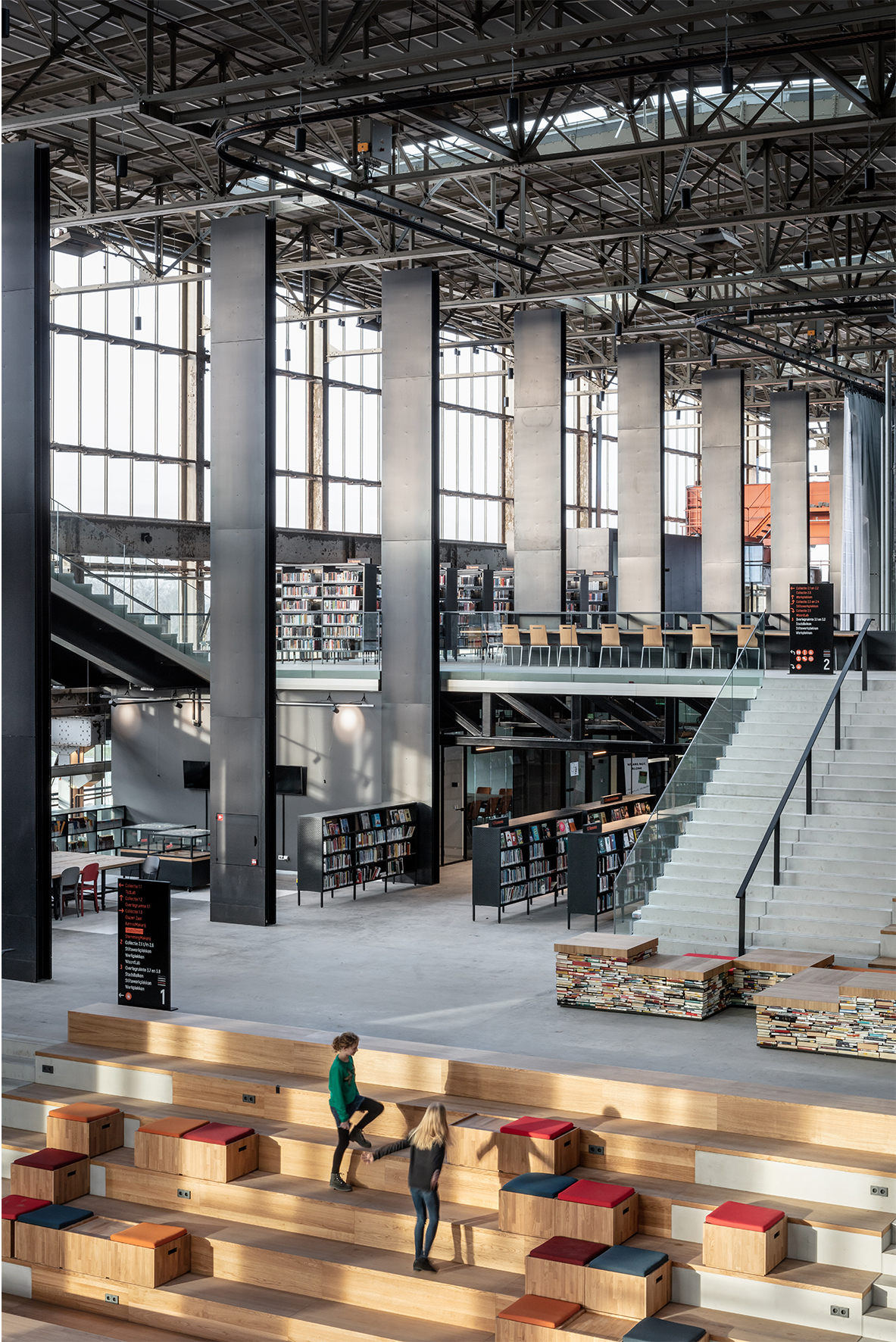
Malt Factory in Ebeltoft, Denmark by Praksis, VMB restoration Architects, Kirstine Jensen landscape Architecture, Morten Skovmand Artist & Henry Jensen Engineers
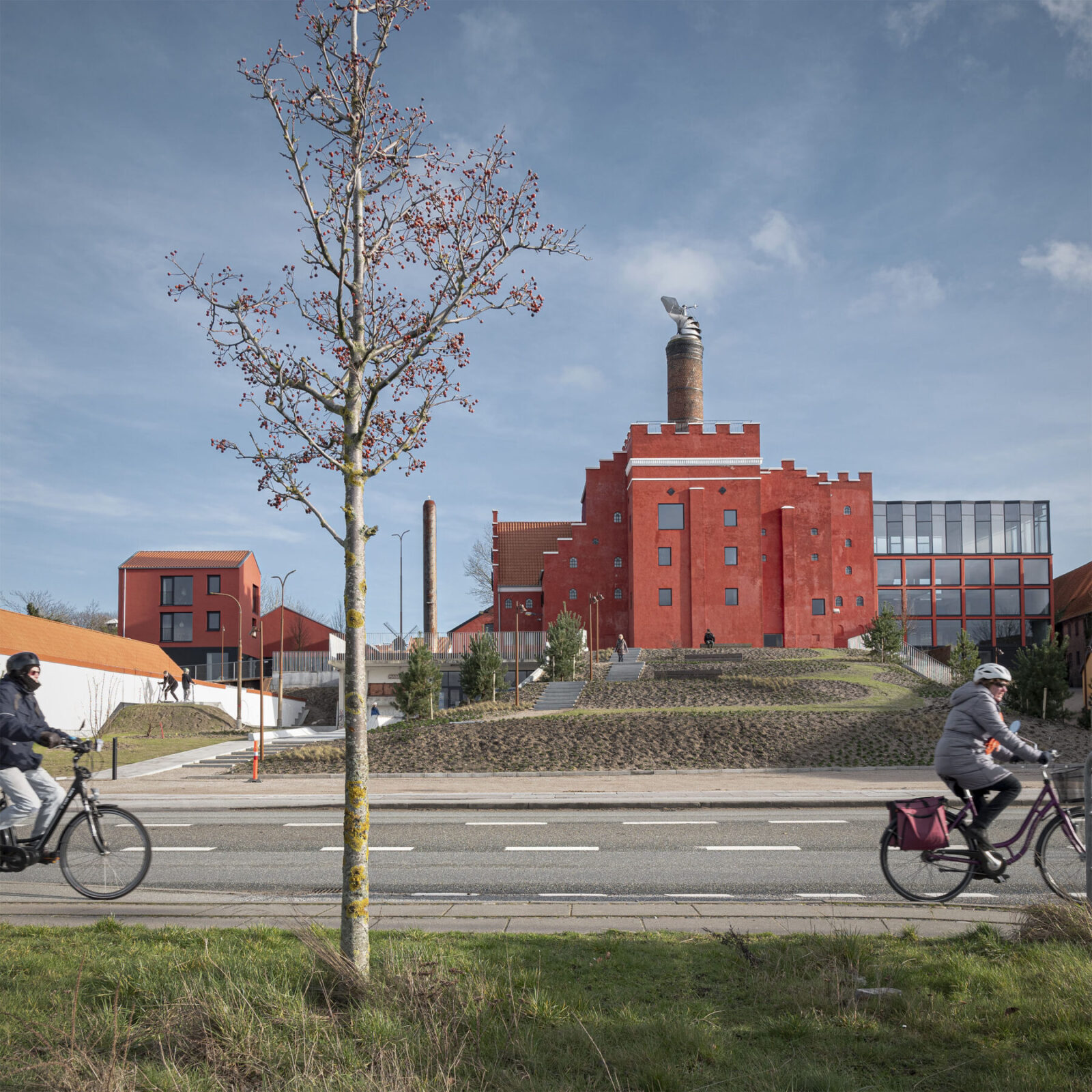
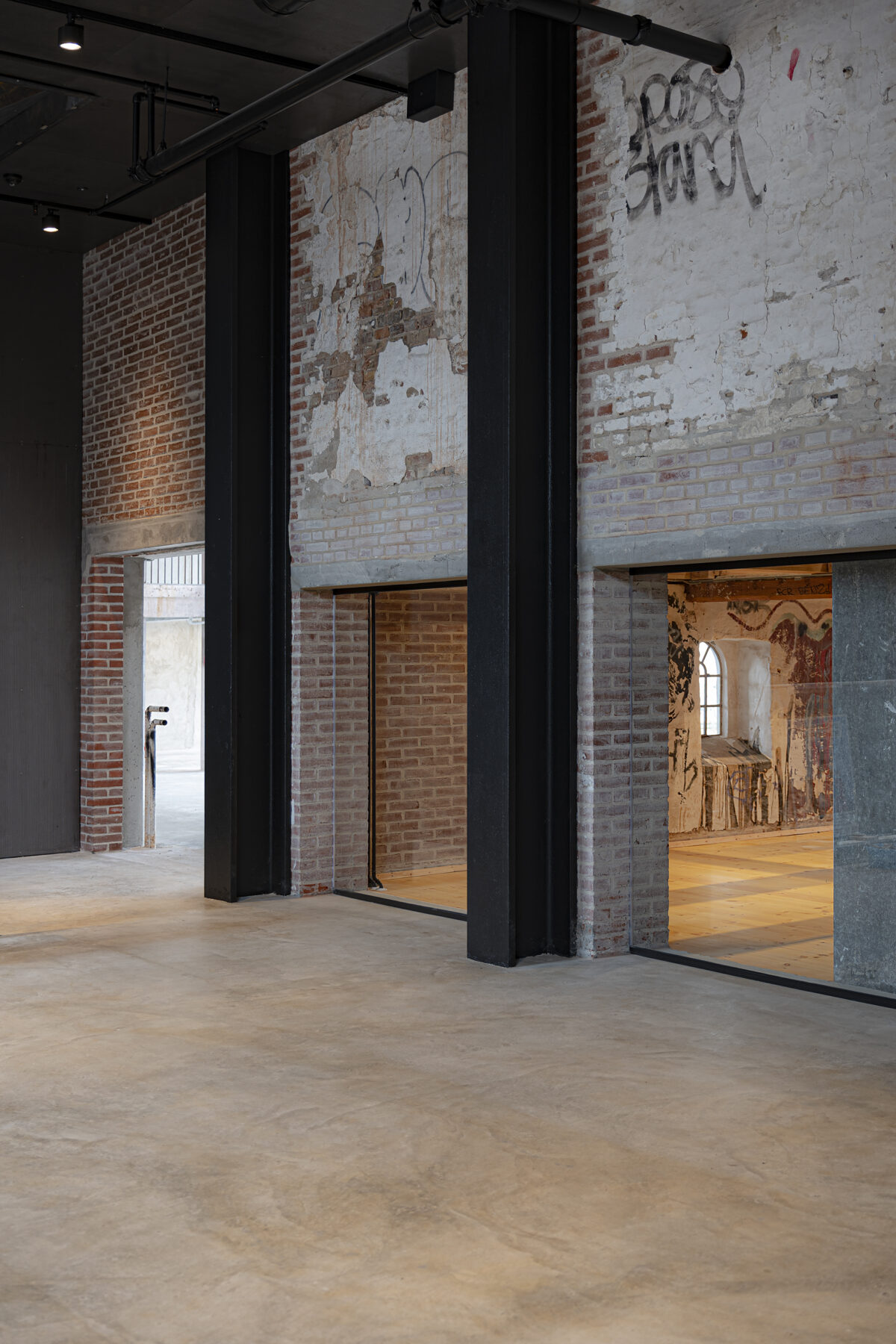
Market Square Ptuj in Ptuj, Slovenia by Arhitektura Krušec & Studio AKKA


Marquês de Abrantes’ Palace in Lisbon, Portugal by Trabalhar com os 99%, CRL (Working with the 99%, coop) & ateliermob
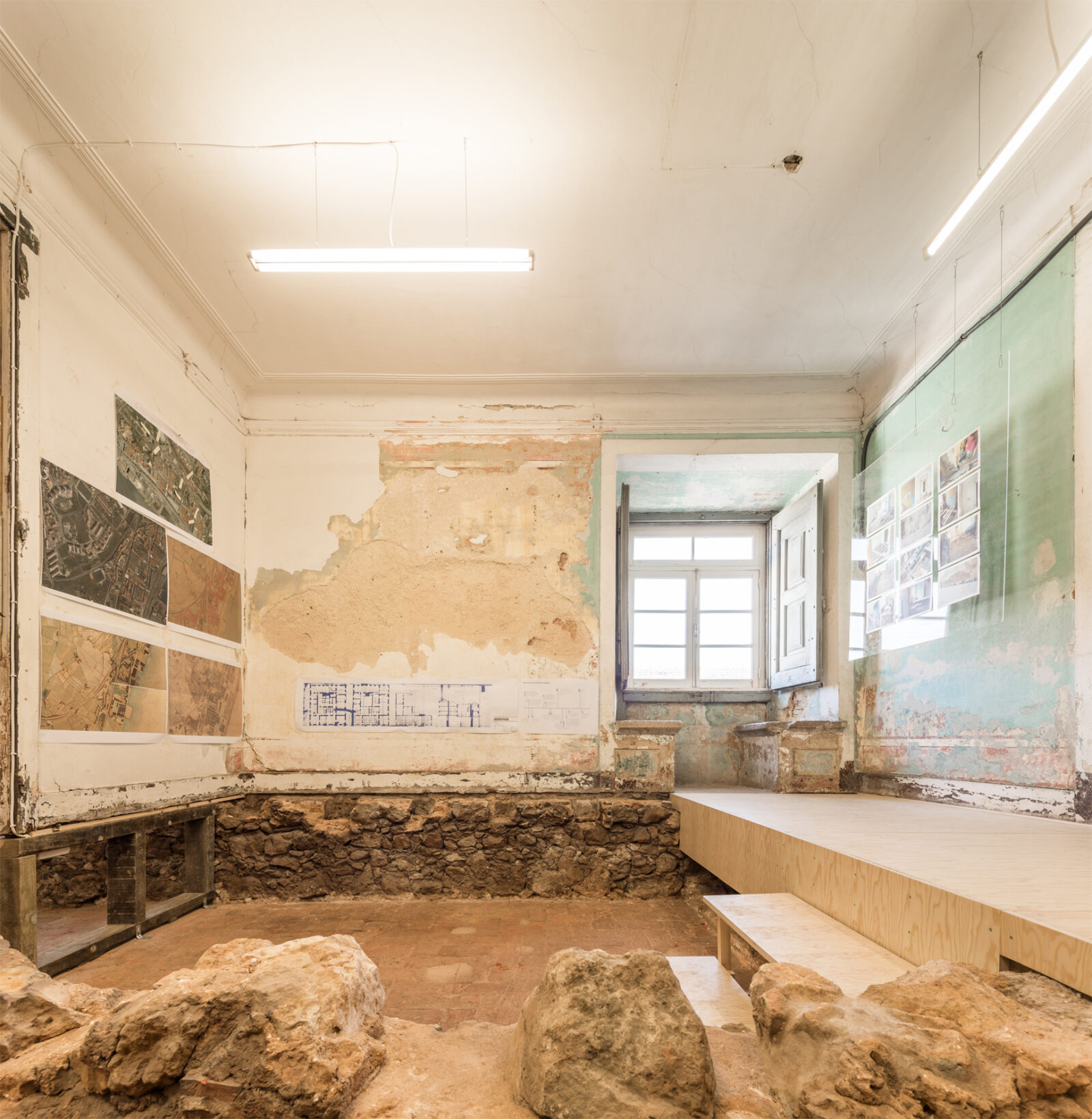
Melopee Multipurpose School Building in Ghent, Belgium by Xaveer De Geyter Architects
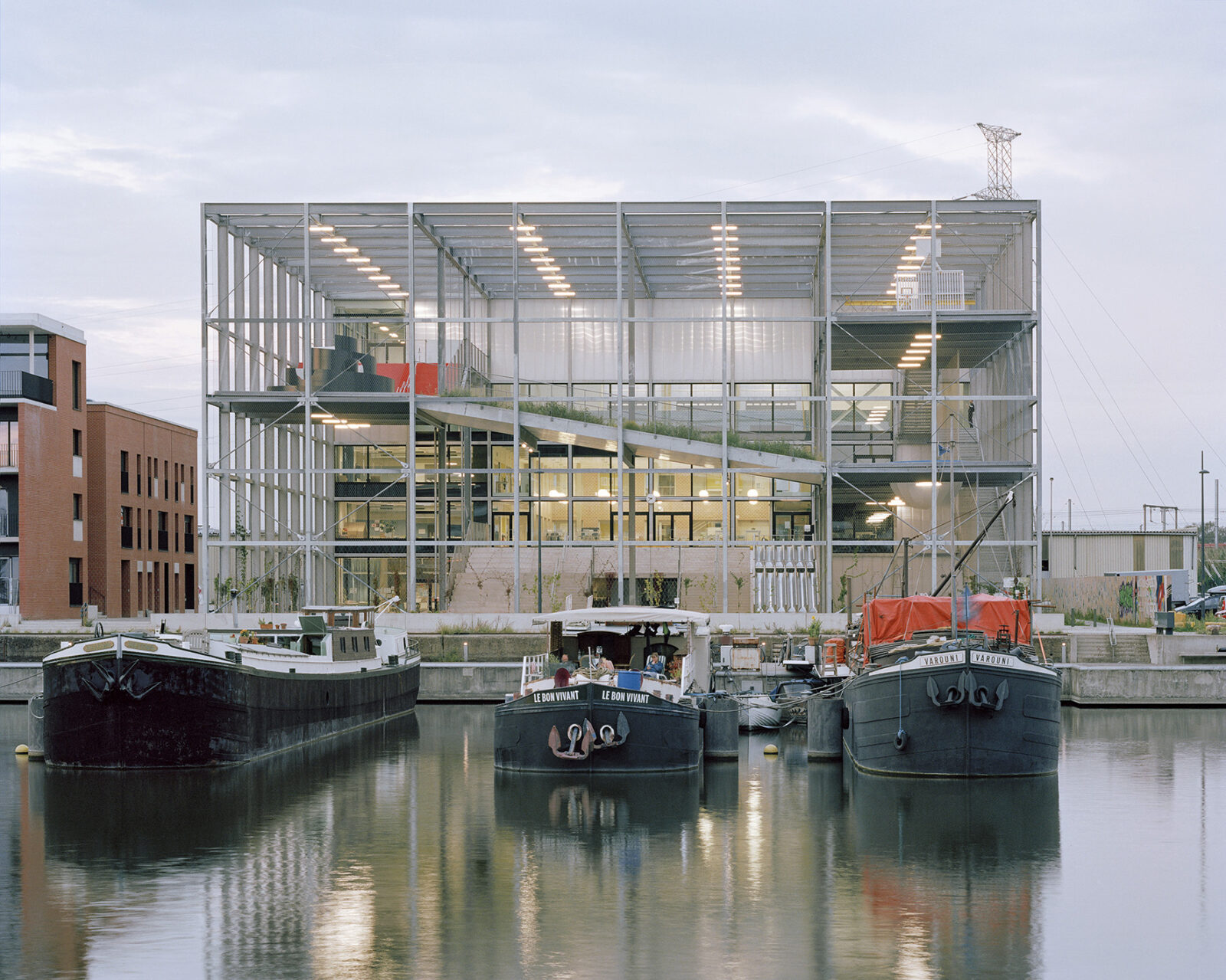
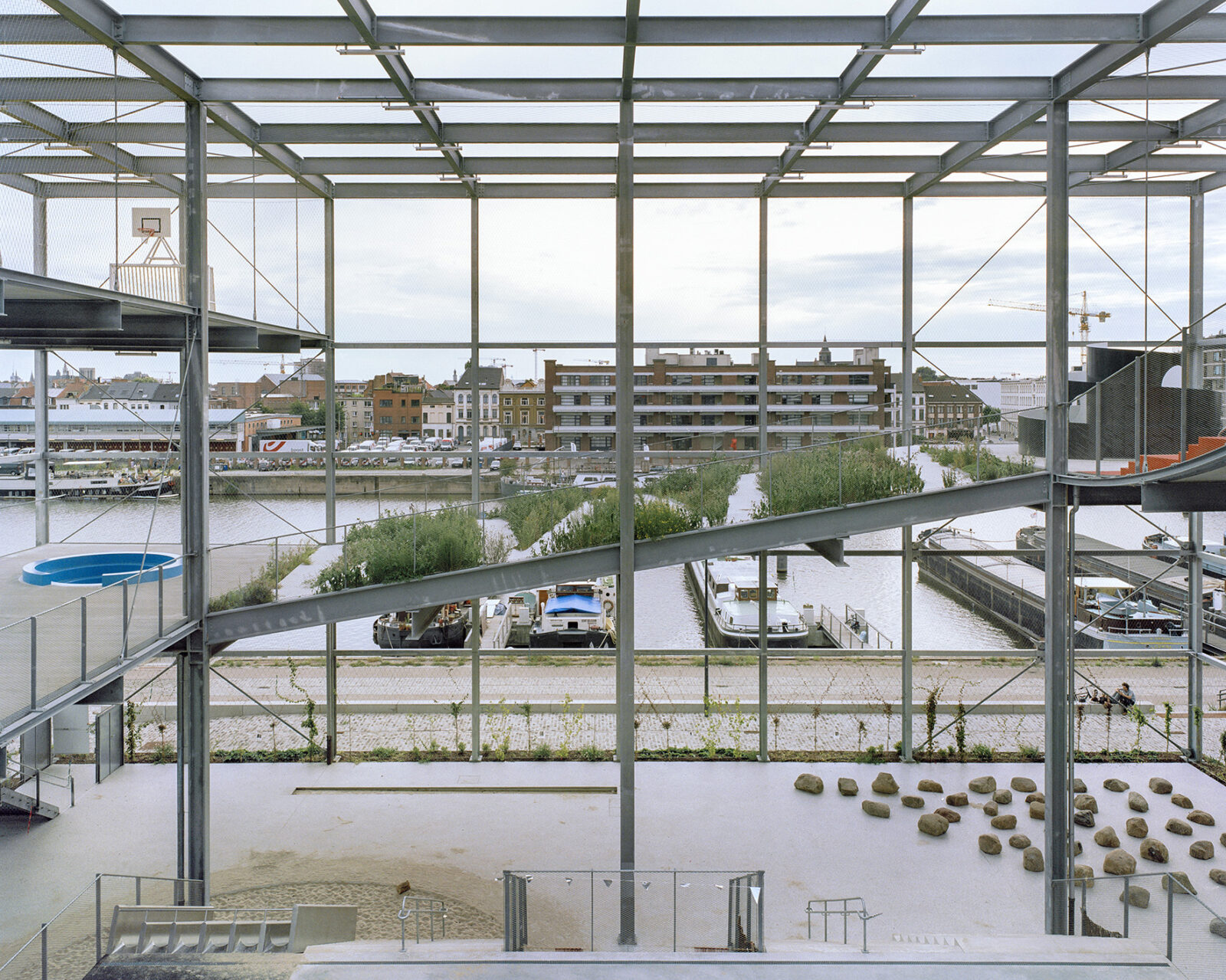
Neue Nationalgalerie in Berlin, Germany by David Chipperfield Architects
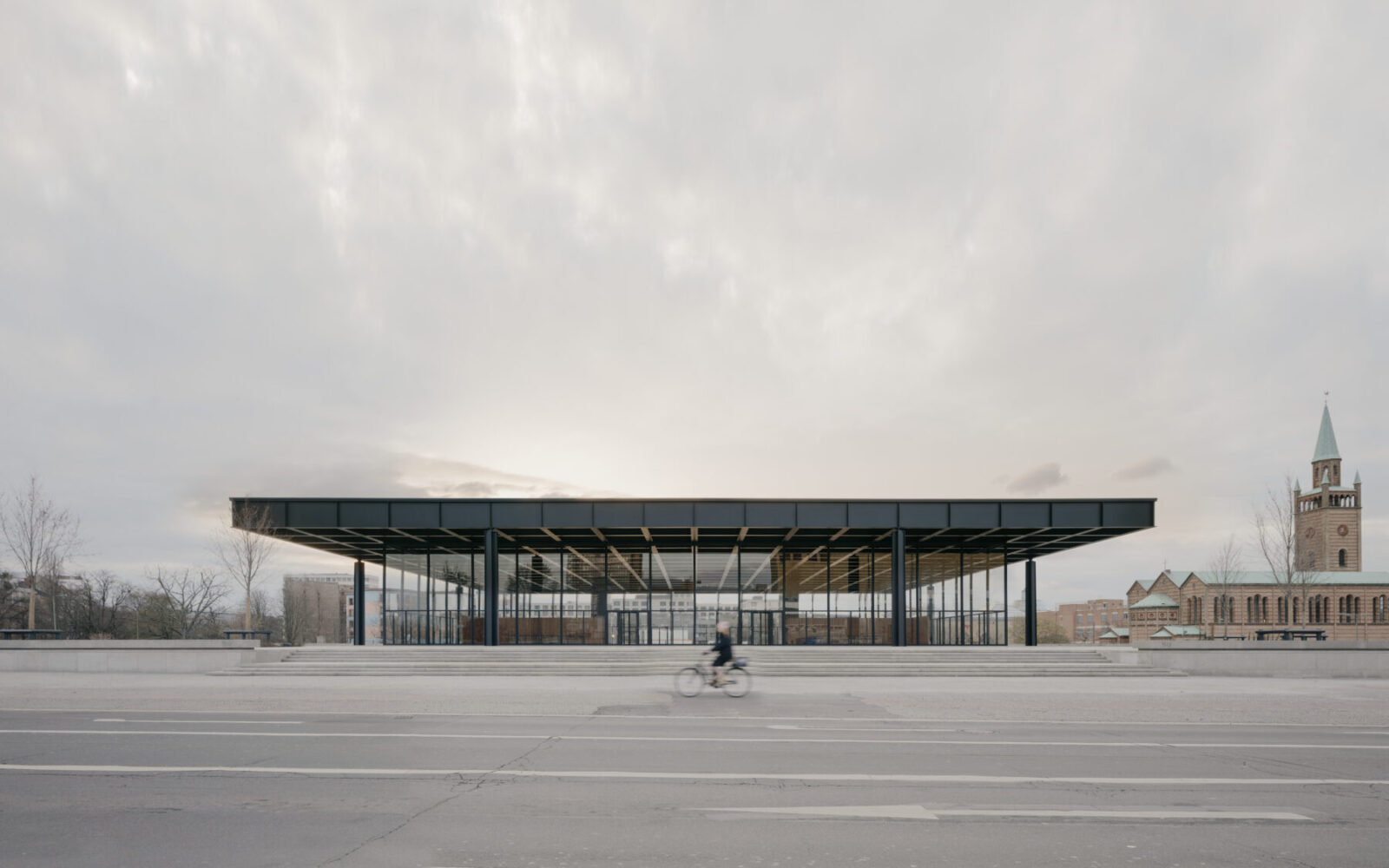
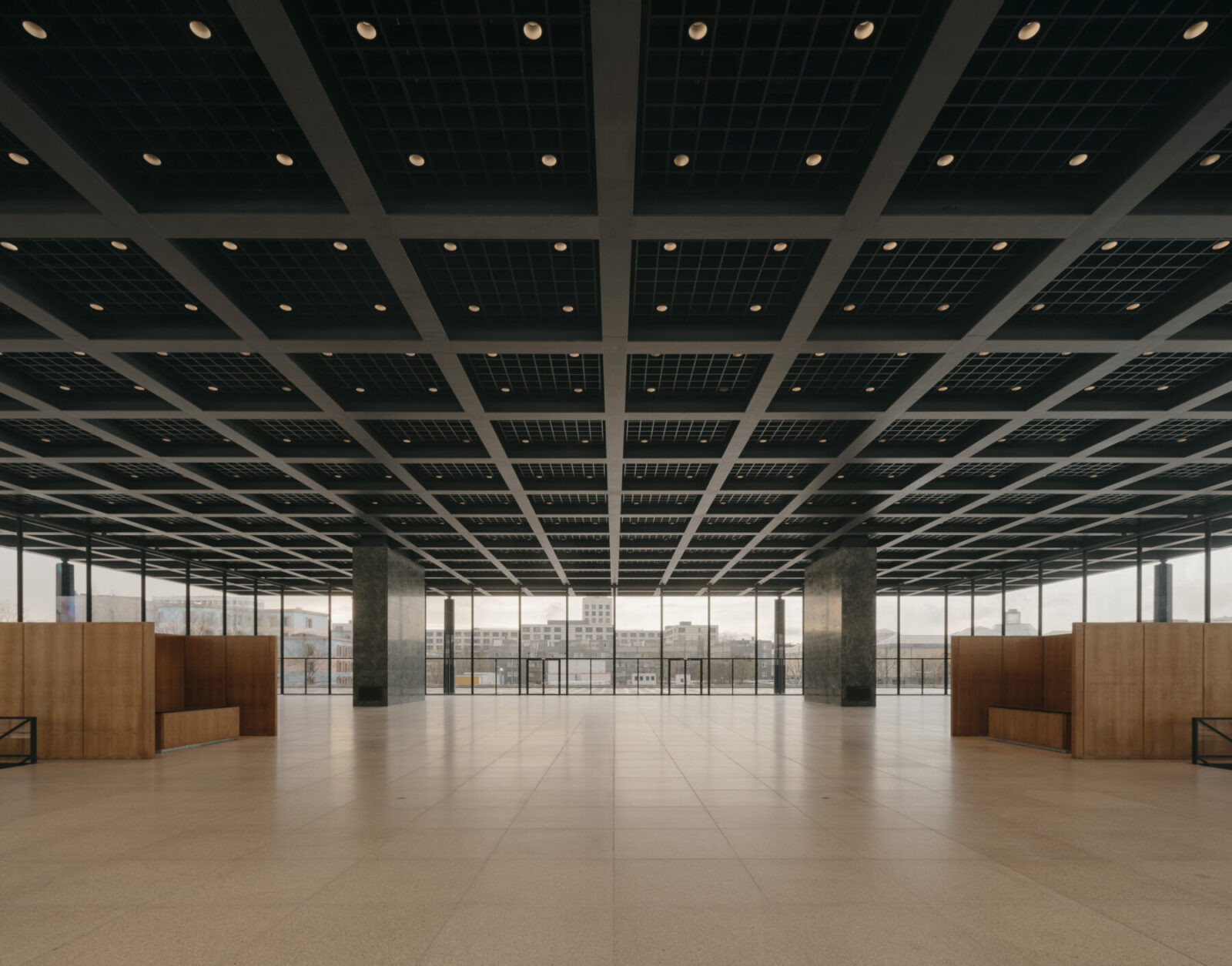
New Gallery and Casemates / New Bastion in Wiener Neustadt, Austria by Bevk Perovic arhitekti
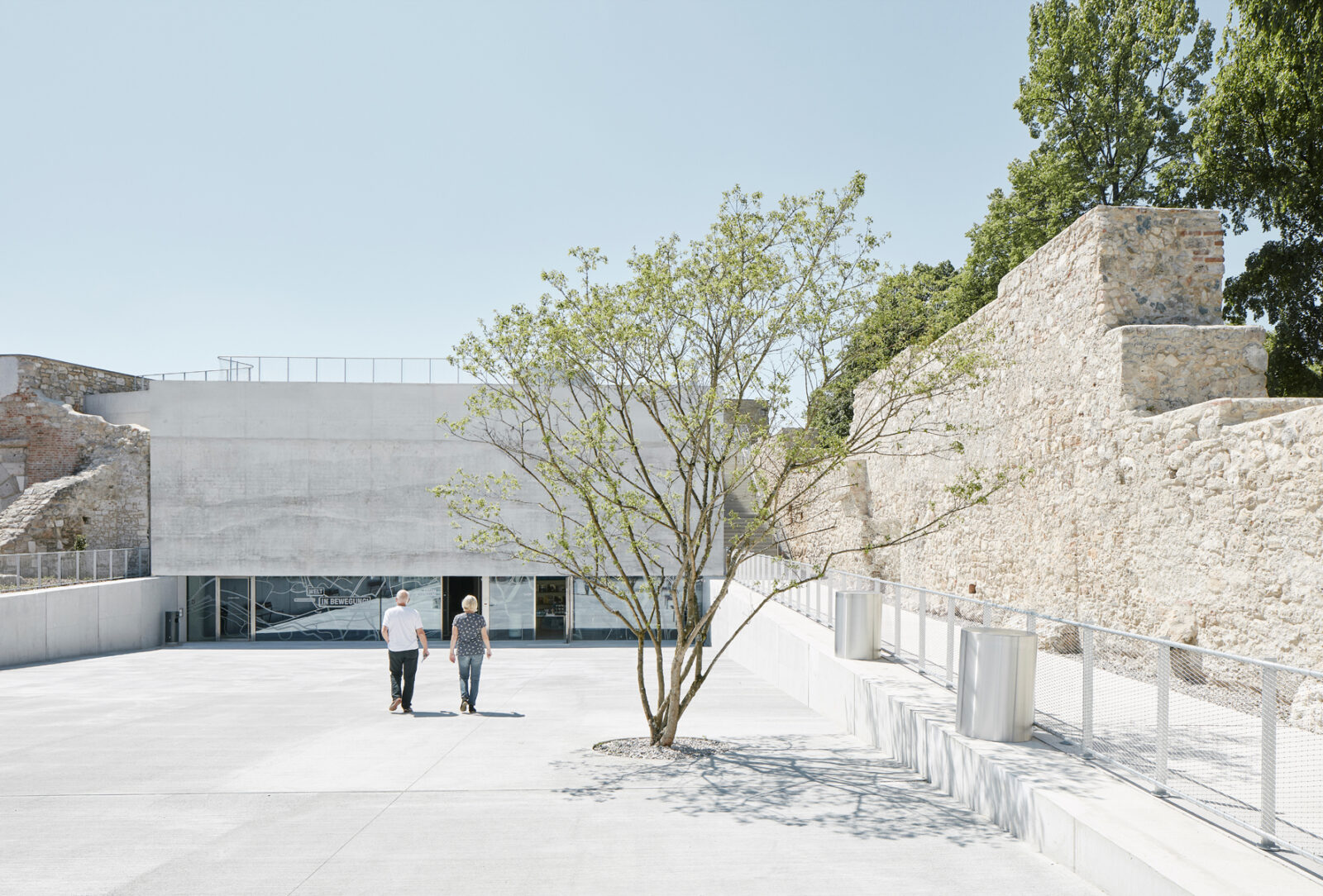
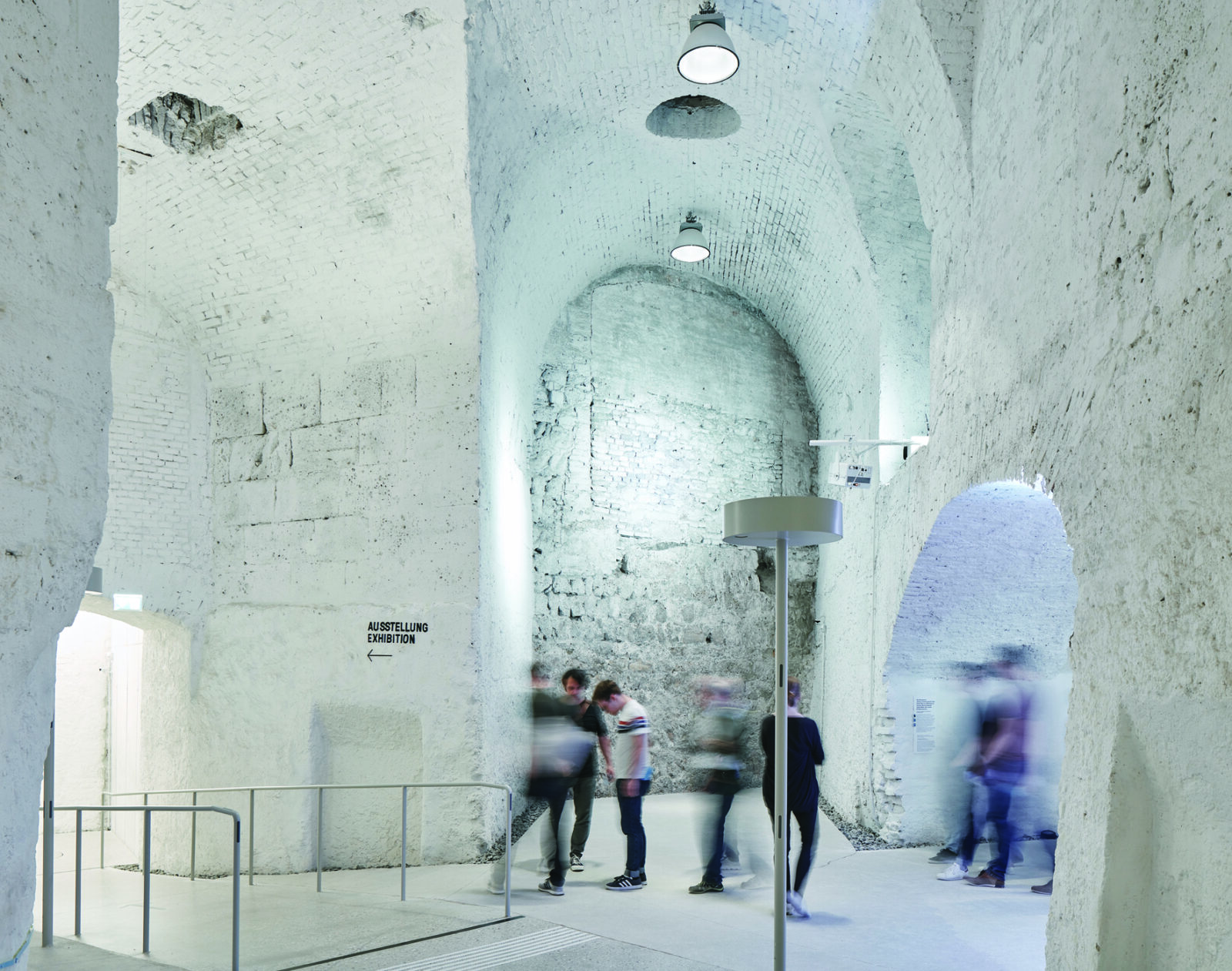
Nursery and Primary School in Guécélard, France by Atelier Julien Boidot


Pierres Blanches Cultural Centre in Saint Jean de Boiseau, France by RAUM
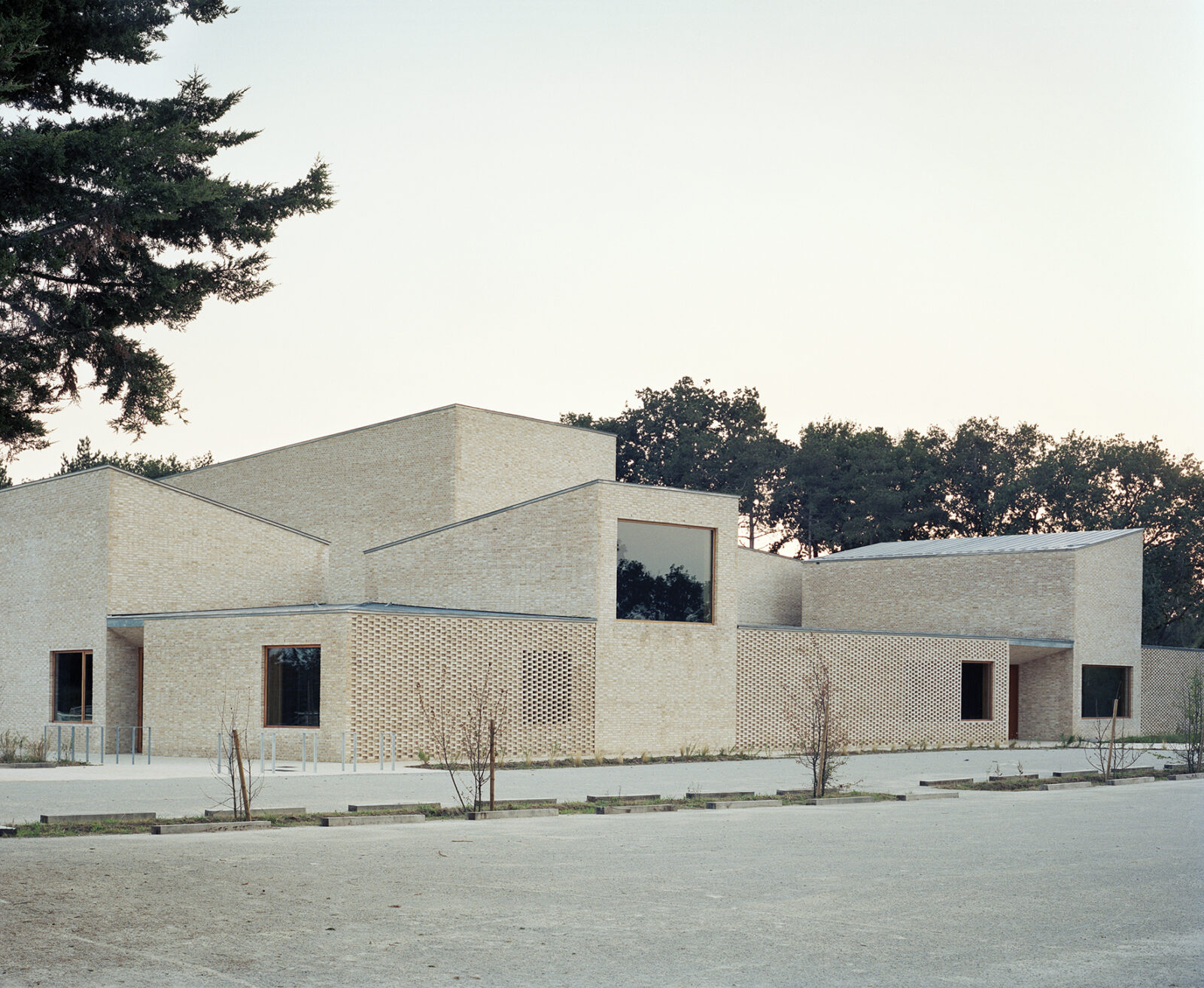
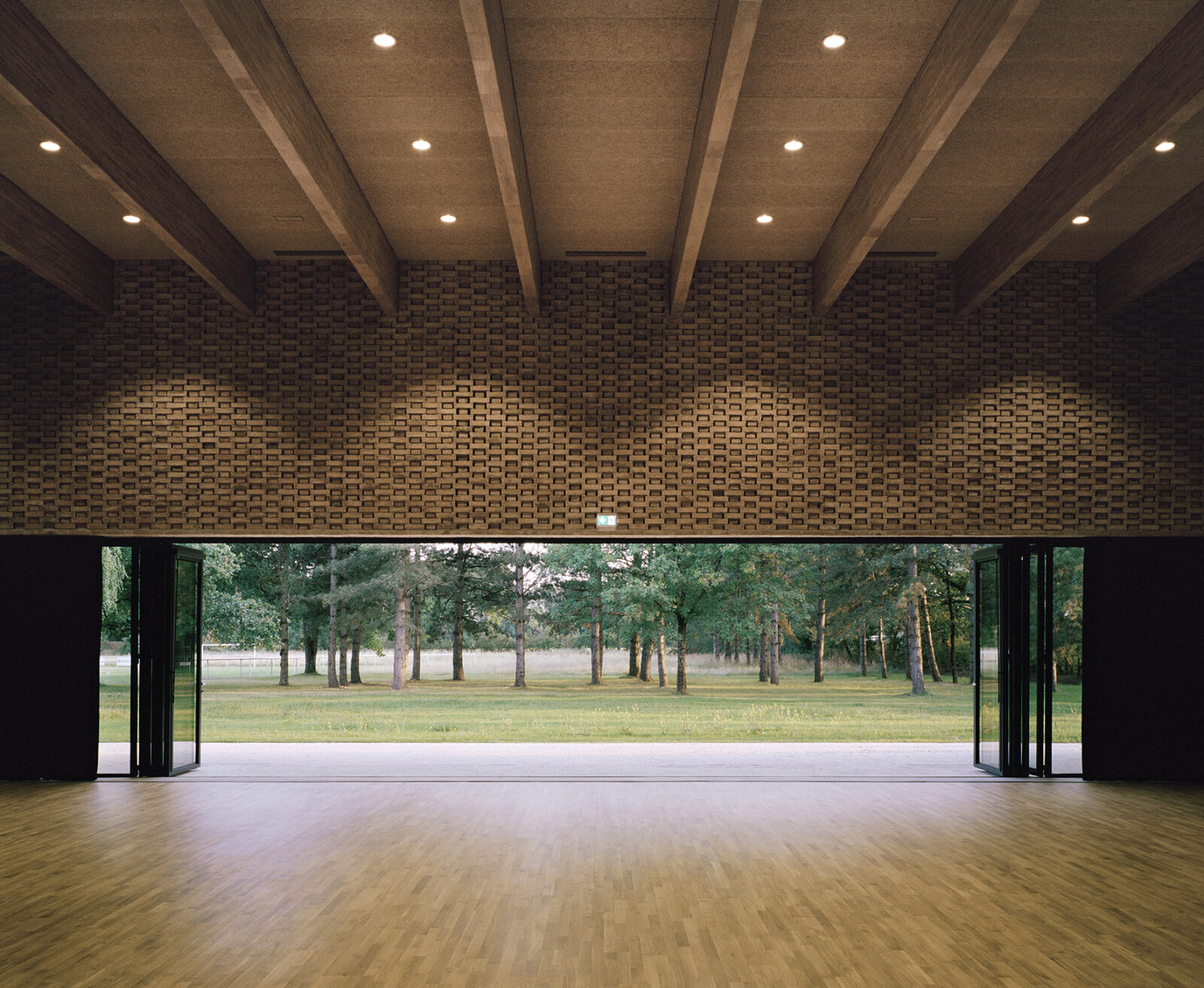
Portas do Mar – public space and car parking in Lisbon, Portugal by Carrilho da Graça, arquitectos
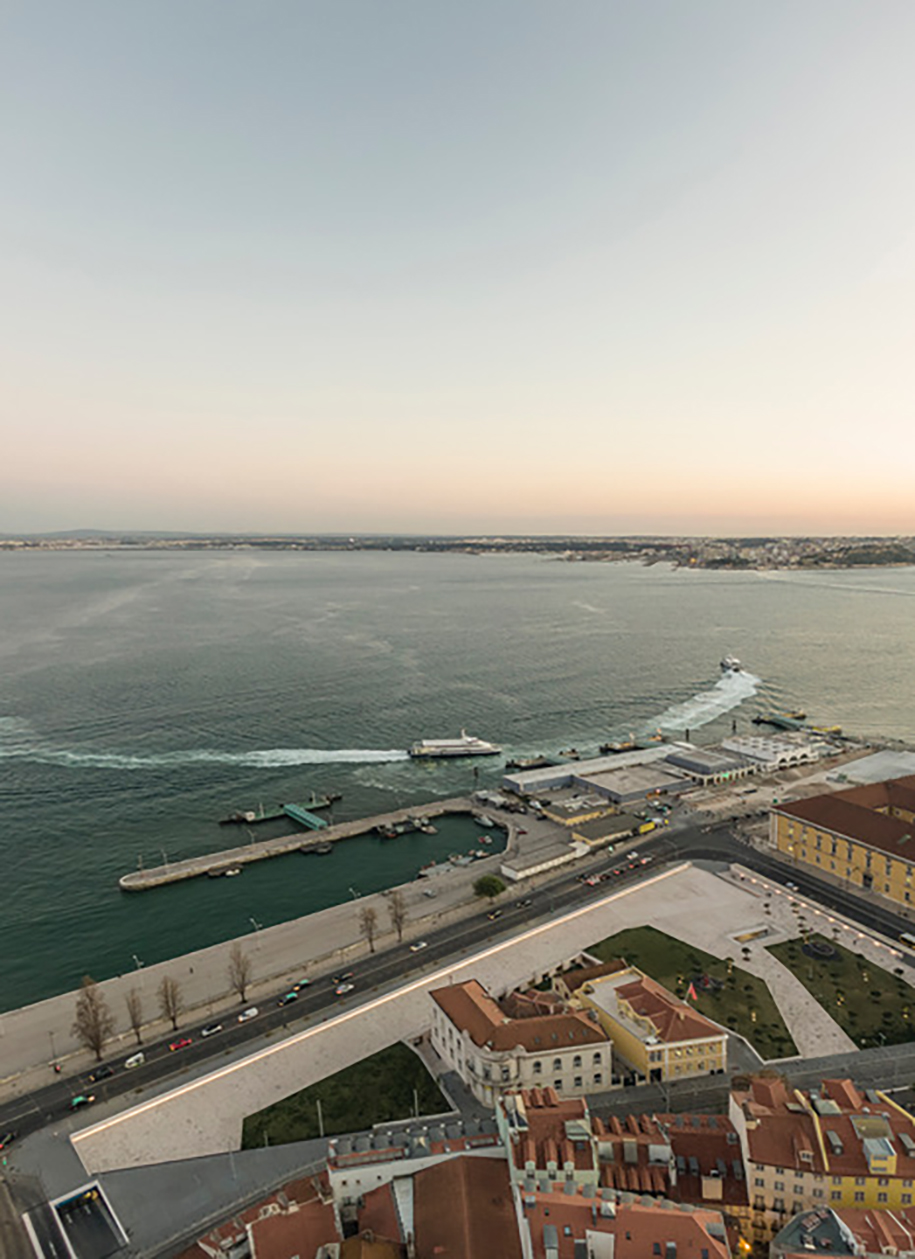
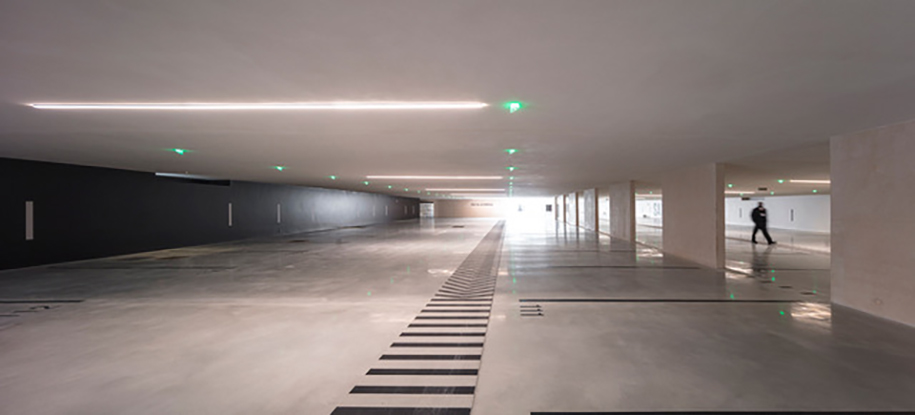
Prague Eyes – Riverfront Revitalisation in Prague, Czech Republic by Petr Janda / brainwork
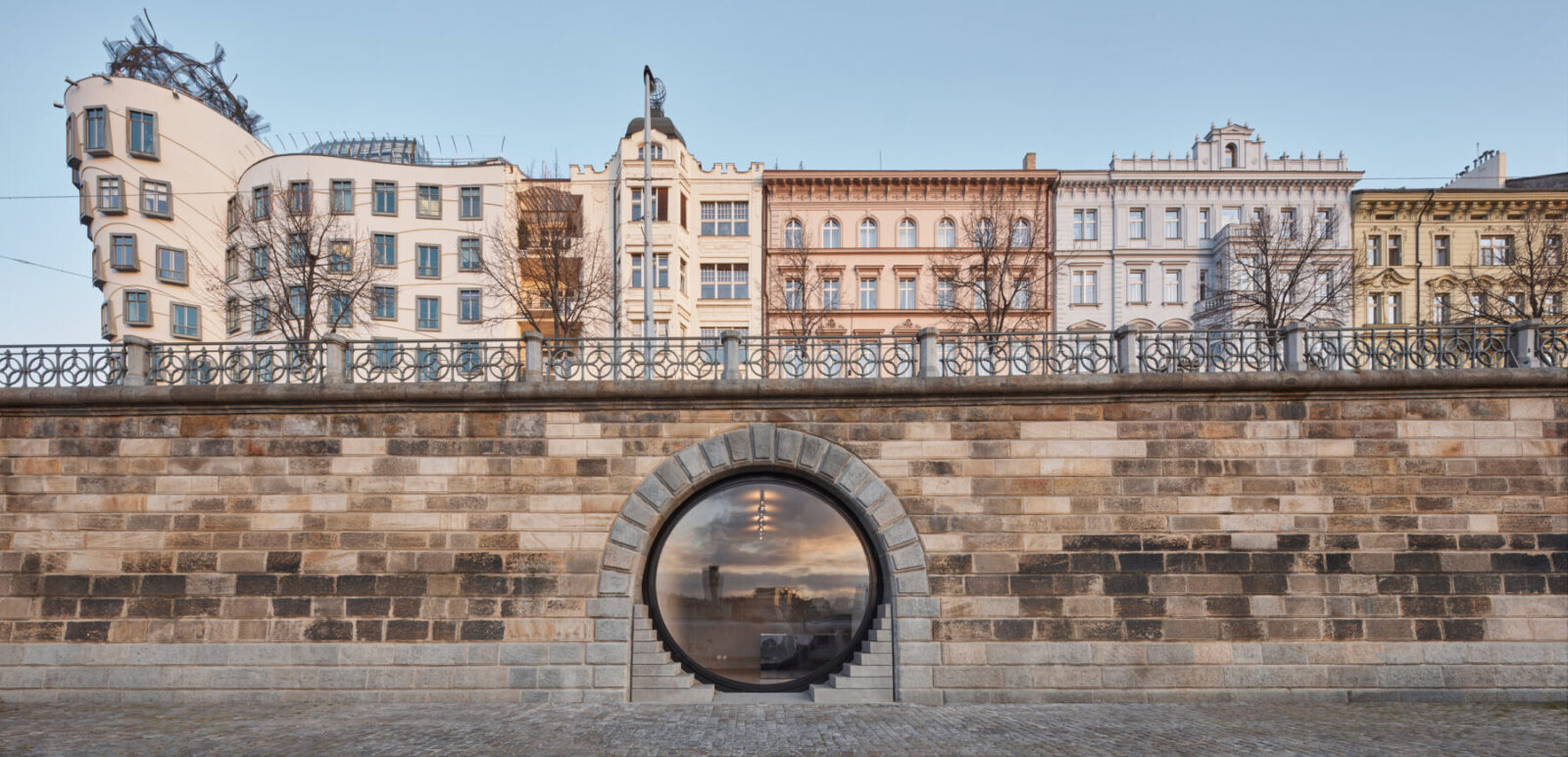
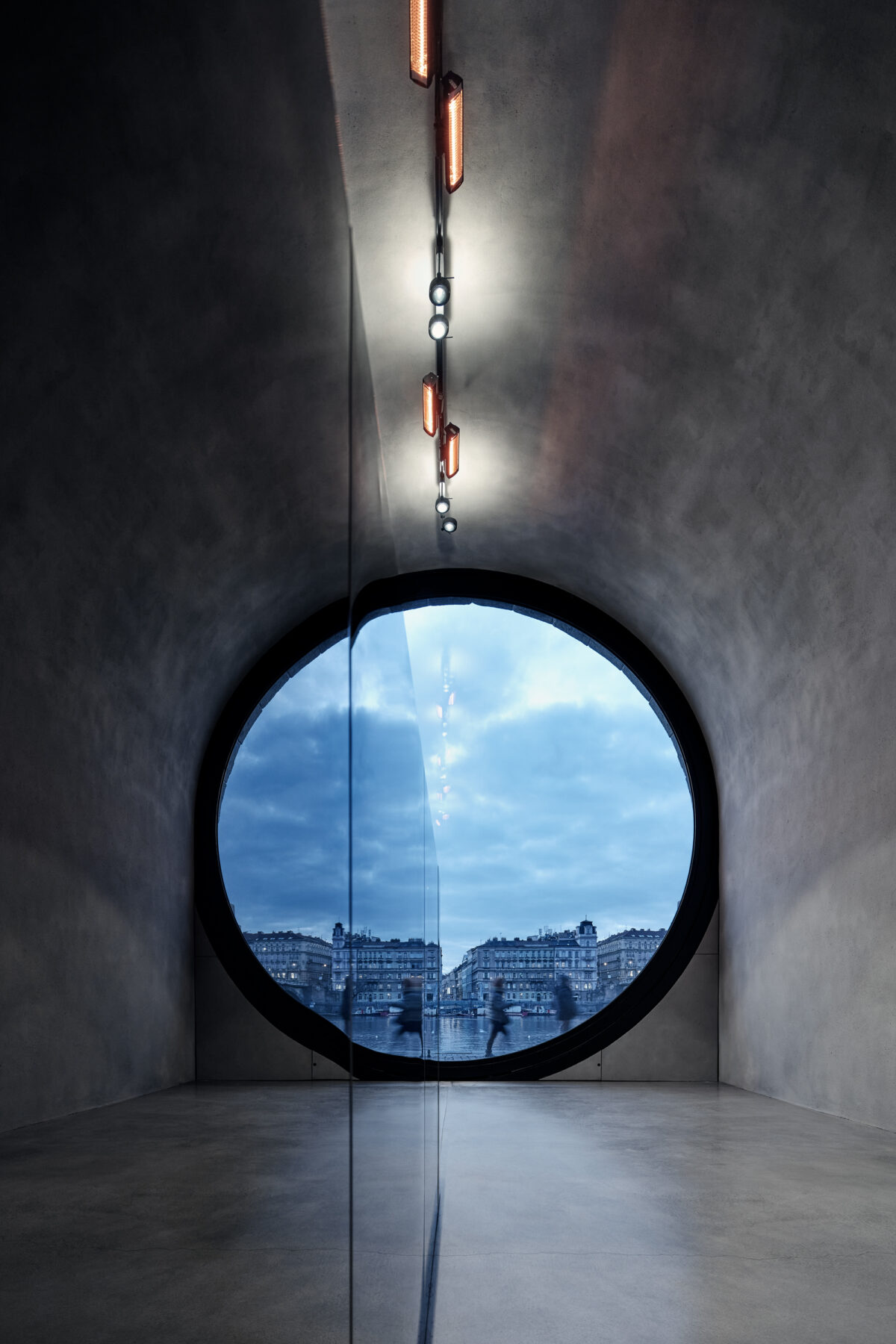
Railway Farm in Paris, France by Grand Huit & Melanie Drevet Paysagiste
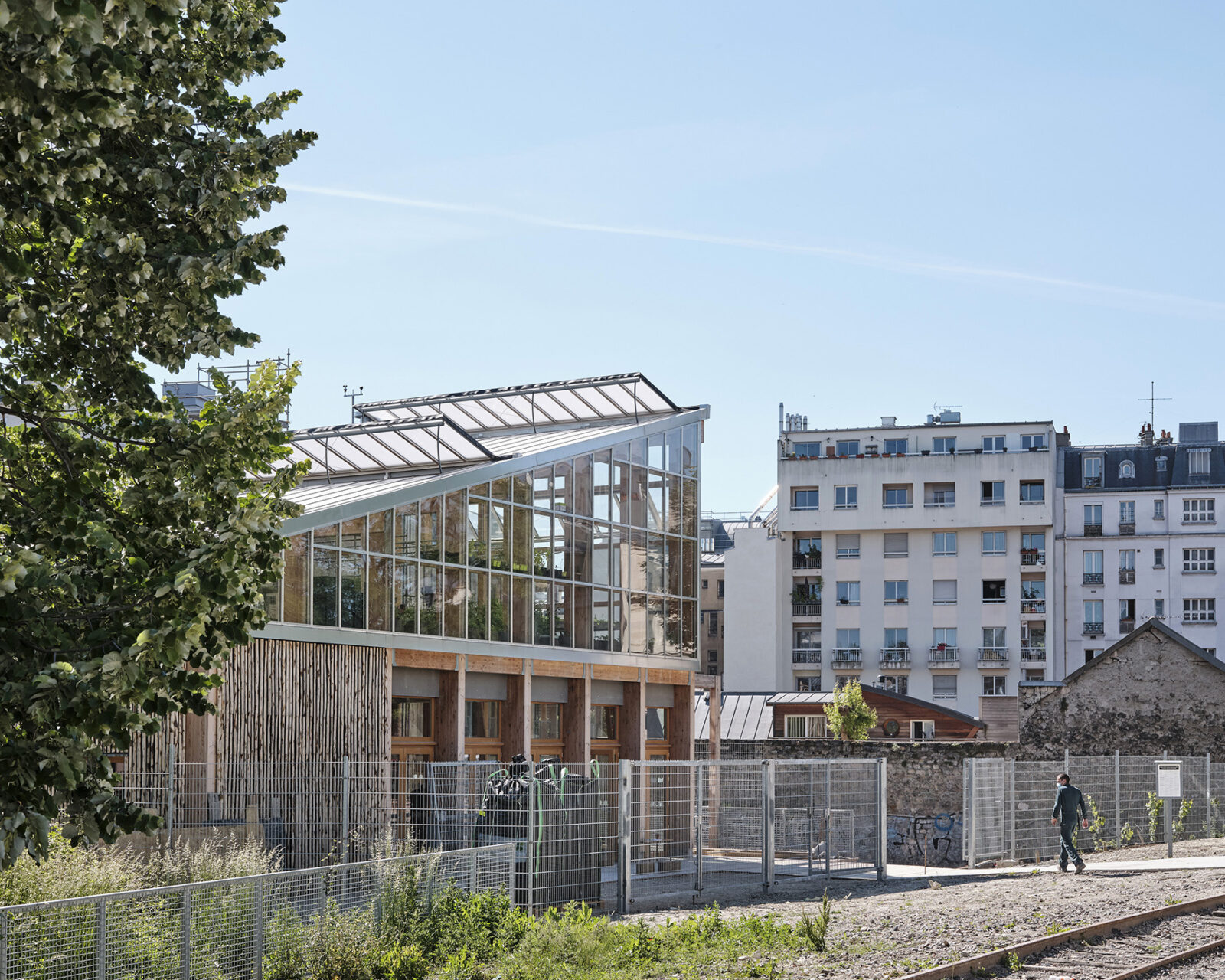
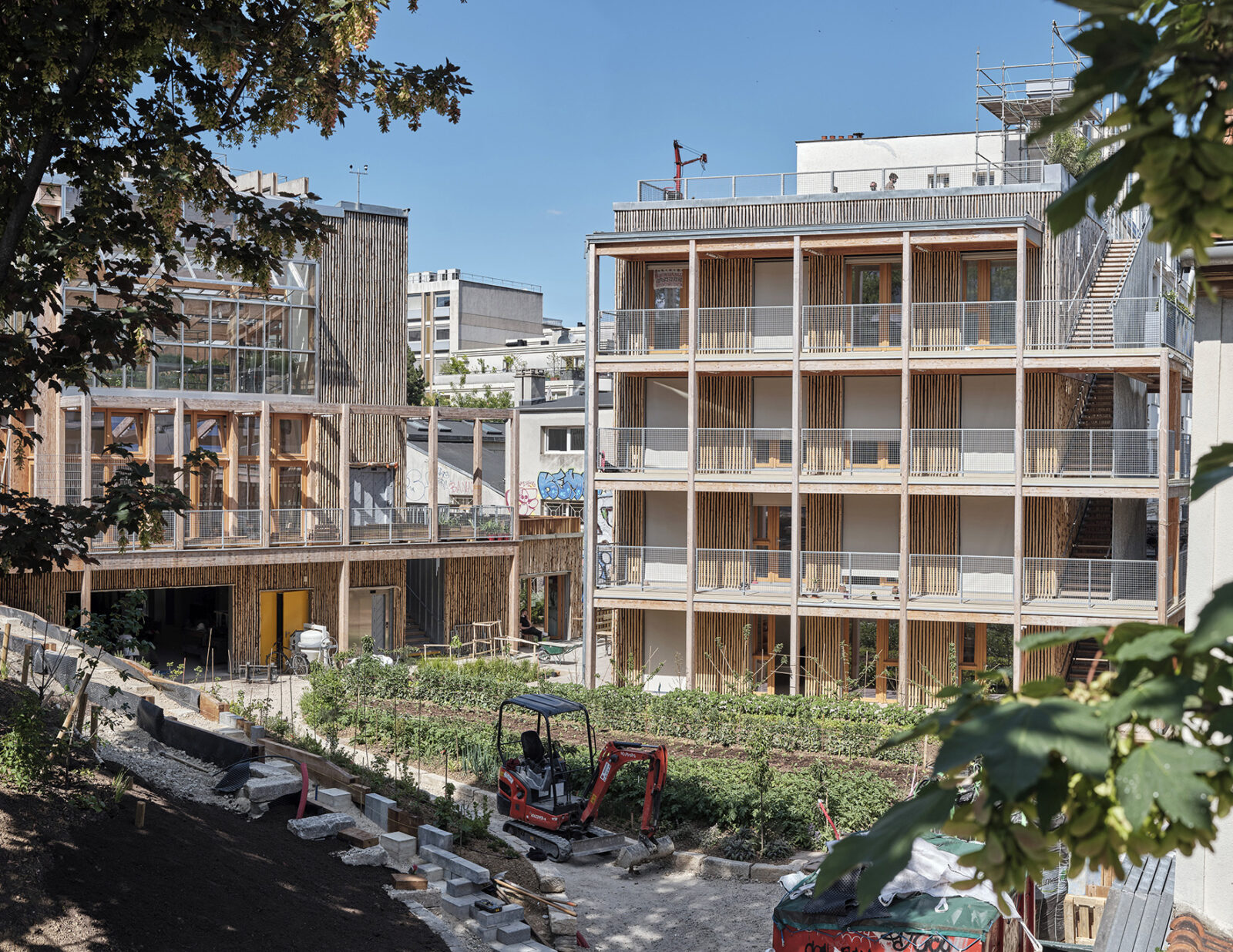
Recovery of Merola’s Tower in Puig-Reig, Spain by Carles Enrich Studio


Revitalization of a Town House in Linz, Austria by mia2 ARCHITEKTUR
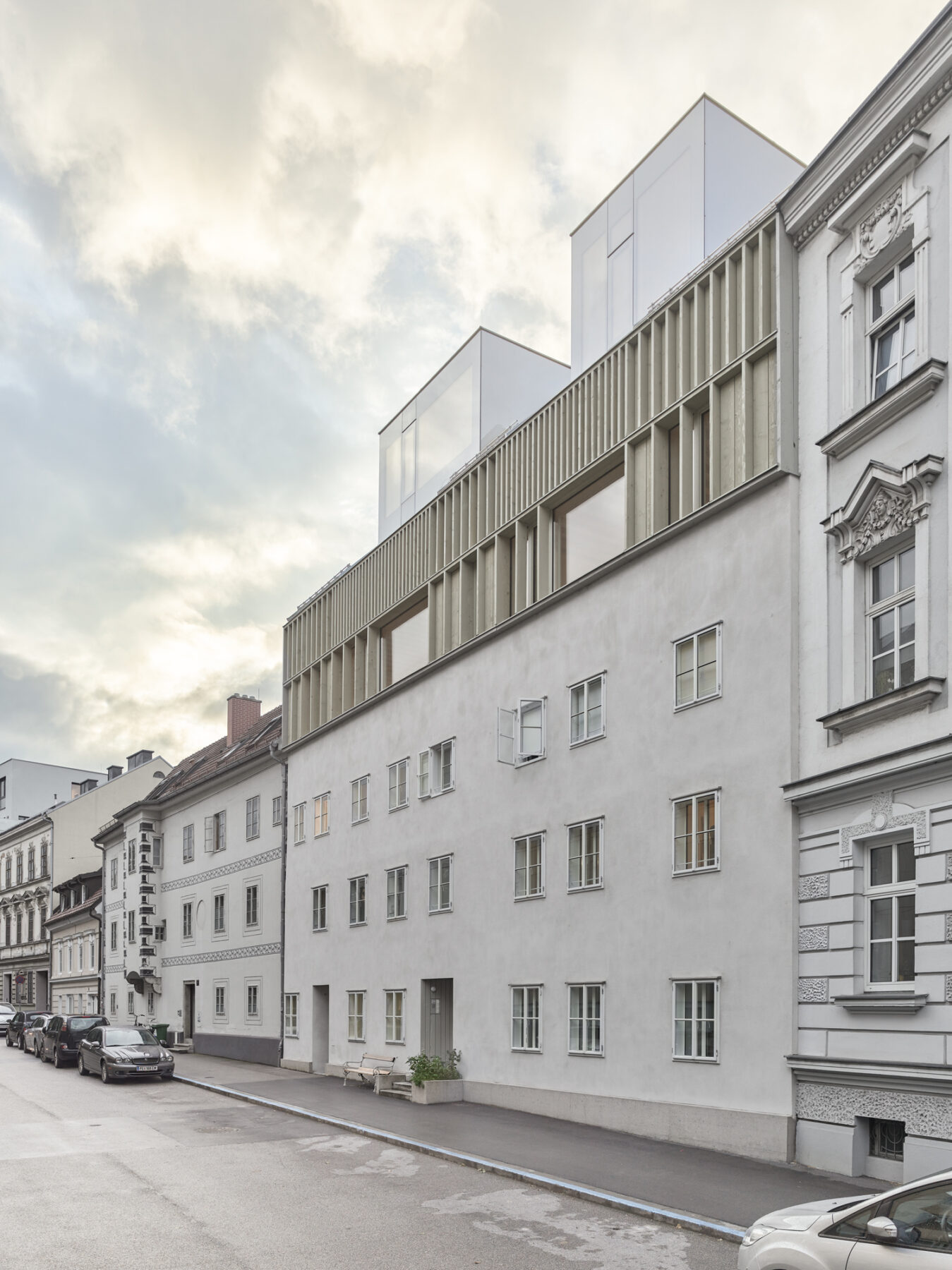
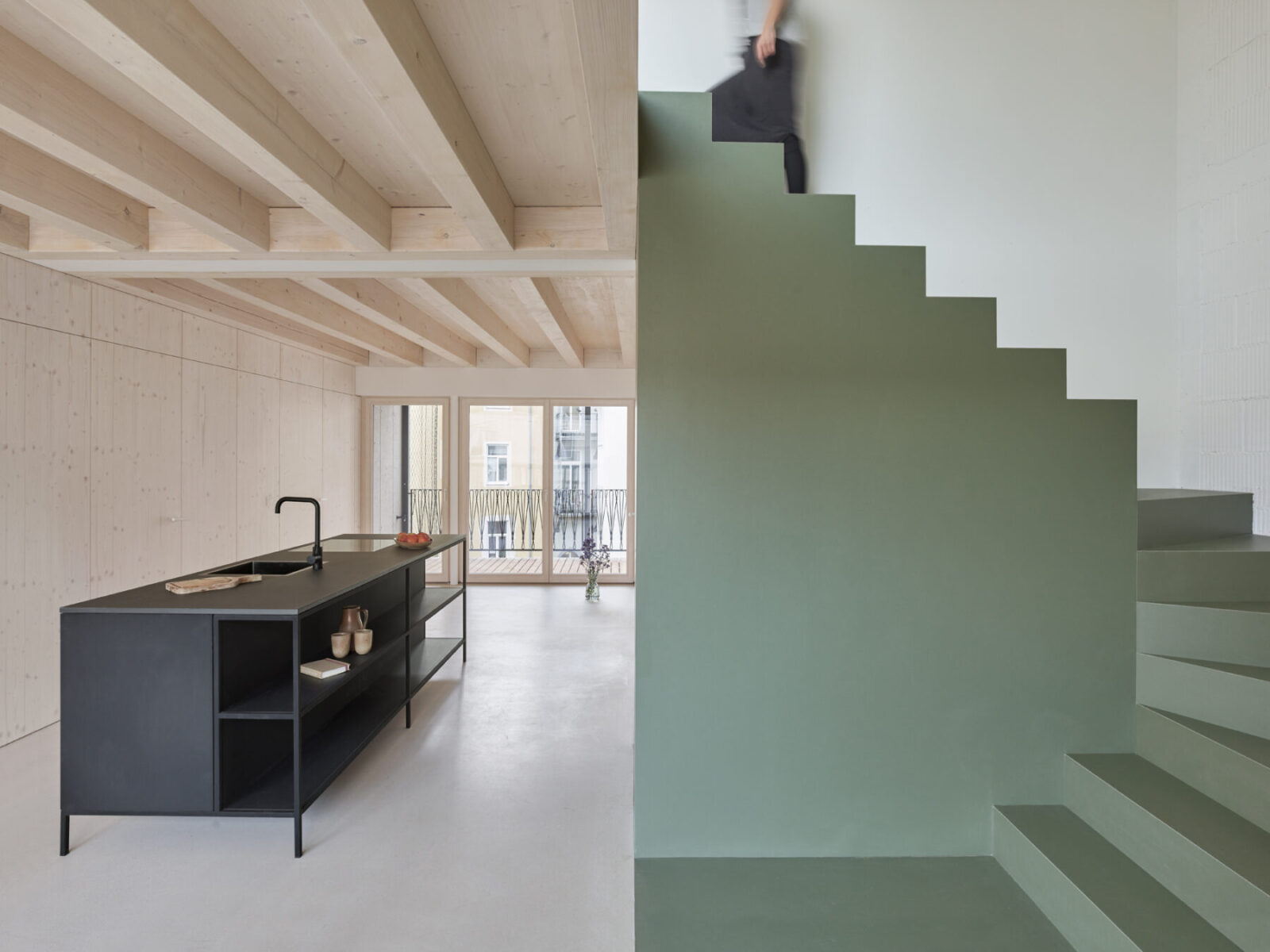
School Campus Neustift in Neustift im Stubaital, Austria by fasch&fuchs.architekten
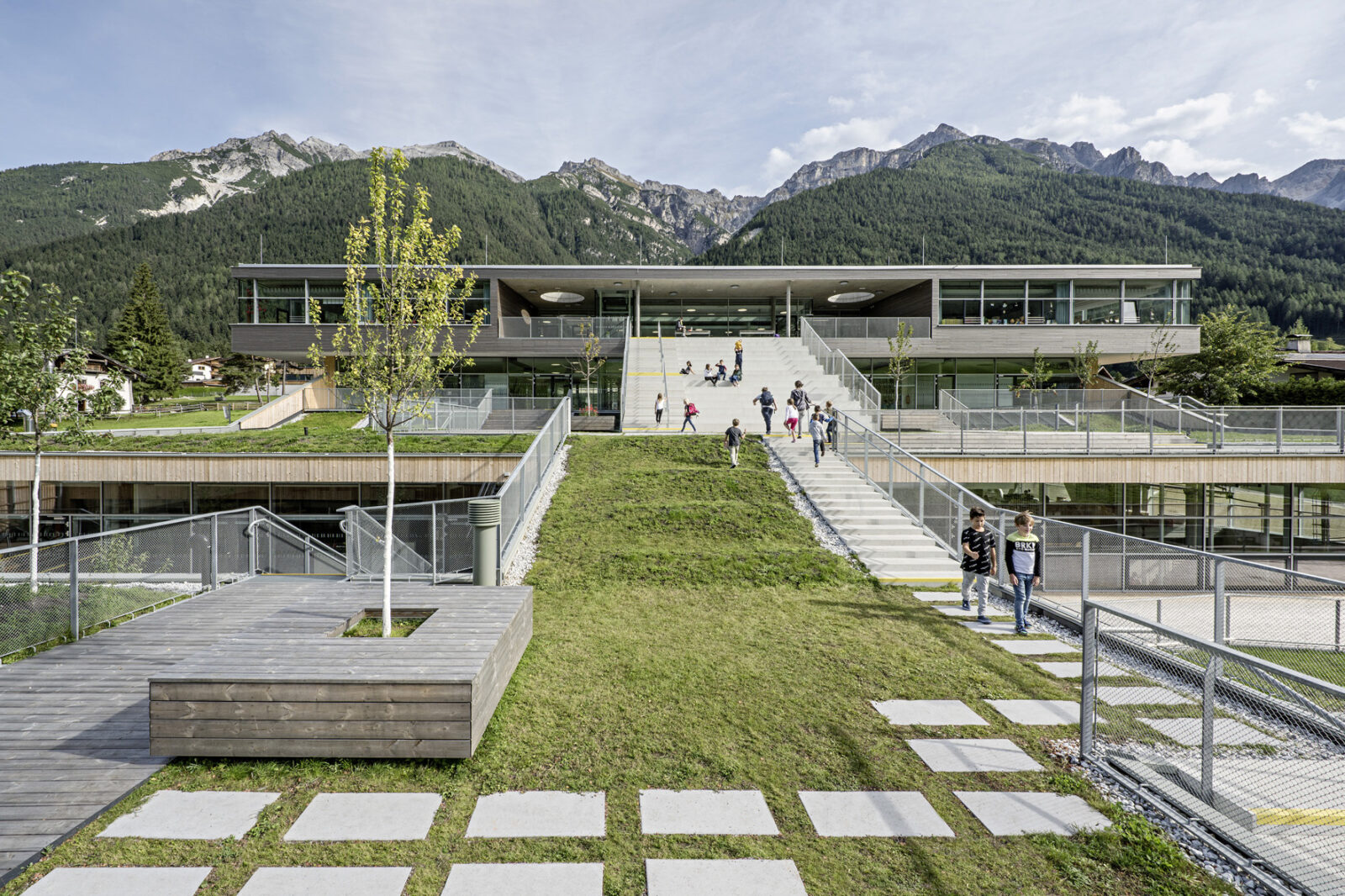
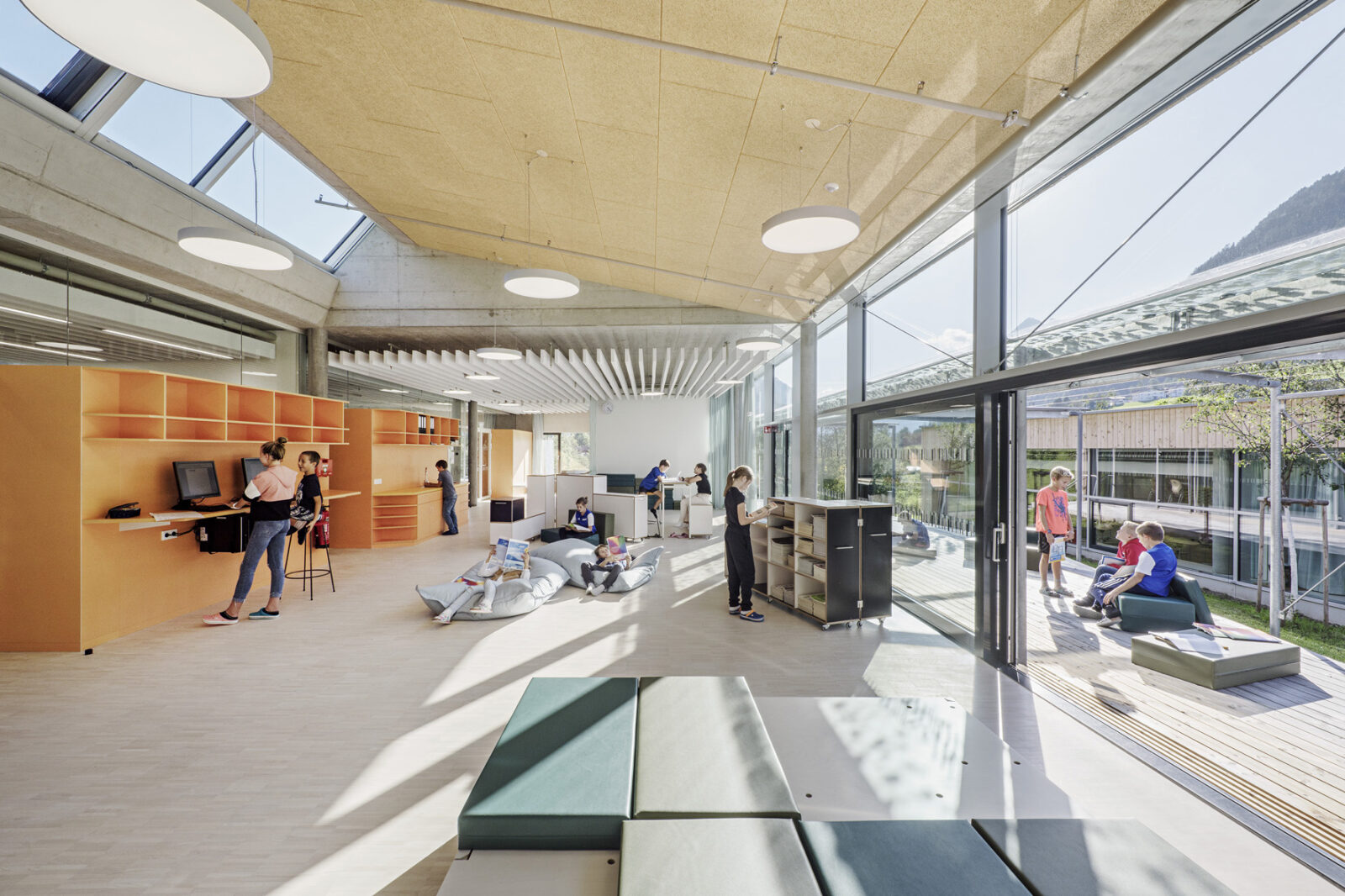
Second Home Offices in Holland Park in London, UK by selgascano
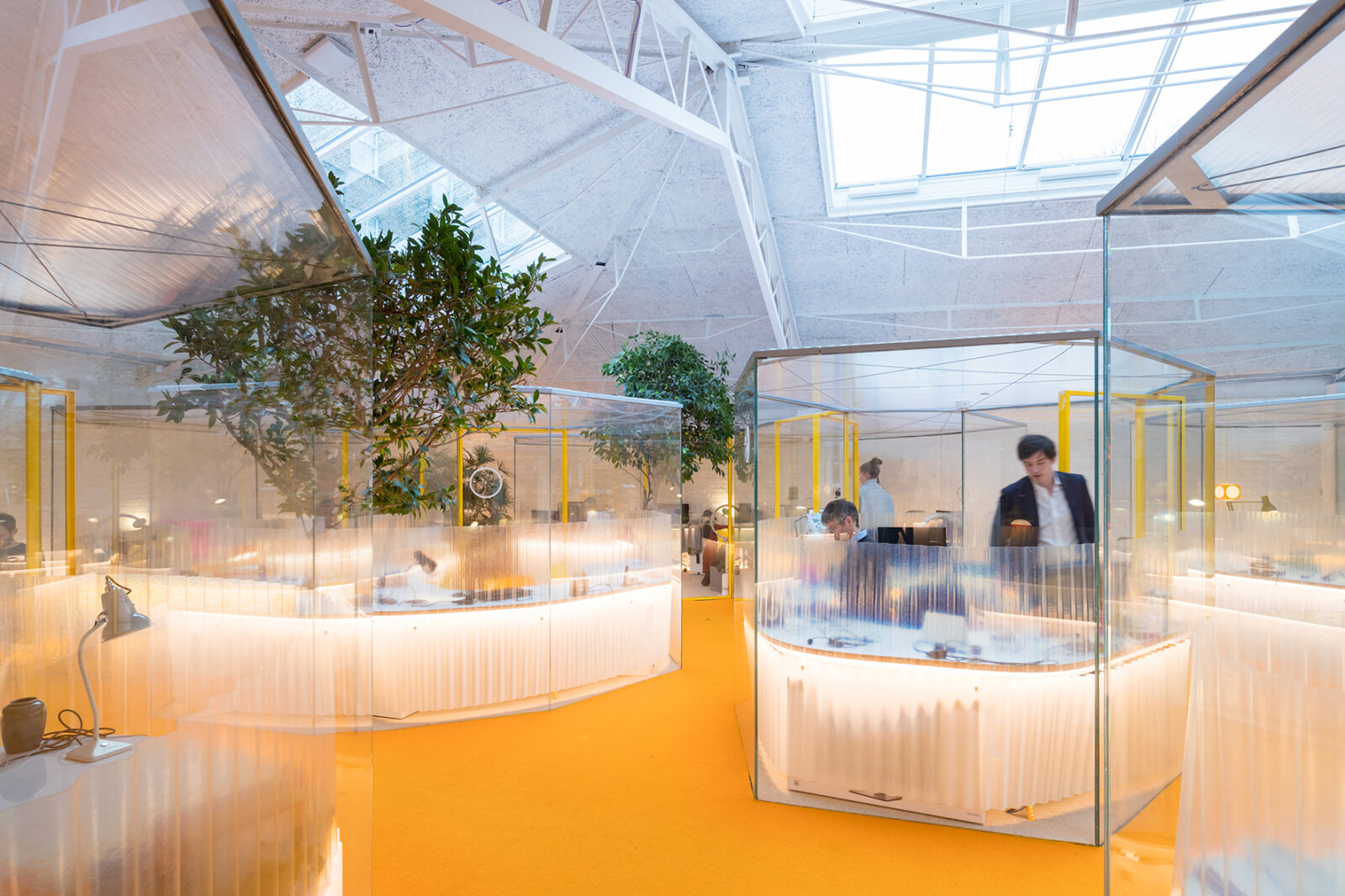
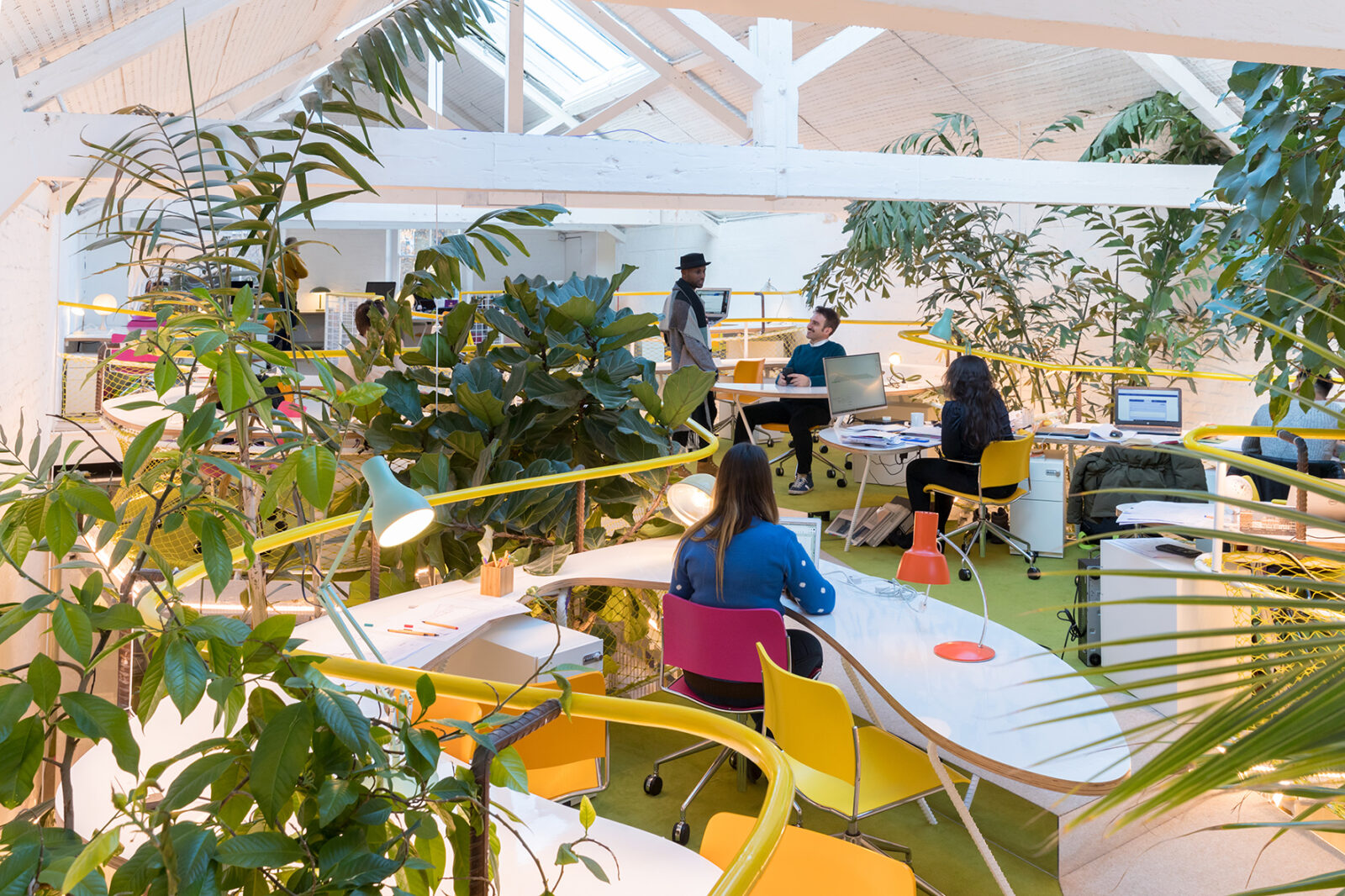
Student Residence and Reversible Car Park in Saclay, France by BRUTHER & BAUKUNST
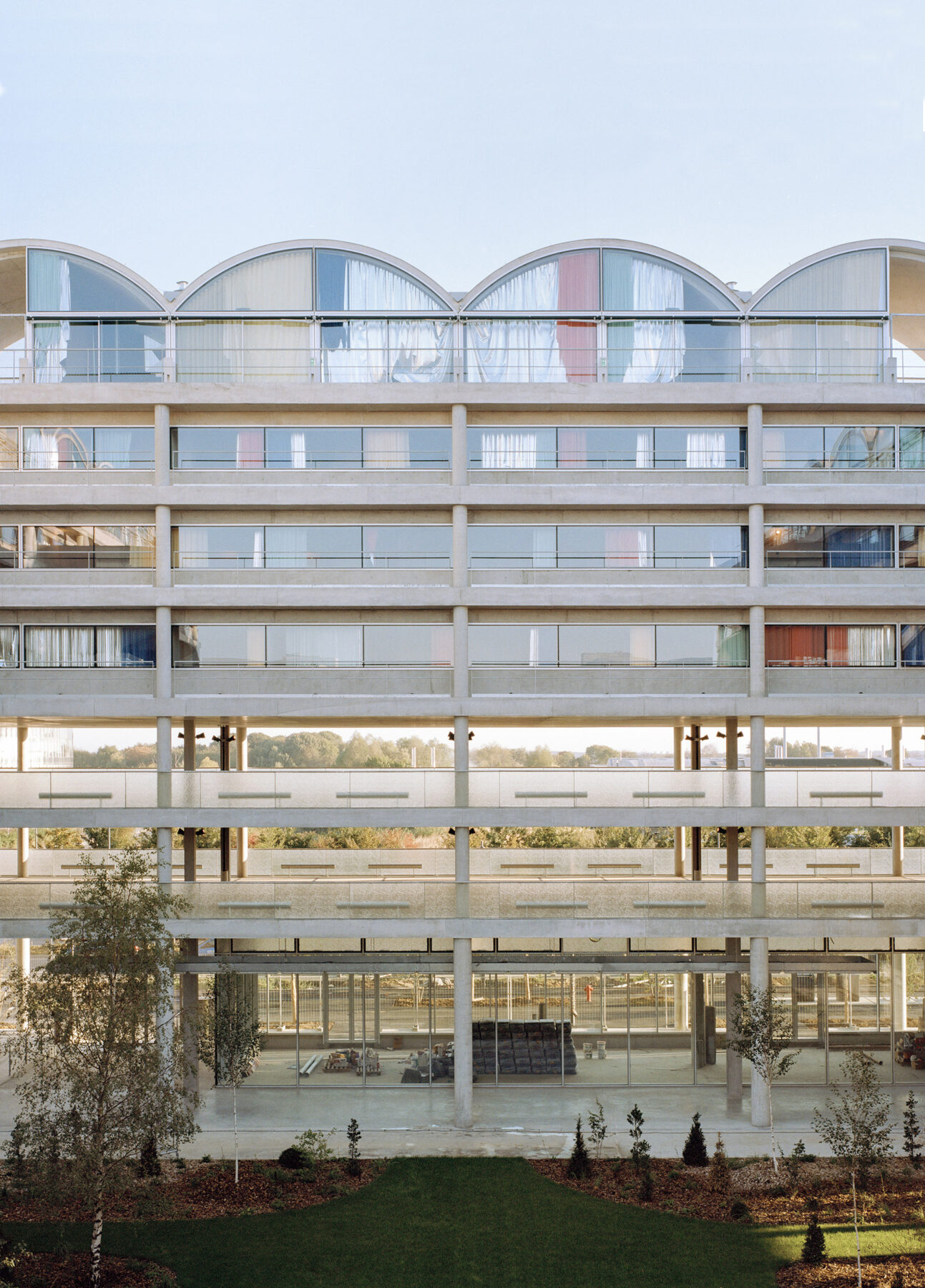
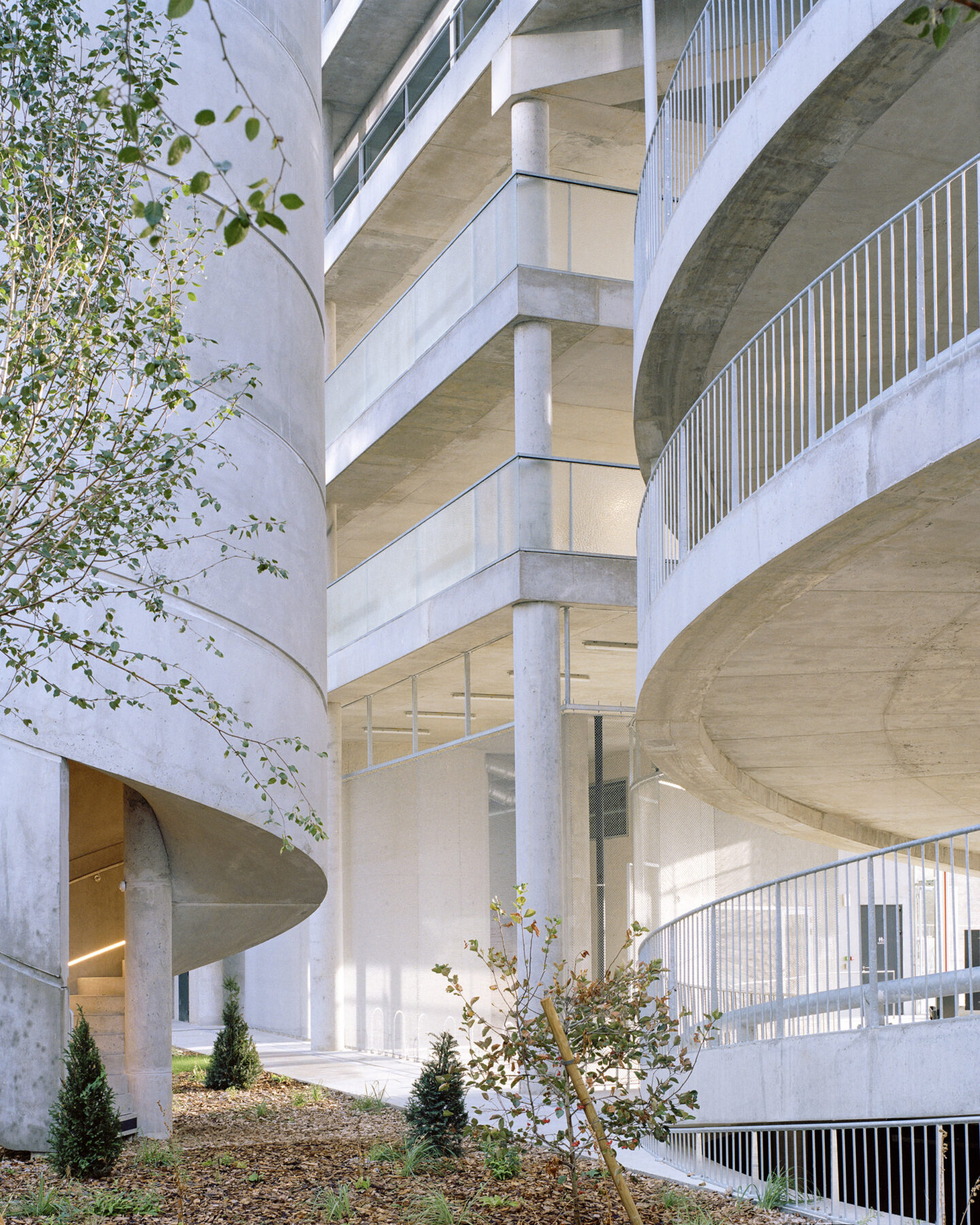
Tikkurila Church and Housing in Vantaa, Finland by OOPEAA Office for Peripheral Architecture
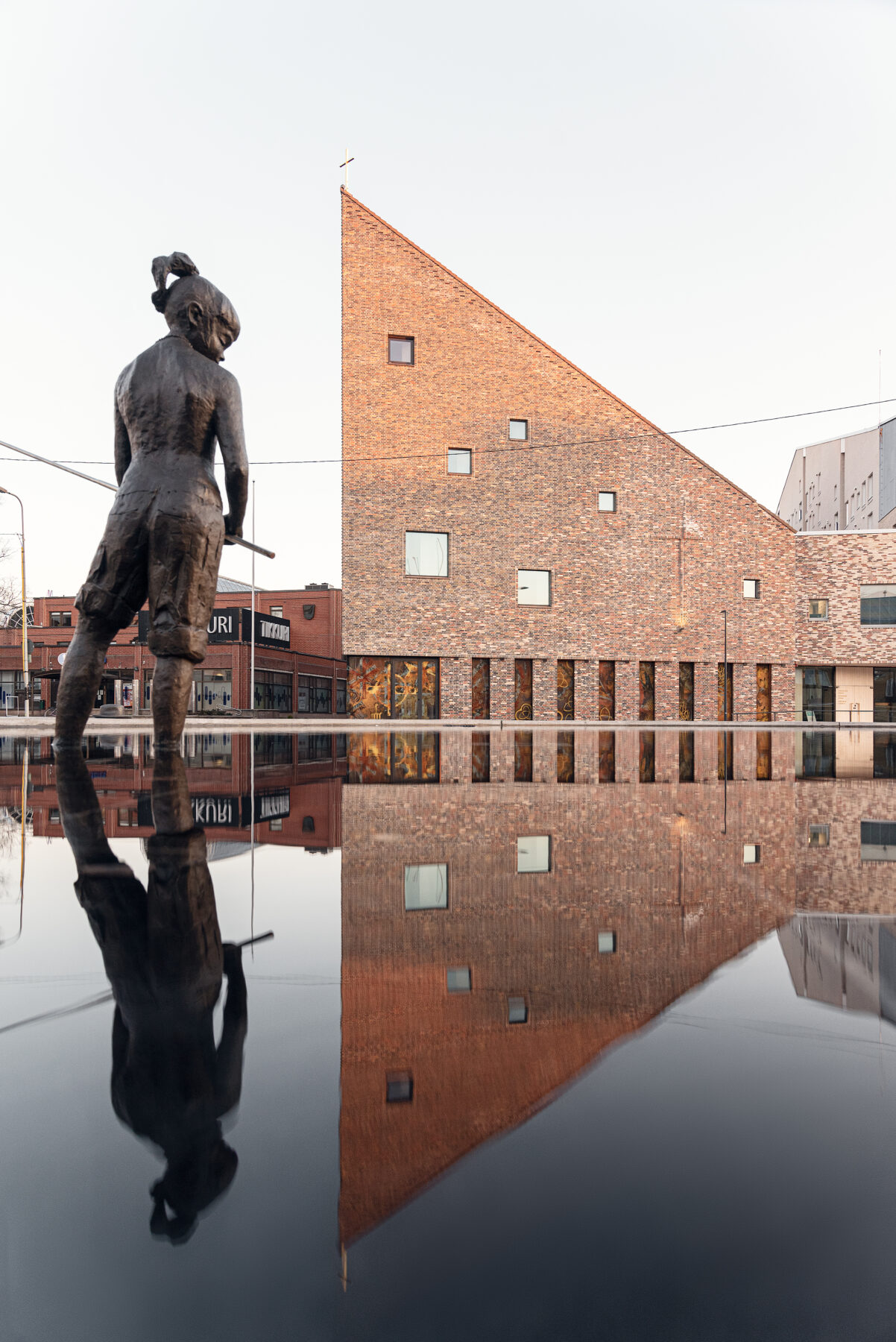
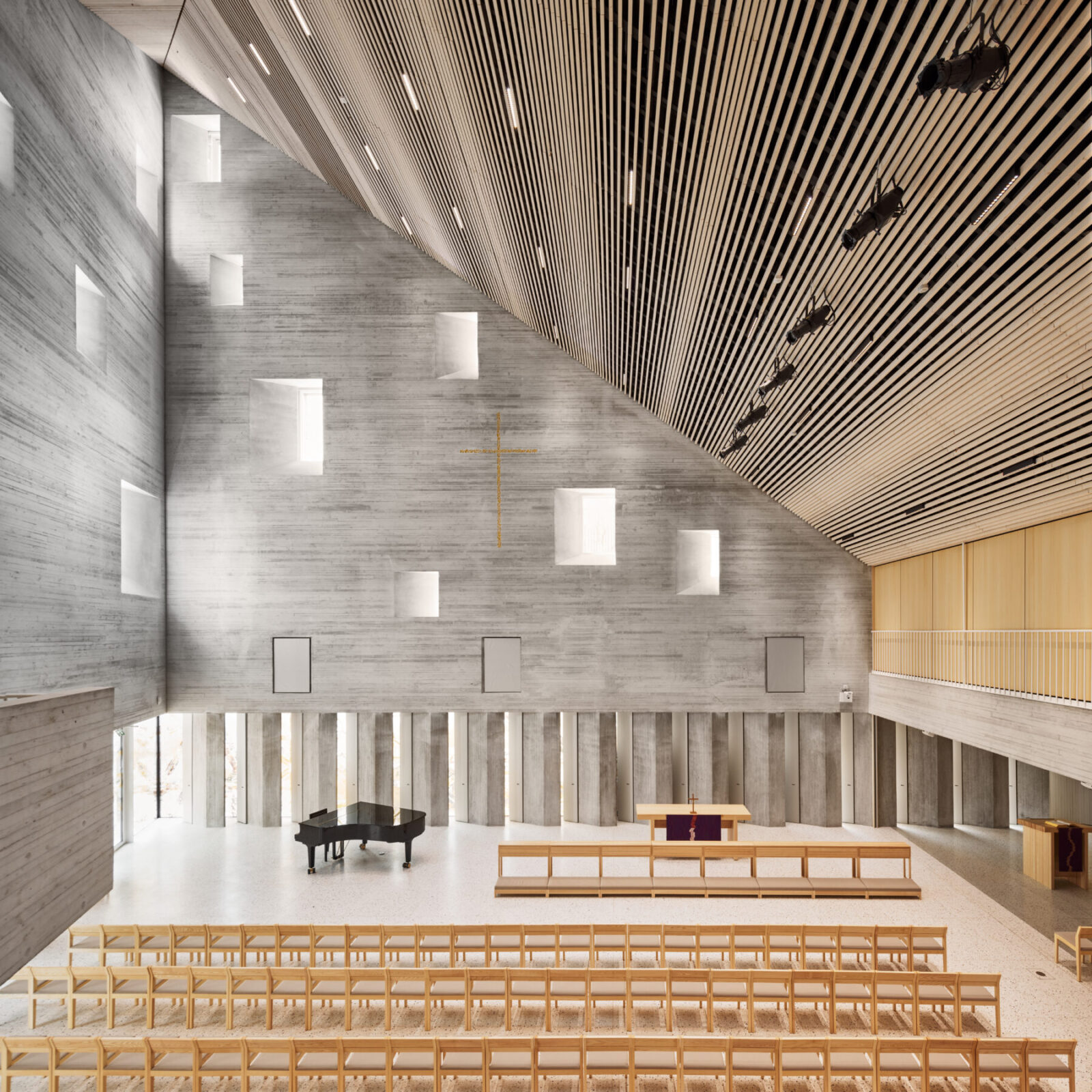
Town House, Kingston University in London, UK by Grafton Architects
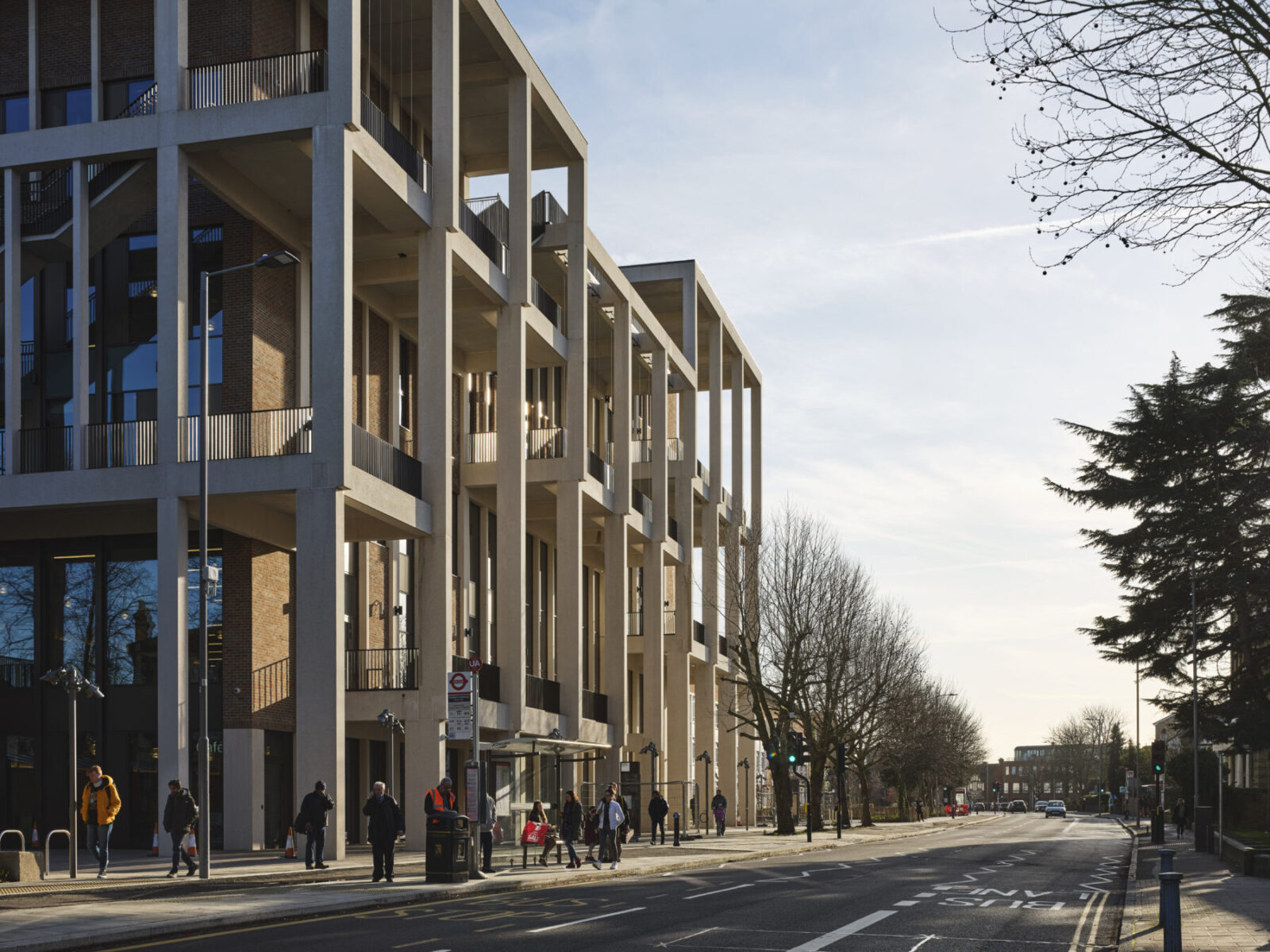
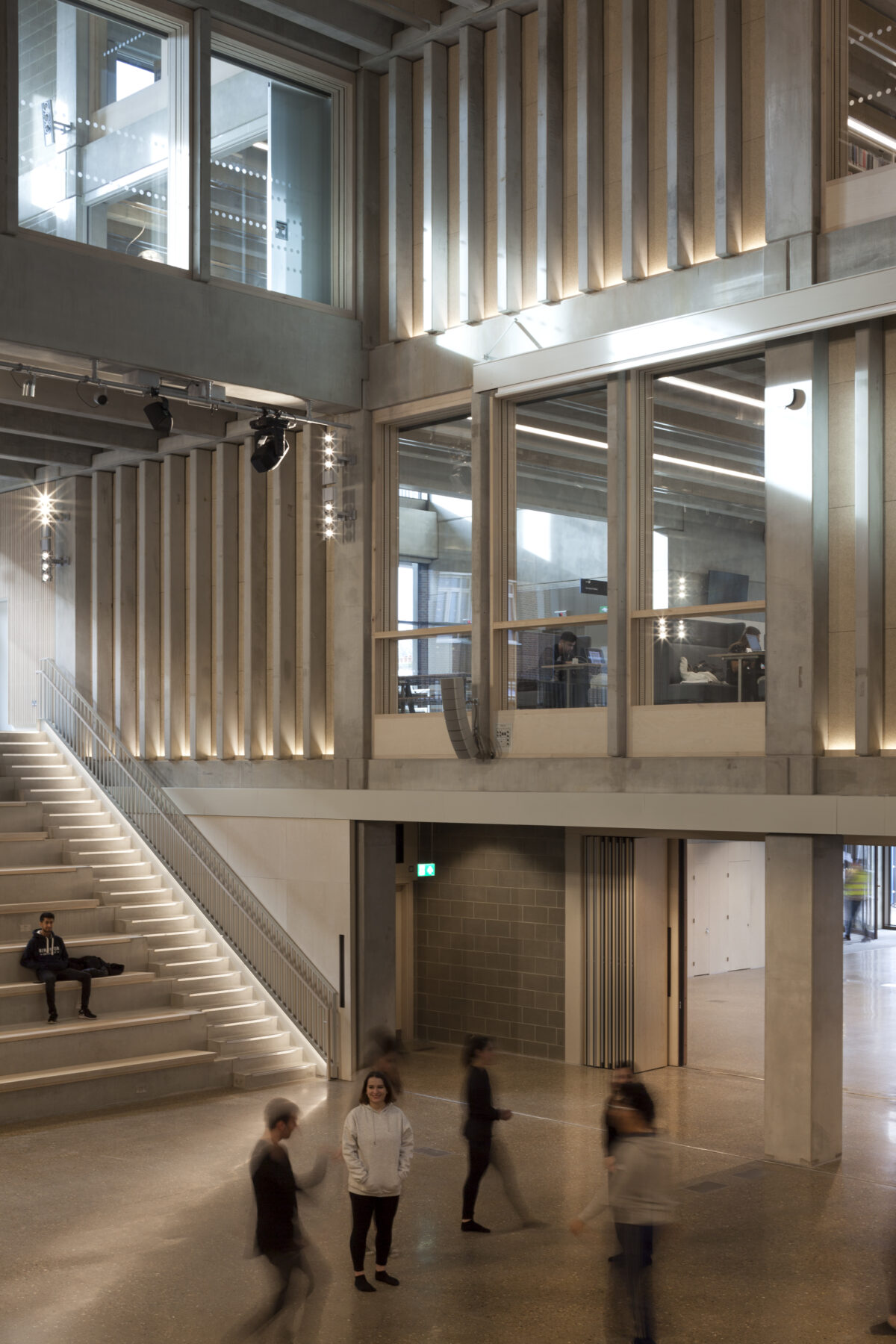
Turó de la Peira’s Sports Center and Layout of the Interior Urban Block in Barcelona, Spain by Arquitectura Anna Noguera & J2J architects
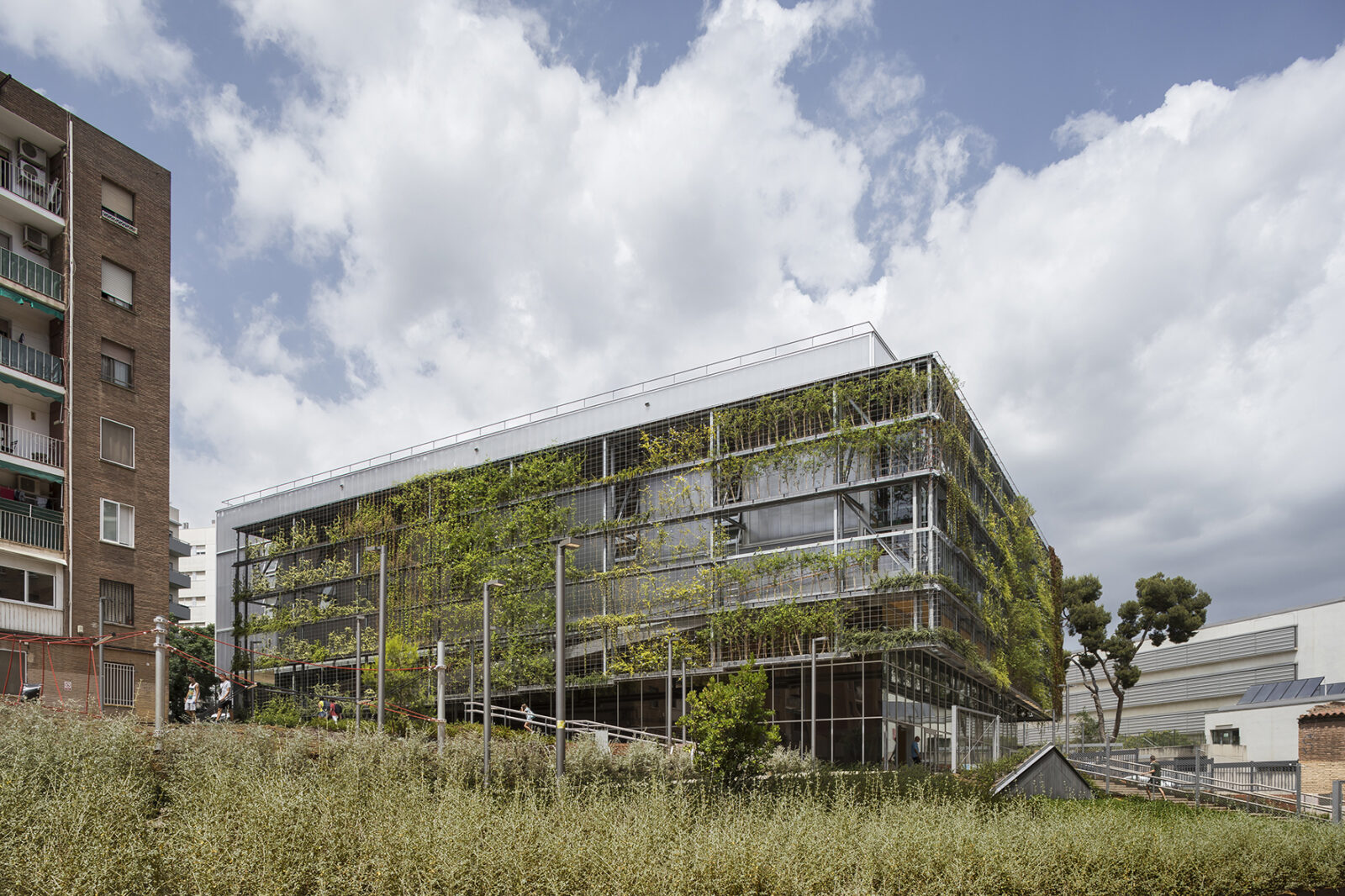
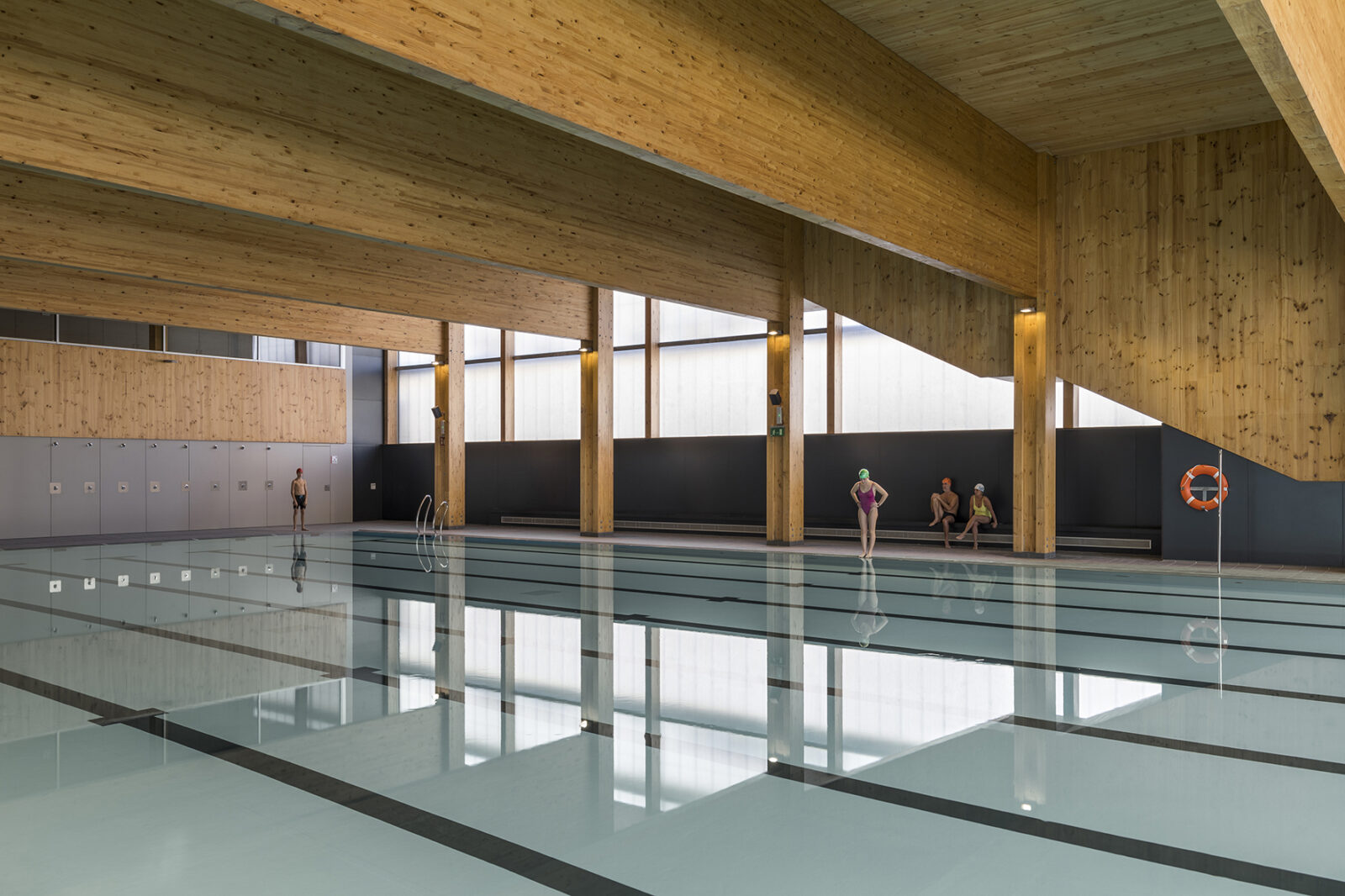
Vertical Farm in Romainville, France by ilimelgo & Secousses Architectes
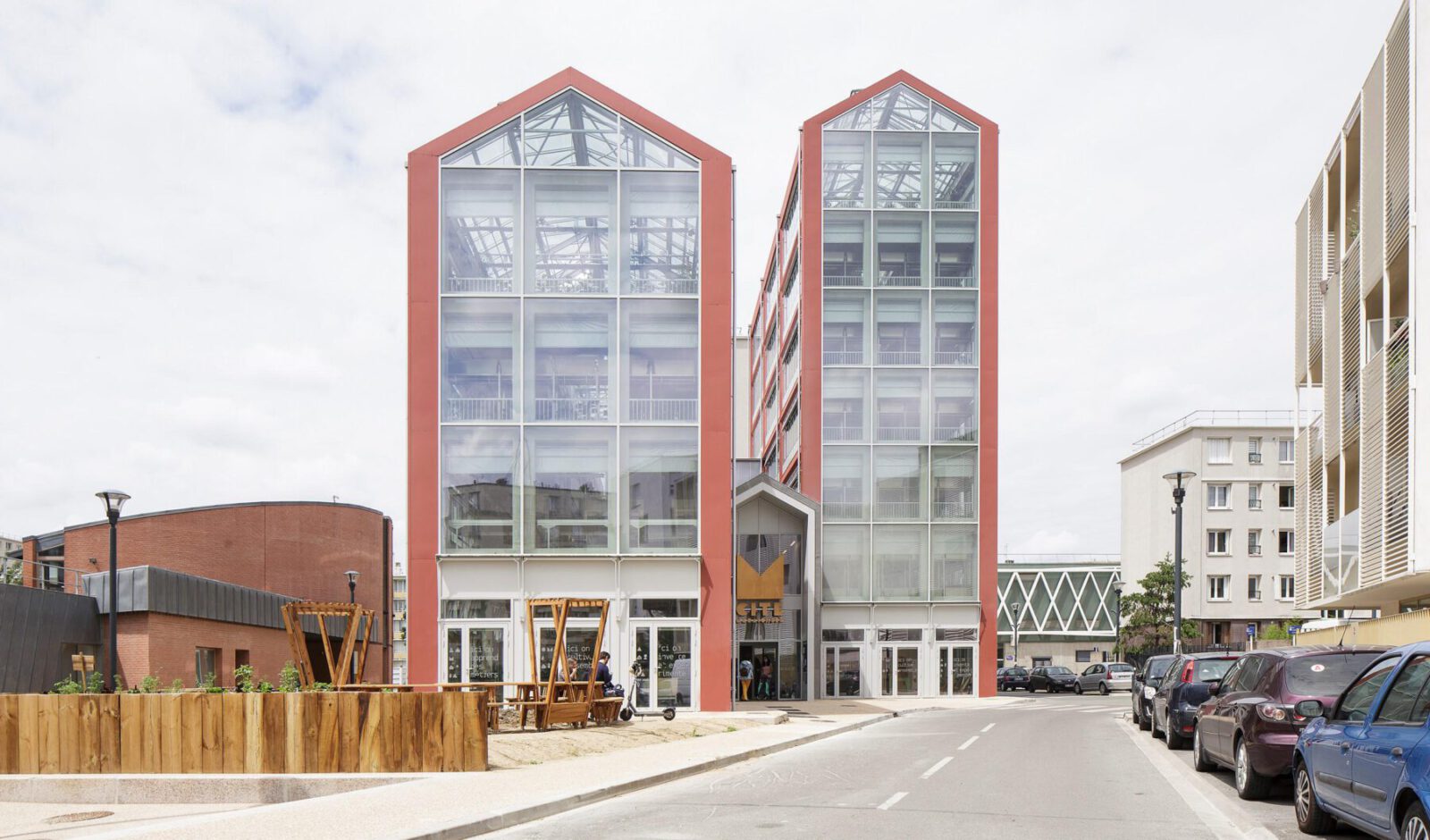
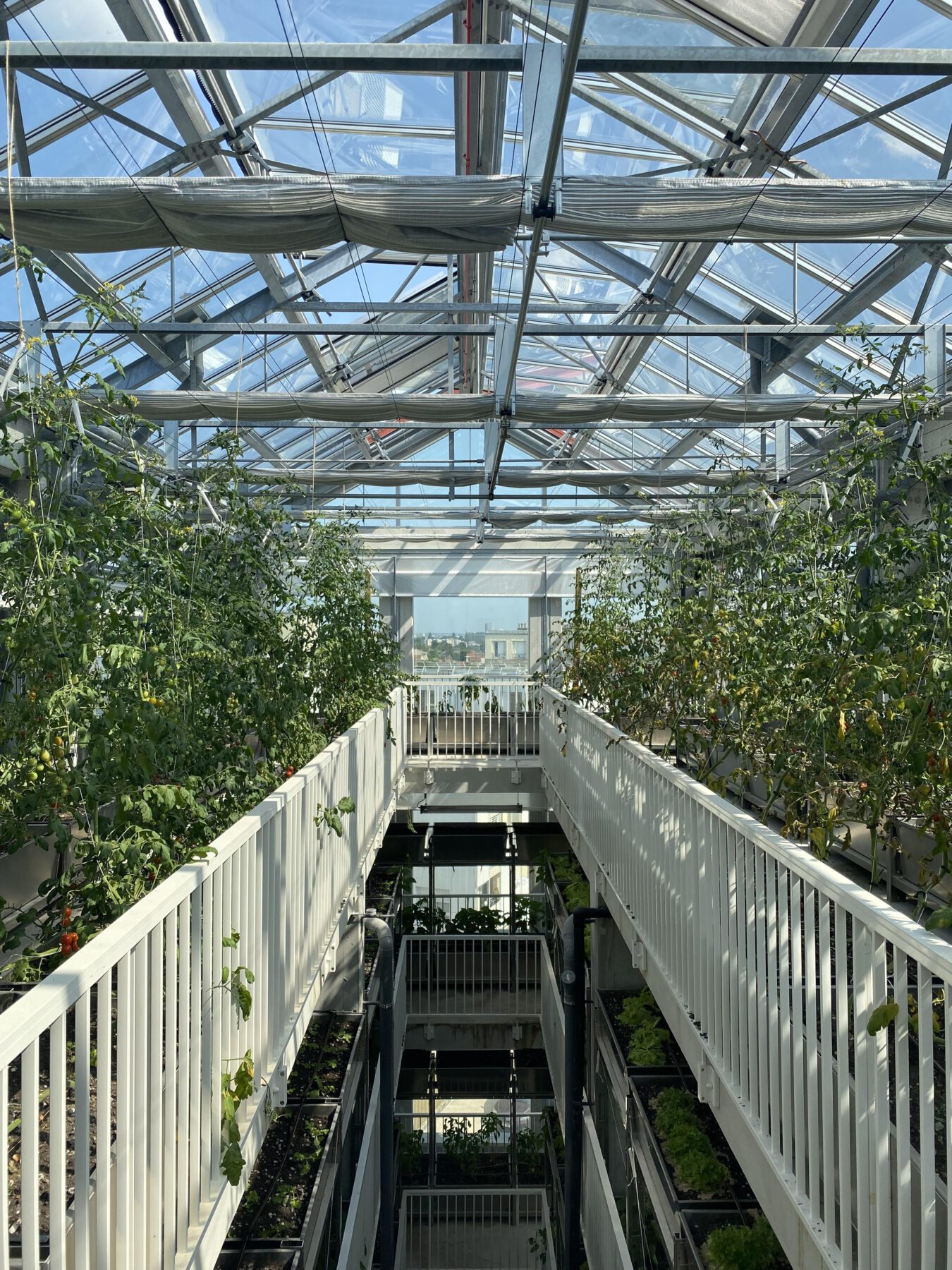
Vindmøllebakken in Stavanger, Norway by Helen & Hard
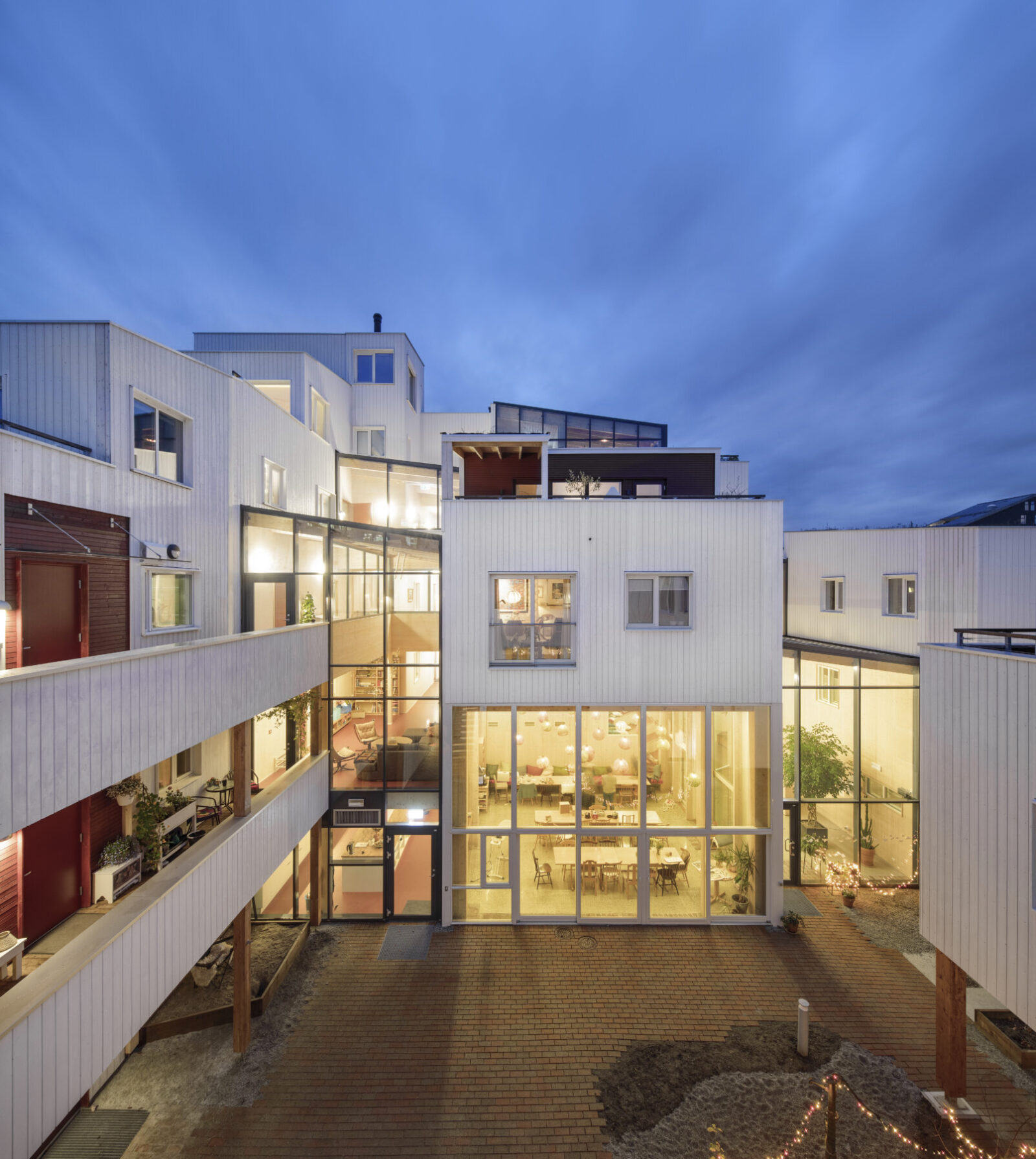
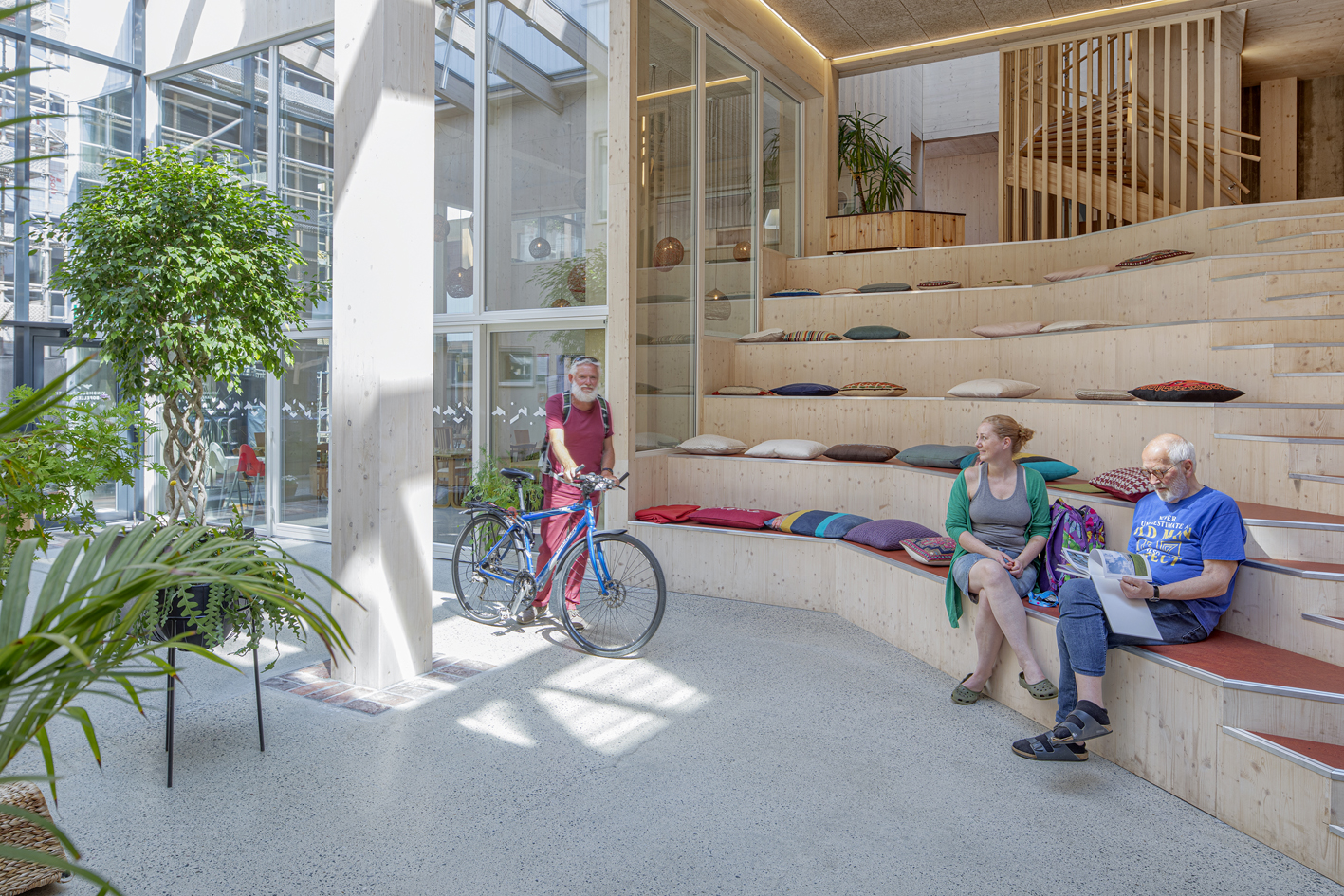
Wadden Sea Centre in Ribe, Denmark by Dorte Mandrup A/S
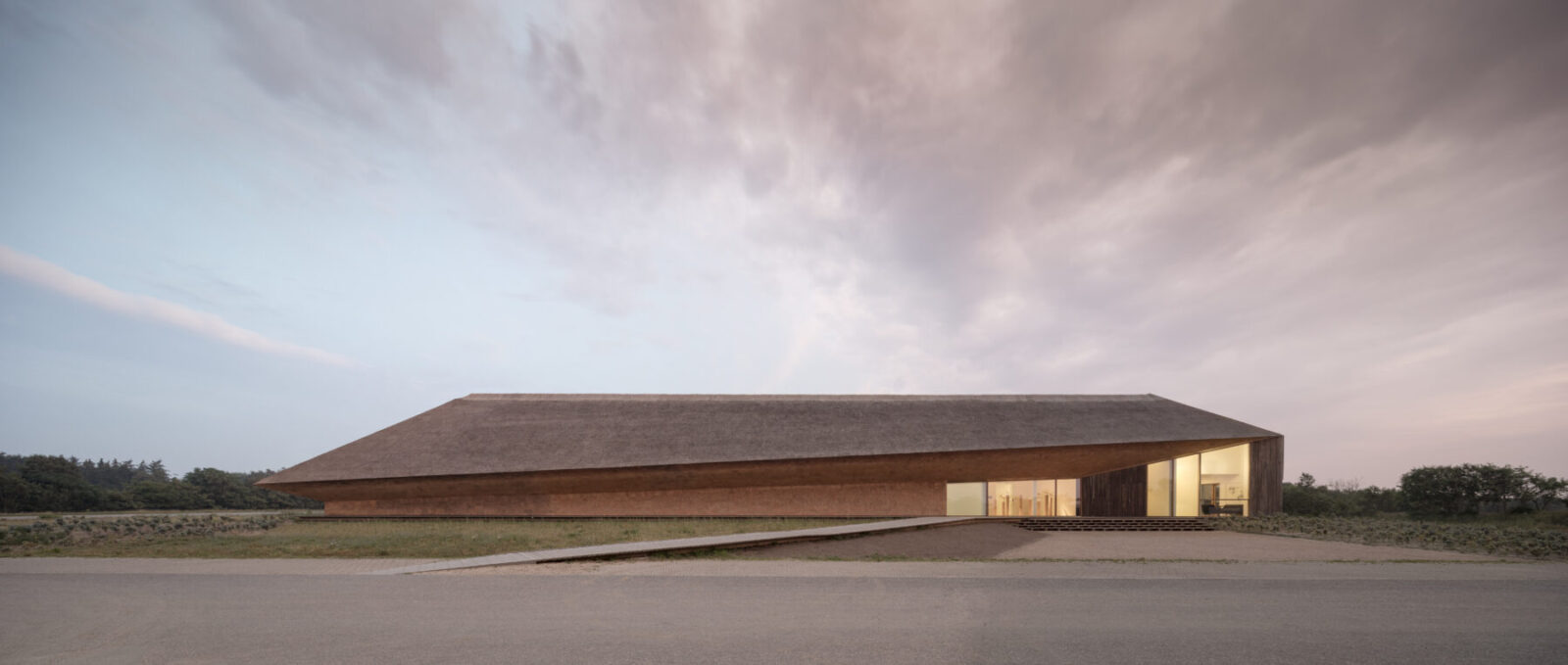
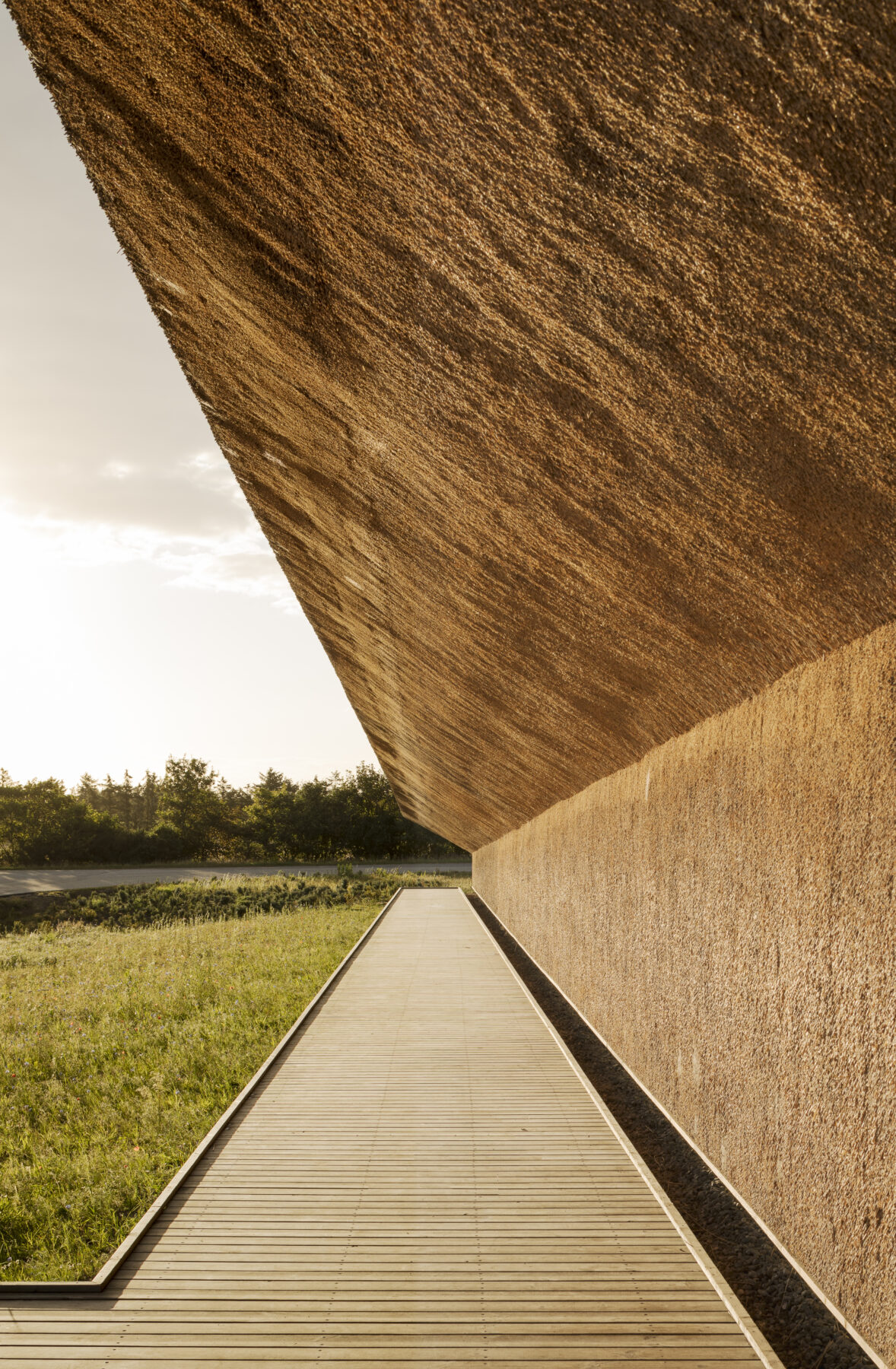
Z33 House for Contemporary Art, Design and Architecture in Hasselt, Belgium by Francesca Torzo
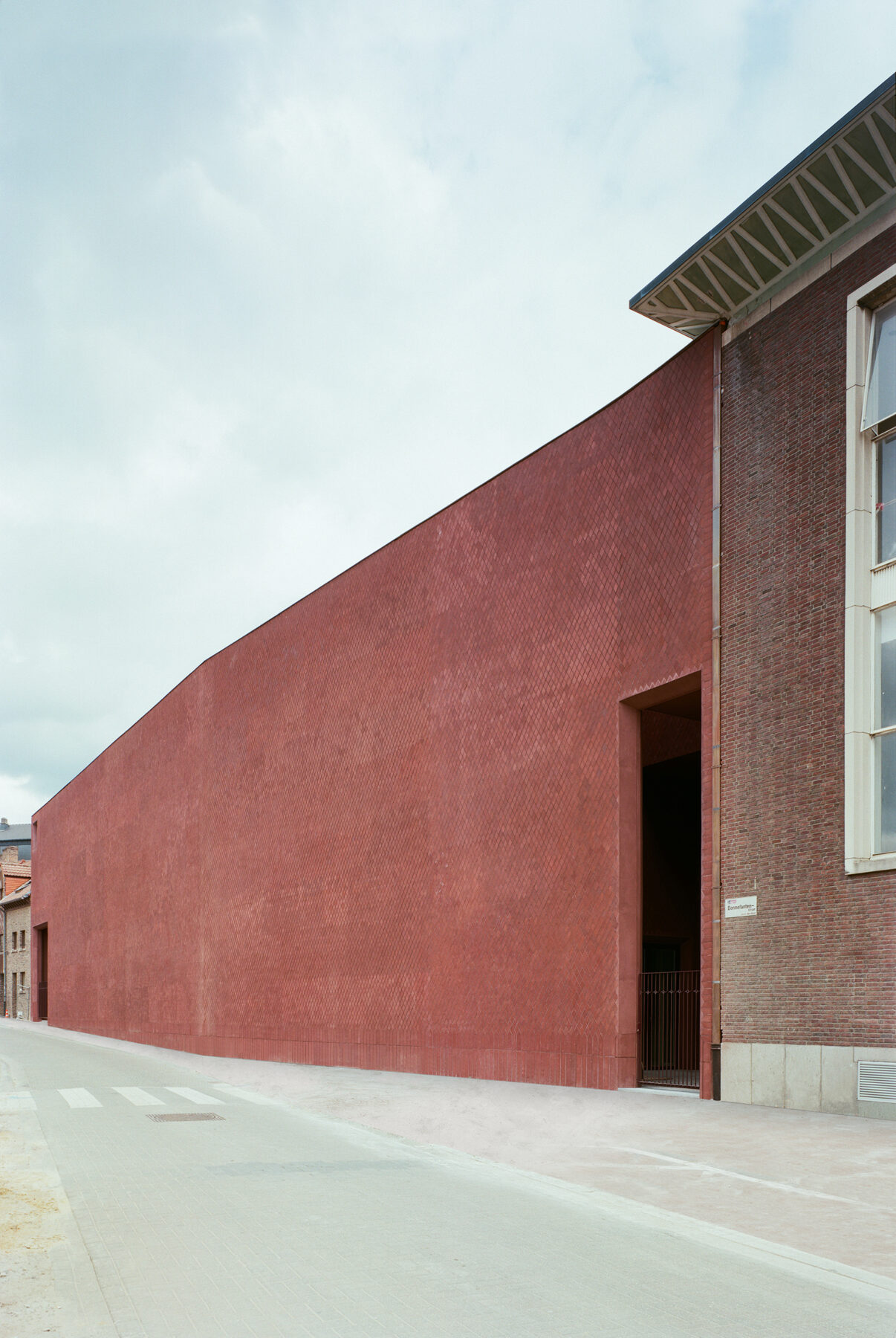
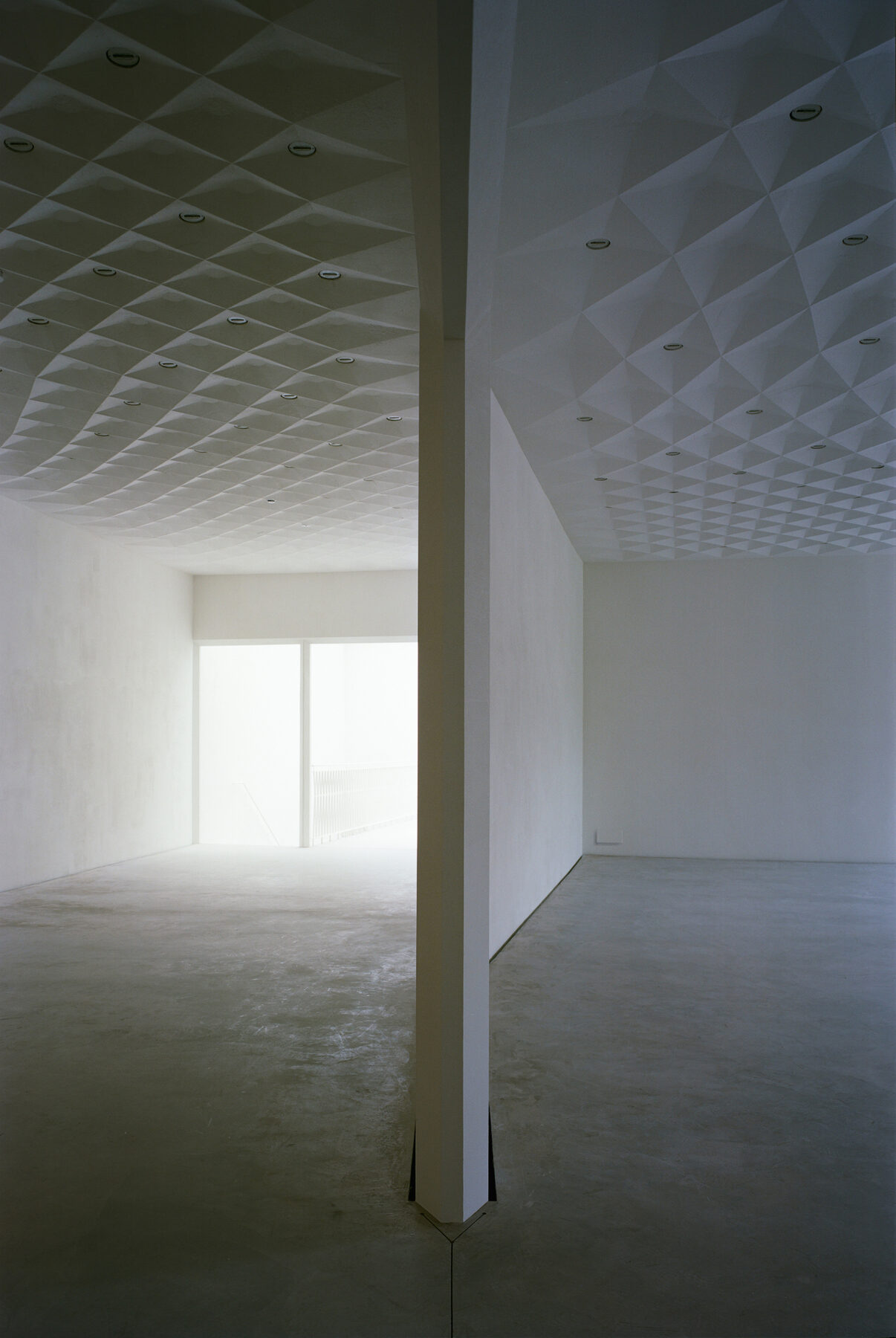
28 works have been built in places that are less than 100km from the architects’ offices and 5 works are transnational: Francesca Torzo in Hasselt, Neutelings Riedijk Architects in Brussels, Bevk Perović arhitekti in Wiener Neustadt, Grafton Architects in London, and Selgascano in London as well.
“Rethinking the way we are building is a must. High-quality architecture is a cornerstone of the European Commission’s approach to sustainability. In redefining European architects’ role as caregivers, architecture contributes to the European Green deal and its cultural component: the “New European Bauhaus”. The EU Prize for Contemporary Architecture – the Mies van der Rohe Award, highlights the contribution of architecture to sustainable development. We need young people, architects, artists, education and cultural professionals, innovators, entrepreneurs and regional authorities from all over Europe to actively engage and benefit from this initiative.”, says Mrs. Mariya Gabriel, EU Commissioner for Innovation, Research, Culture, Education and Youth, responsible for Creative Europe and Horizon Europe.
The jury met over three days in Barcelona to discuss the most relevant challenges that European contemporary society and its architecture are facing.
As Tatiana Bilbao, chairwoman of the jury, said, the current pressing paradigm shift is the achievement of equity and democracy through inclusion and acceptance of diversity.
Many of the topics that came up correspond to the aims of the New European Bauhaus – building a sustainable future through creativity, innovation, and imagination – and focus on reuse and circularity as a key form of sustainability; inclusion through collective and participatory processes that chart new approaches to urban development and therefore contributing to improve local and global policies; and the use of materials, skills, and technology connected to aesthetic and general values. Some of the quotes by the jury members regarding sustainability and collectiveness that came up during the conversations are:
“One of the main elements in architectural sustainability is the long life of buildings. If we build new buildings, we must envision their next life, allow their next life.”
“The pandemic has further changed our view on architecture and how we live. I personally think it is extremely important to highlight something whereby collective life is central and, maybe, where there is also some sense of local in it. Not only the global but also the local, because people have recently rediscovered the importance of their close environment.”
Marcel Smets
Architect, urban designer and theorist, Brussels
“There is a shift in how hospitality is interacting with housing which also changes the touristic experience. The nomadic new ways of working and living are influencing the notion of home, of shelter, of house. This will change the housing structures from how we know them today, and I believe we will see radical movements in the next years.”
Spiros Pengas
Deputy Mayor in Thessaloniki (2011-2019)
Founder of Wise Ram
“As a society we should be more and more interested in architecture because it affects our everyday life in a global way. Covid-19 has emphasised the importance of the quality of our living environment, the importance of planning where we live, the indoor and outdoor spaces; because we spend a lot of time in the private space.”
Triin Ojari
Art historian and critic
Director of the Estonian Museum of Architecture
Calendar and events
The five finalists will be announced on 16 February 2022.
The Architecture and Emerging Winners will be announced in mid-April in Brussels.
The EU Mies Award Day that comprises the Awards Ceremony, will take place in May 2022 at the Mies van der Rohe Pavilion in Barcelona, in a day-long-event that will include lectures by the authors of the winning and finalist works, discussions with the architects, clients, policymakers and jury members; the exhibition with the 532 works participating in the EU Mies Award 2022; and the events of the Barcelona Architecture Week that include the International Architecture Film Festival among many others.
The shortlisted works will be open to the public so that everybody can learn more about them in presence of their authors and critics, who will highlight their qualities during May. Dates and organisation will soon be announced on www.eumiesaward.com and social media channels.
READ ALSO: Η χωρική ποιότητα του οικείου - Οδοντιατρείο σε διατηρητέο κτίριο στο Κολωνάκι | Evangelos Valtikos Architecture Practice
